Narratives
Articles, interviews, conversations, podcasts, critics… Exchanges on topics related to public space between artists, the civil society and cultural operators. Keeping the dialogue with European cultural policy makers and the cultural and creative sector in general, this section explores how art can have an impact on society, and vice versa.


Arch
by Kaleider
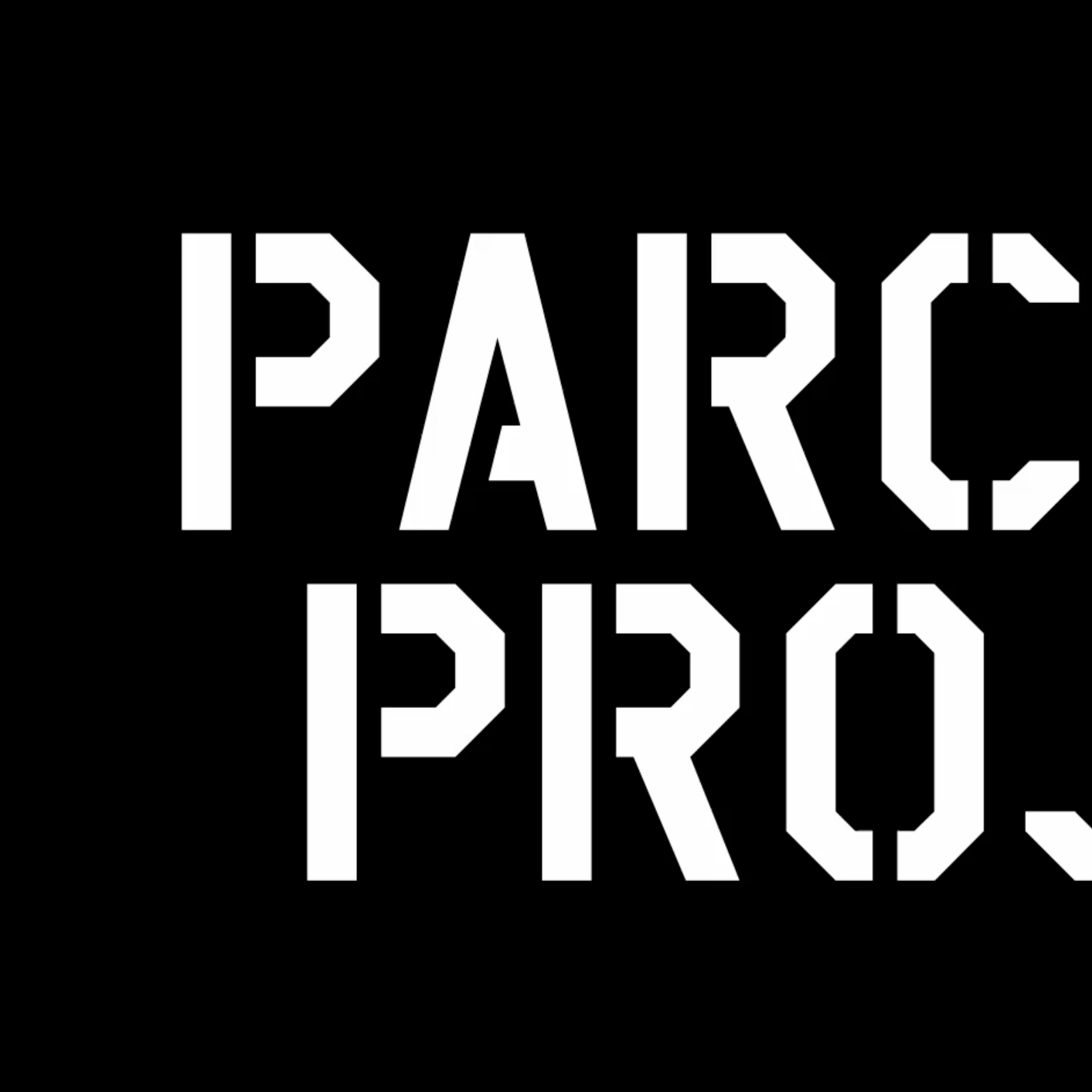
The Parcel Project
by Johannes Bellinkx and Daan Brinkmann
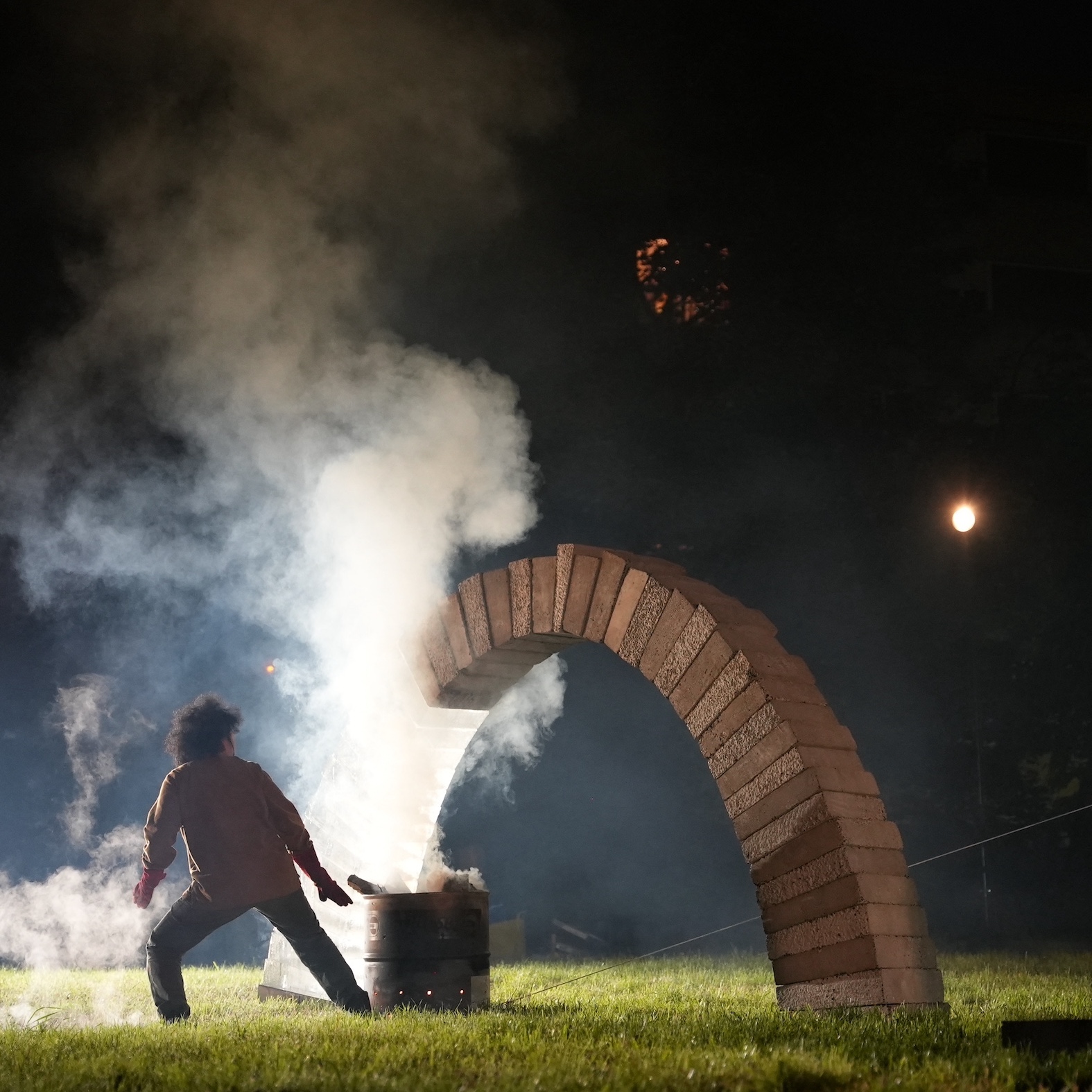
Kaleider’s 2024 Tour of Arch In Pictures
by Kaleider
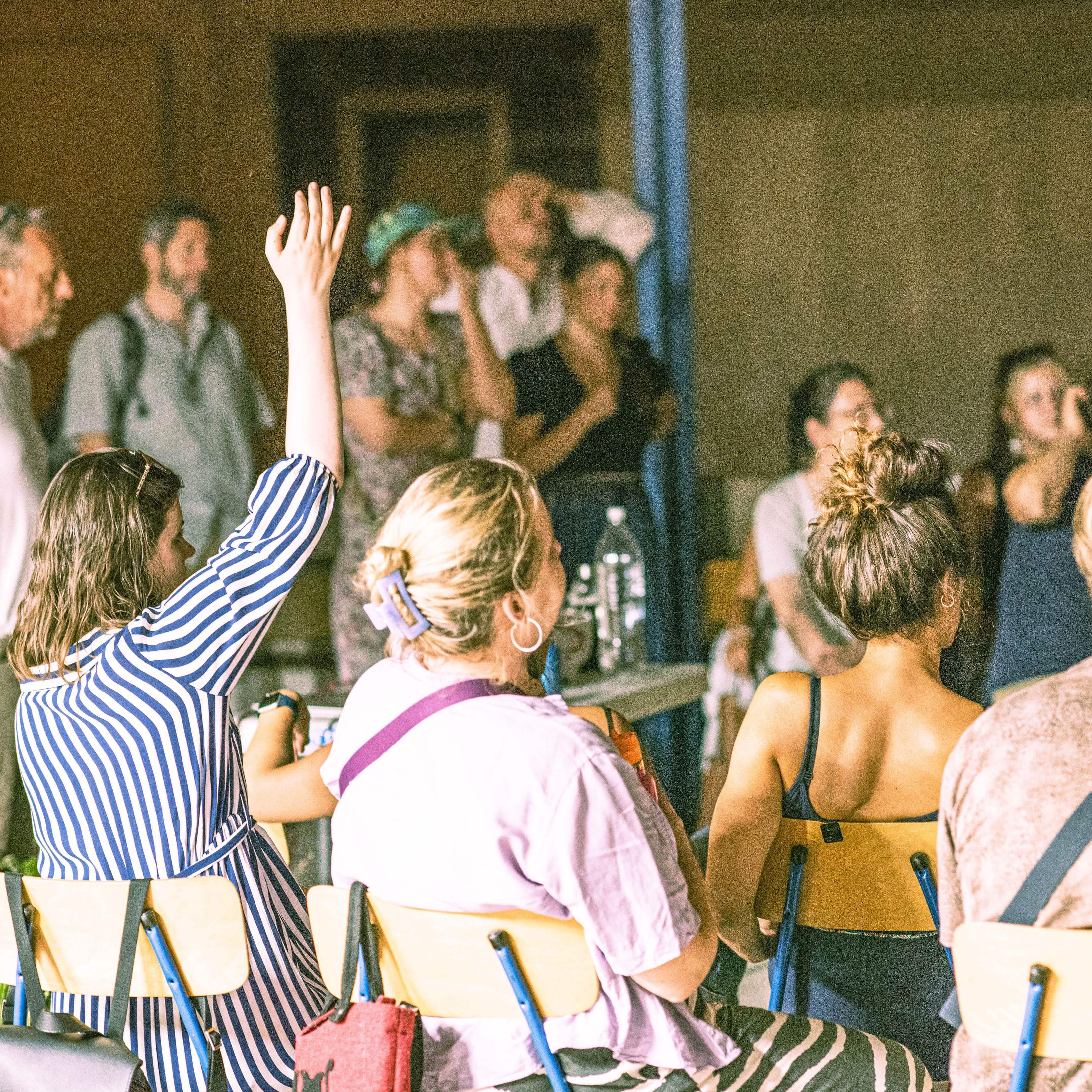
Through Body, Mind and Soul – Reconnecting with the City
by Marietta Mogyorósy
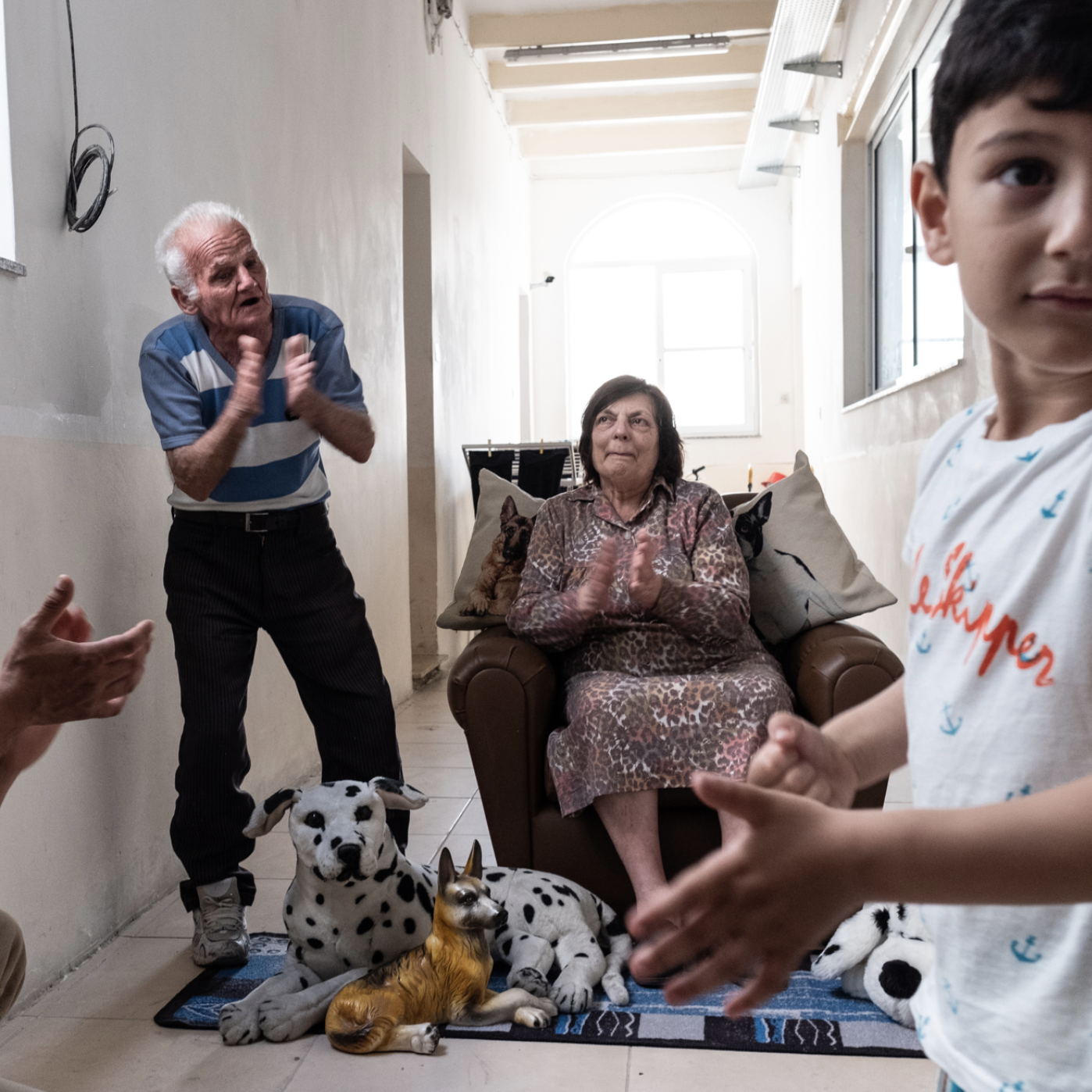
Working in the suburbs of Marseille
by Corps Citoyen
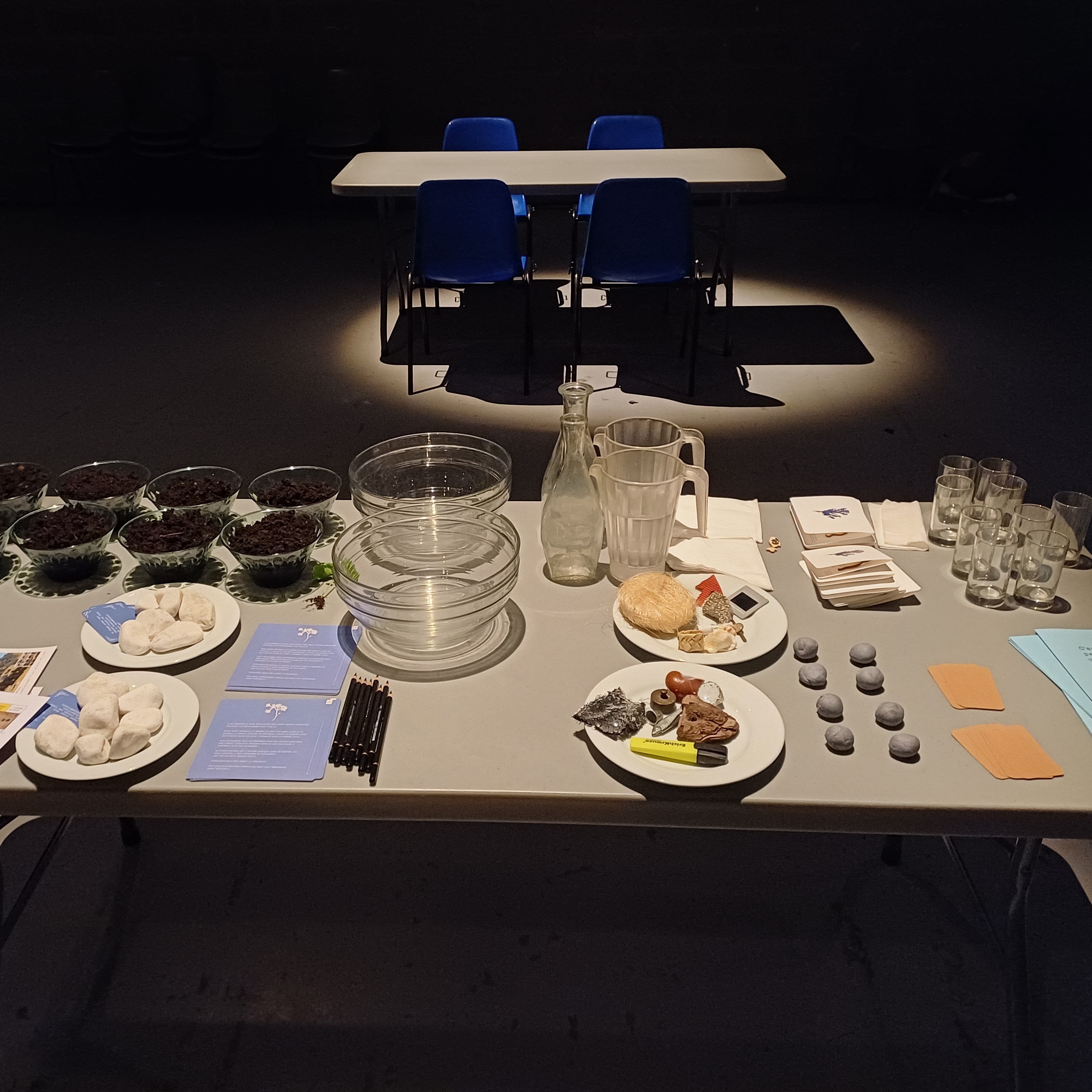
INFINITE GAME_EPISTOLARY RECOUNT
by Cristina Maldonado
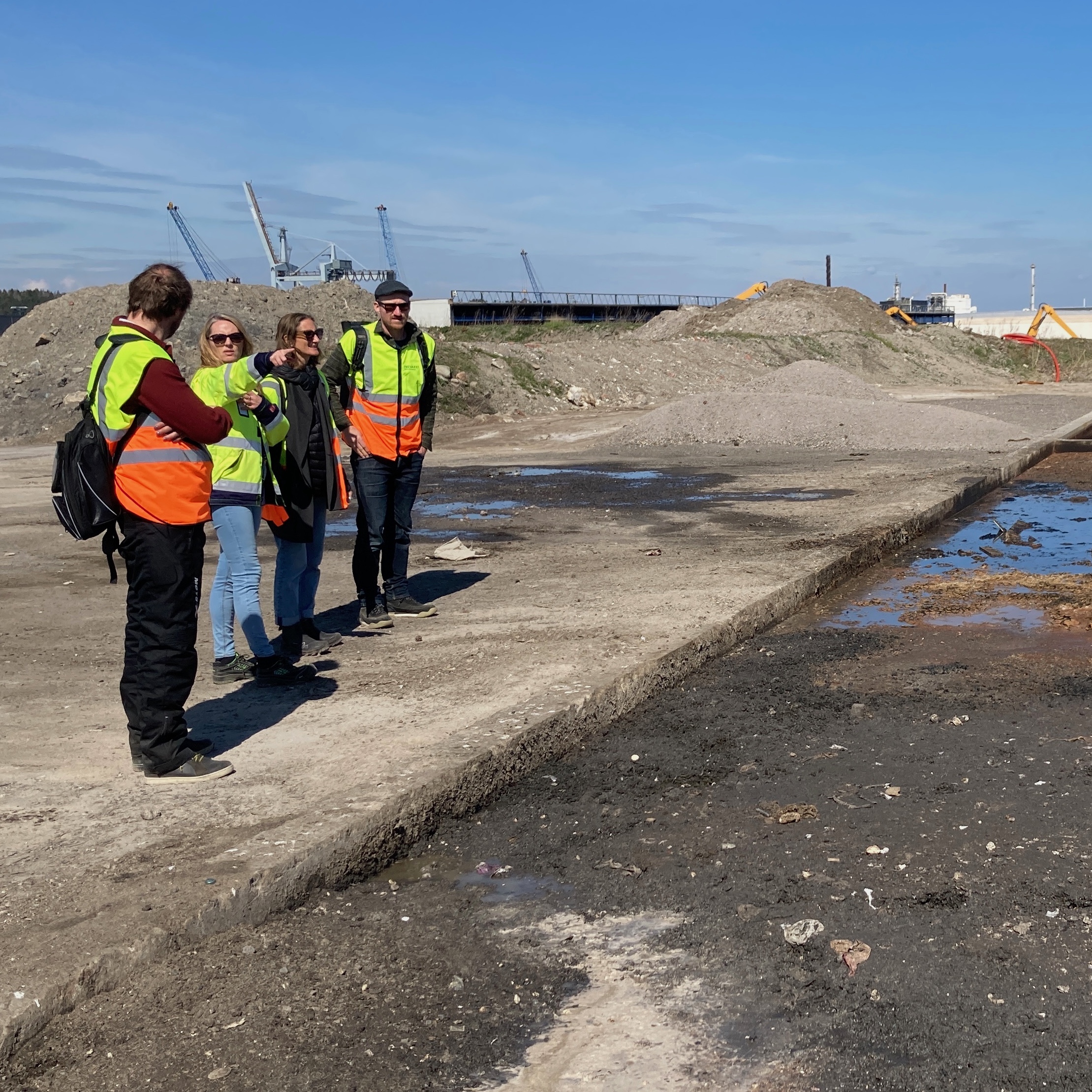
IN SITU Focus: a Conversation
with Johannes Bellinkx, Nana Francisca Schottländer, Eva Bubla and James Moore
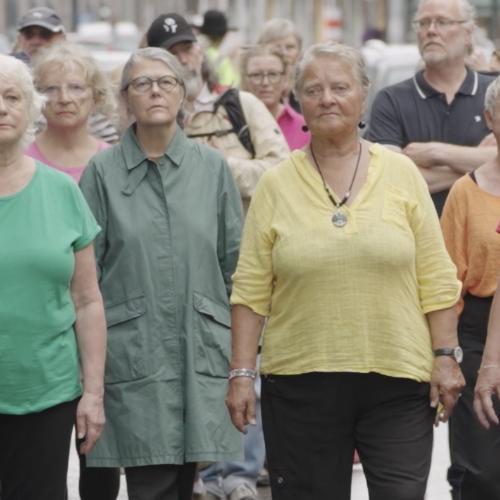
Silver Boom: A Case Study in Involving Inhabitants in Art in Public Space
with Anna Anderegg, Live Skullerud, and James Moore
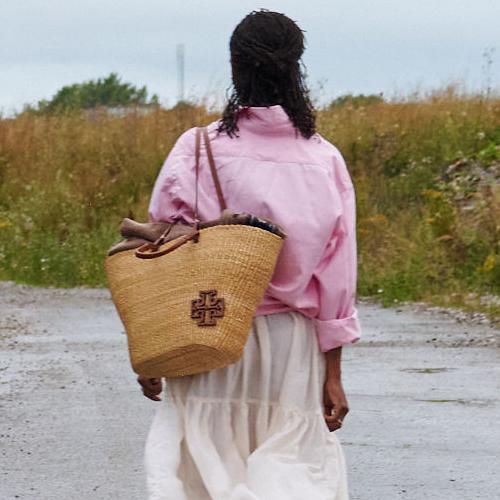
The Walking City in Copenhaguen
by Niels Bonde Jensen
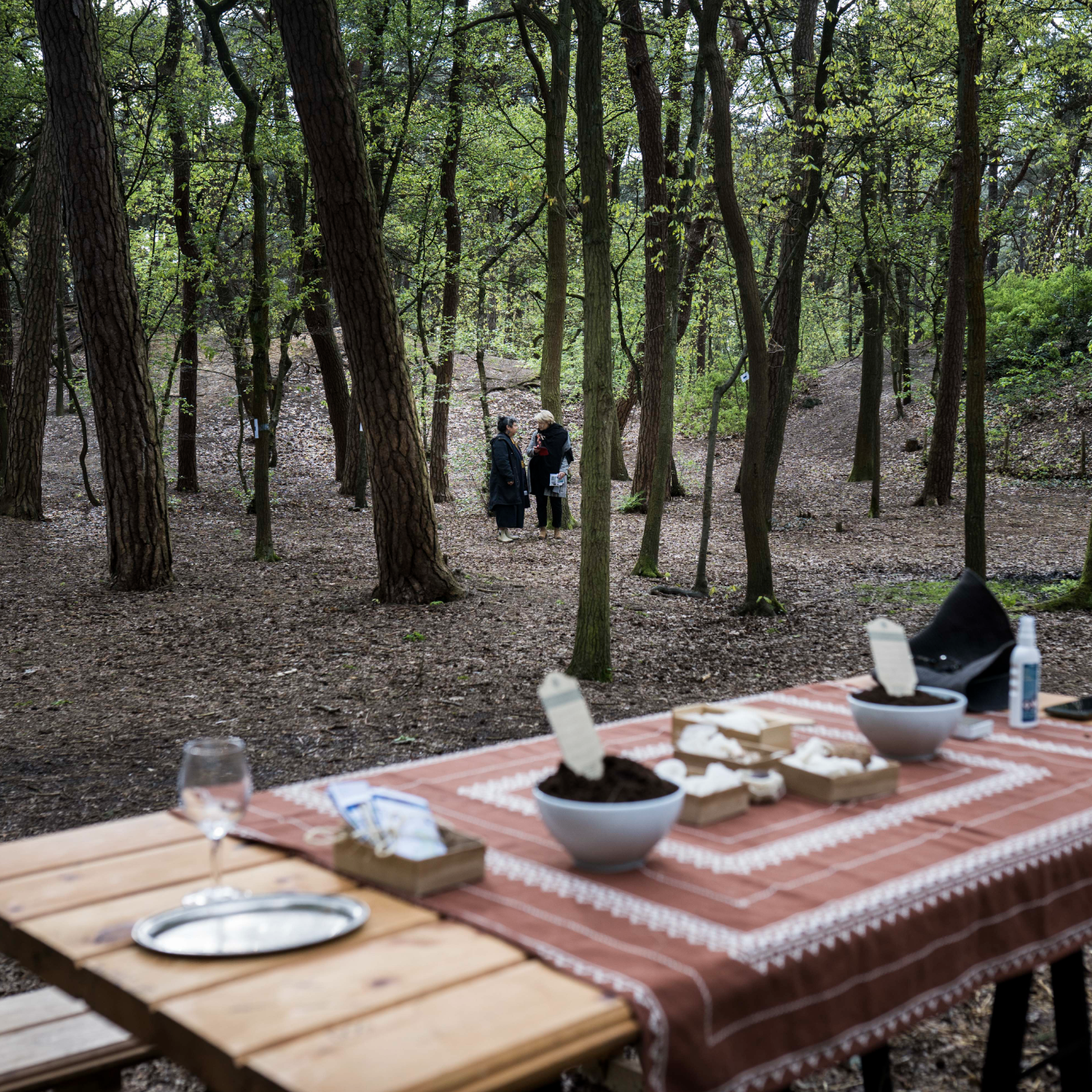
Fiction and reality in artistic creation
by Marc El Samrani
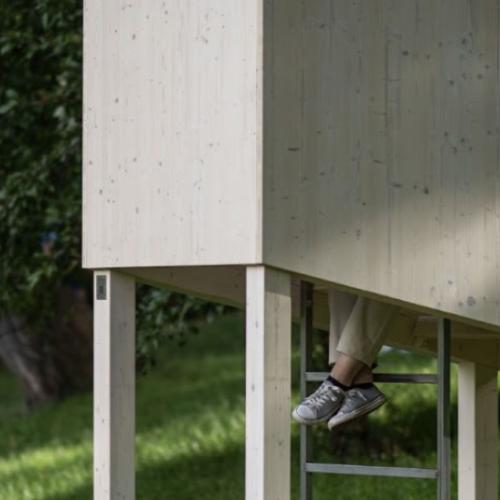
ART, PUBLIC SPACE, SPECULATION & MORE-THAN-HUMAN IMAGINATIONS
by Eva Bubla
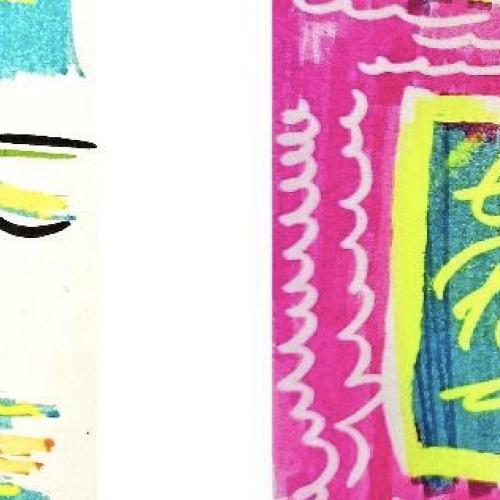
DIARY OF THE RESIDENCY OF “THE PLACE” AT MENU SPAUSTUVE IN VILNIUS, 2024
by Alina Stockinger (Eléctrico 28)
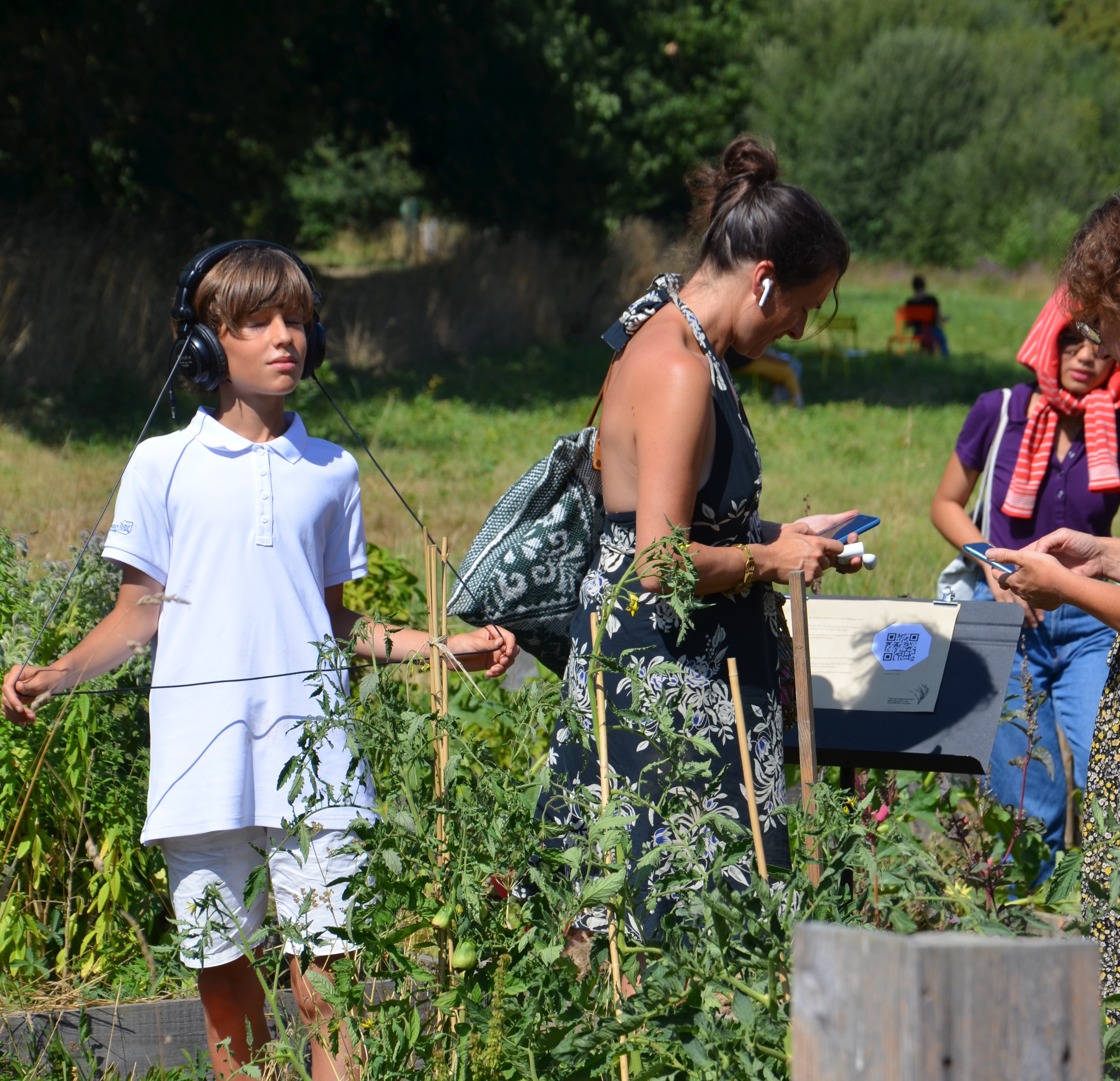
Tween Tree - about the dialogue between an artist and a citizen
by Cristina Maldonado
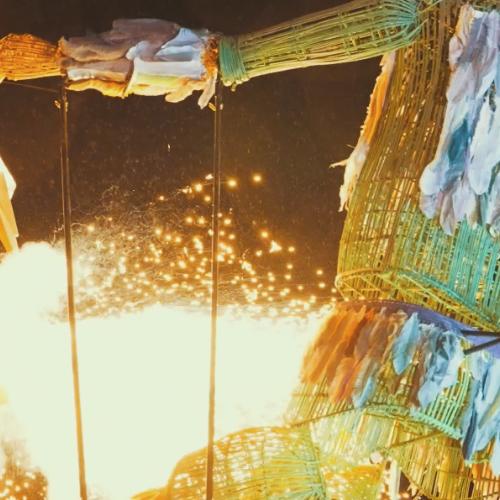
AKA: choreographic laboratory for a giant puppet
by Benoît Mousserion from the Compagnie L'Homme Debout
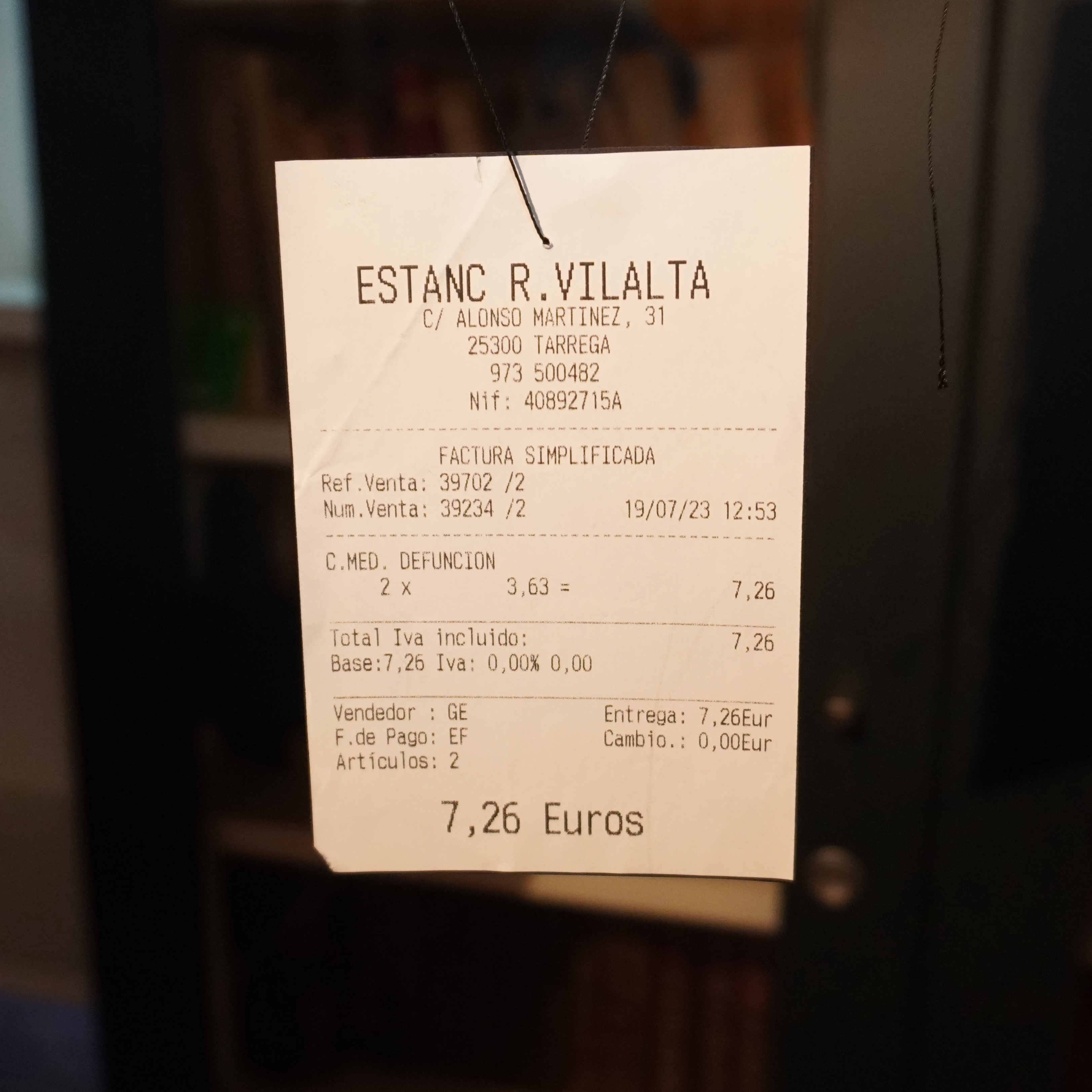
Death on paper
The emotional life of documents that administrate death. by Cristina Maldonado
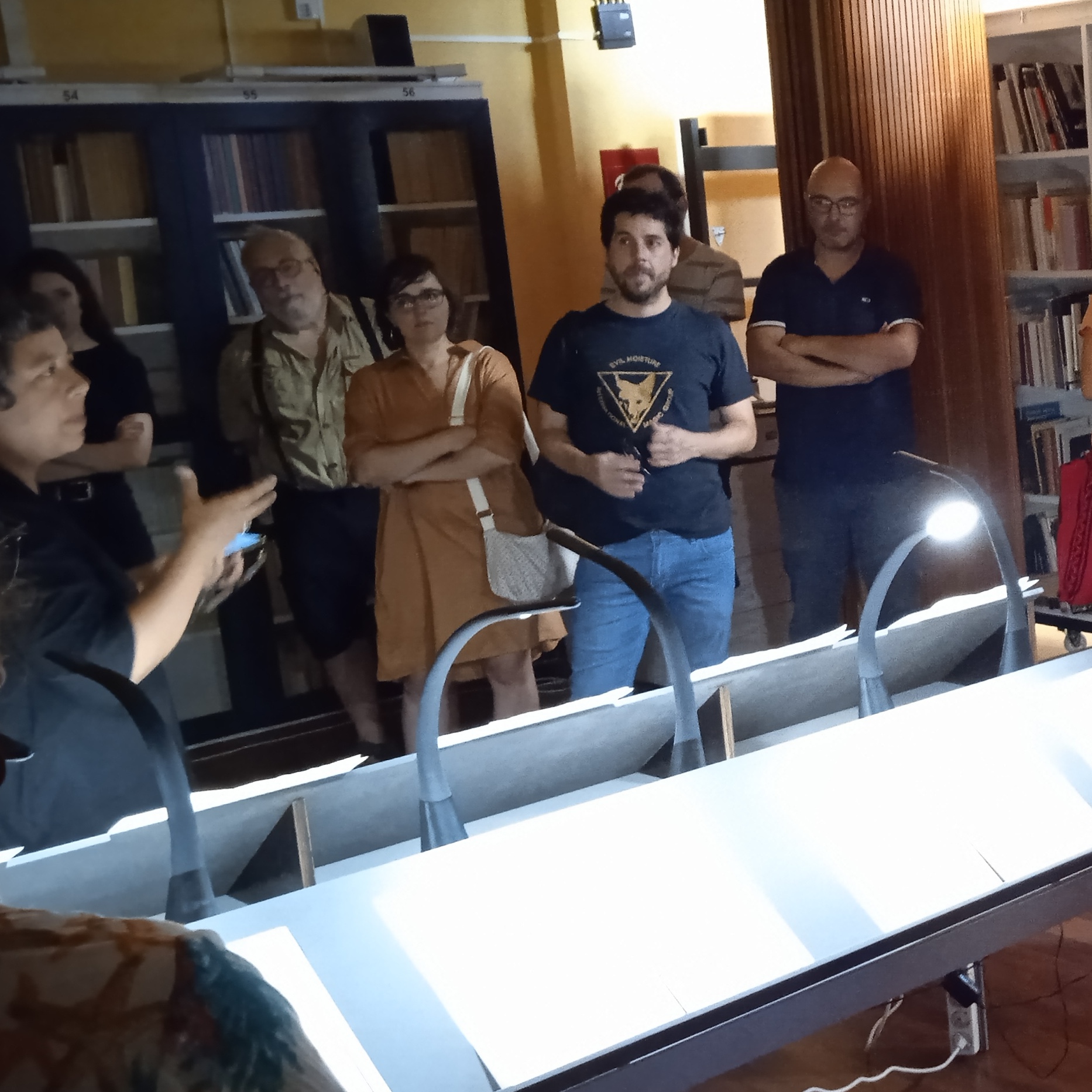
La Muerte en Papel
[ES] La vida emocional de los documentos que gestionan la muerte. by Cristina Maldonado
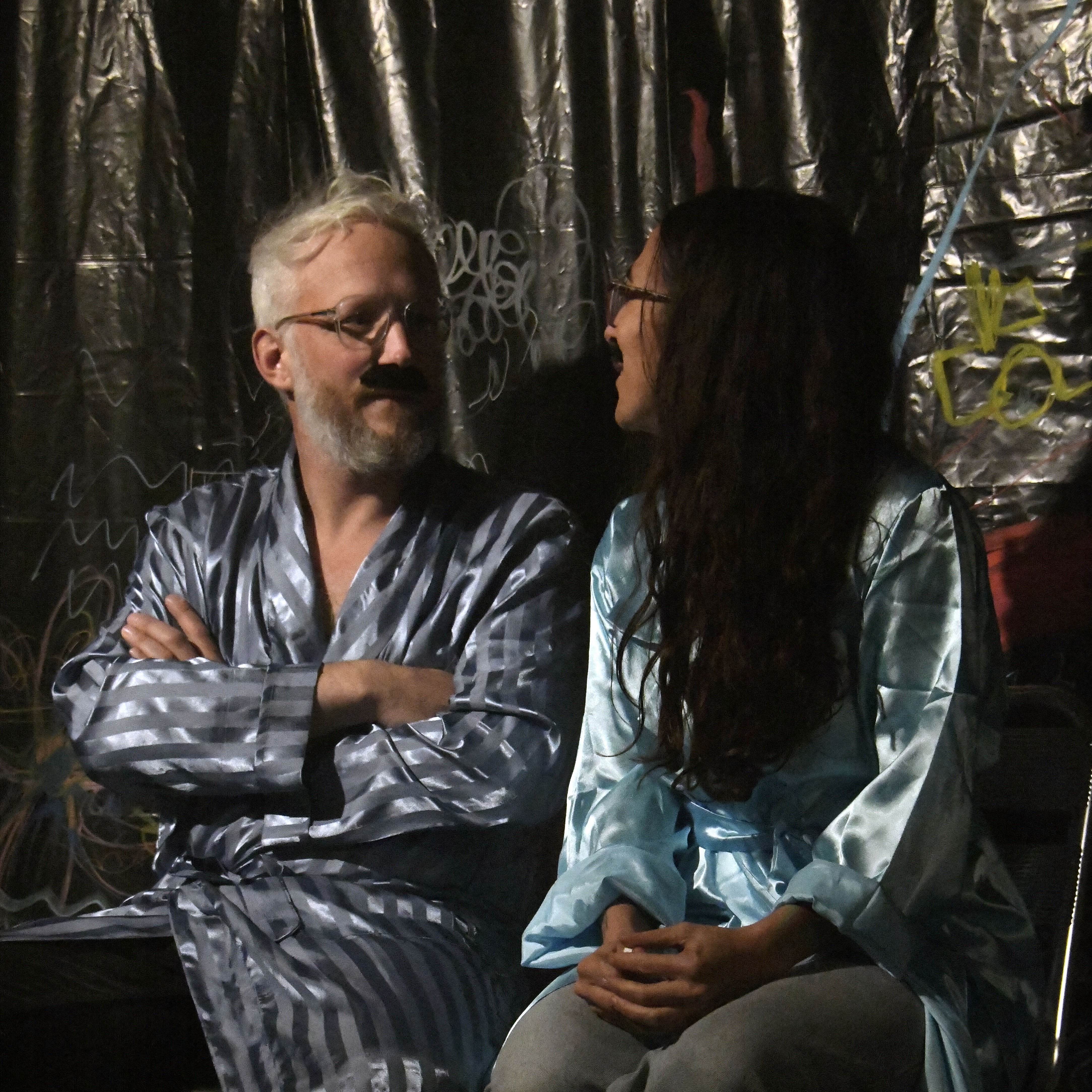
Cosmic Care : Genèse d'un projet artistique européen
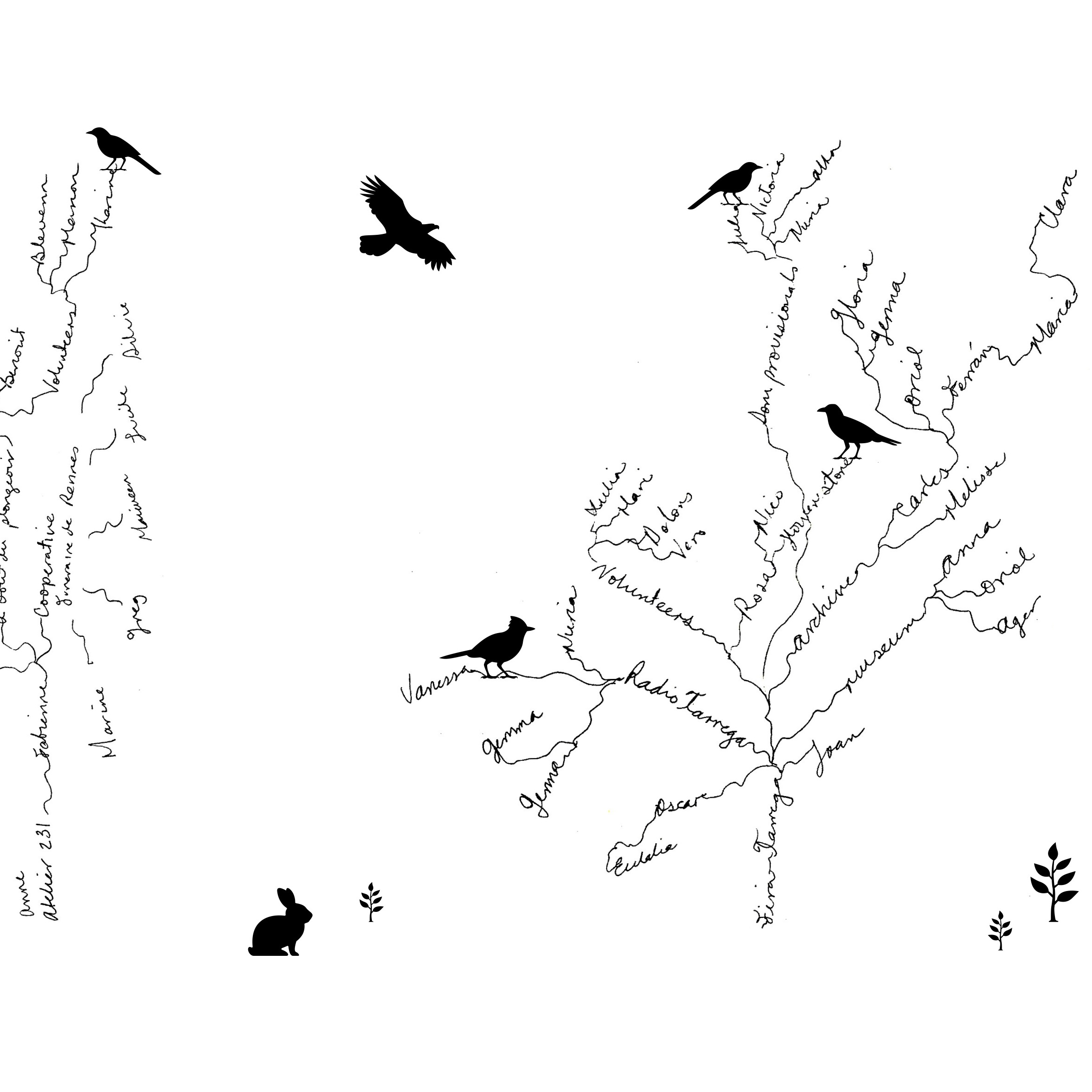
Relational Practice or Dreaming of Pollination
by Cristina Maldonado
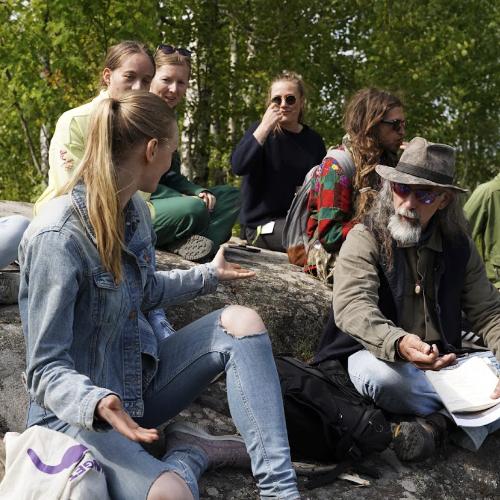
GUDEBERGJORDET - A LAND OF COUNTLESS VOICES.
An Agency for the More-than-humans. by Eva Bubla
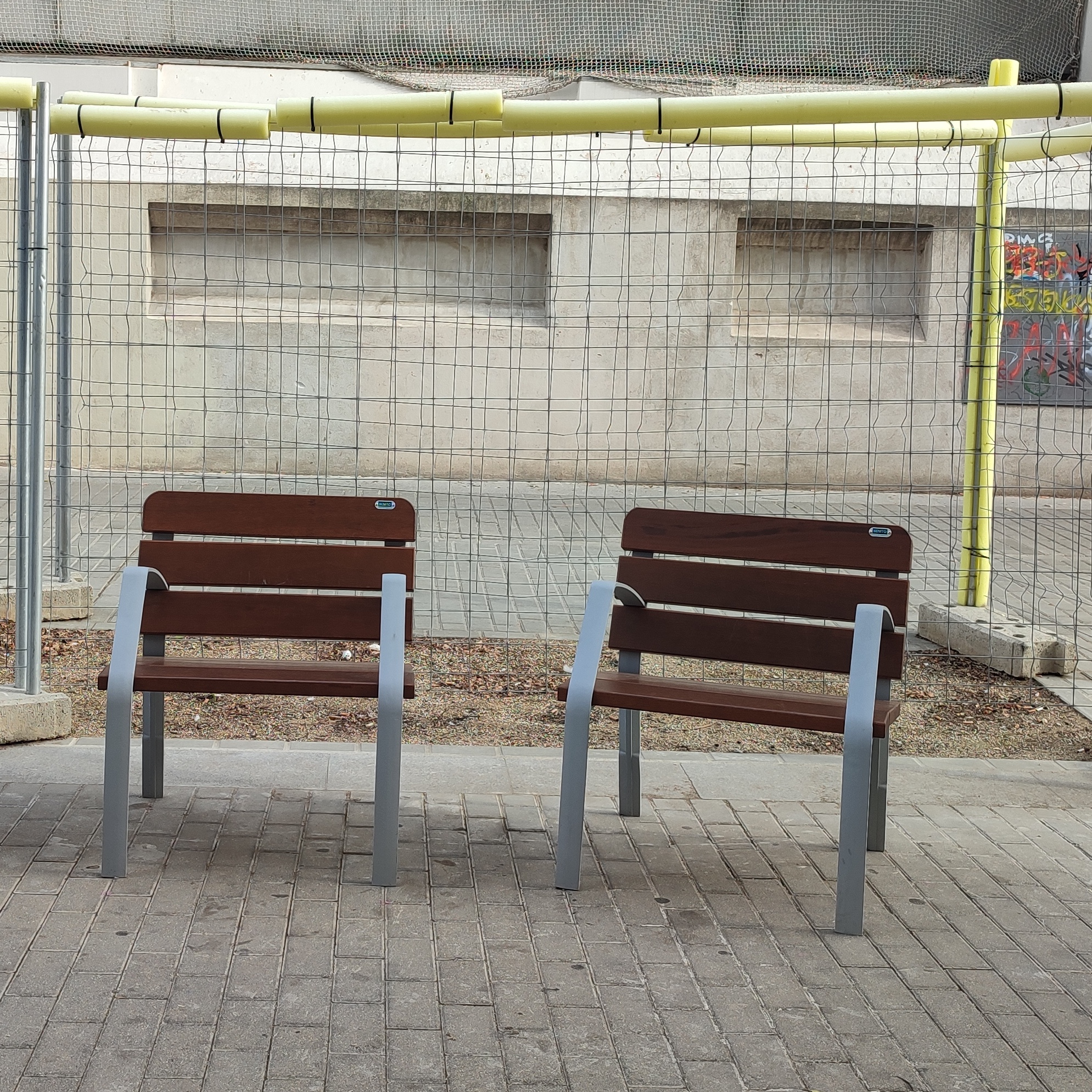
Things that happen in the street. An attempt at a dictionary
by Eléctrico 28
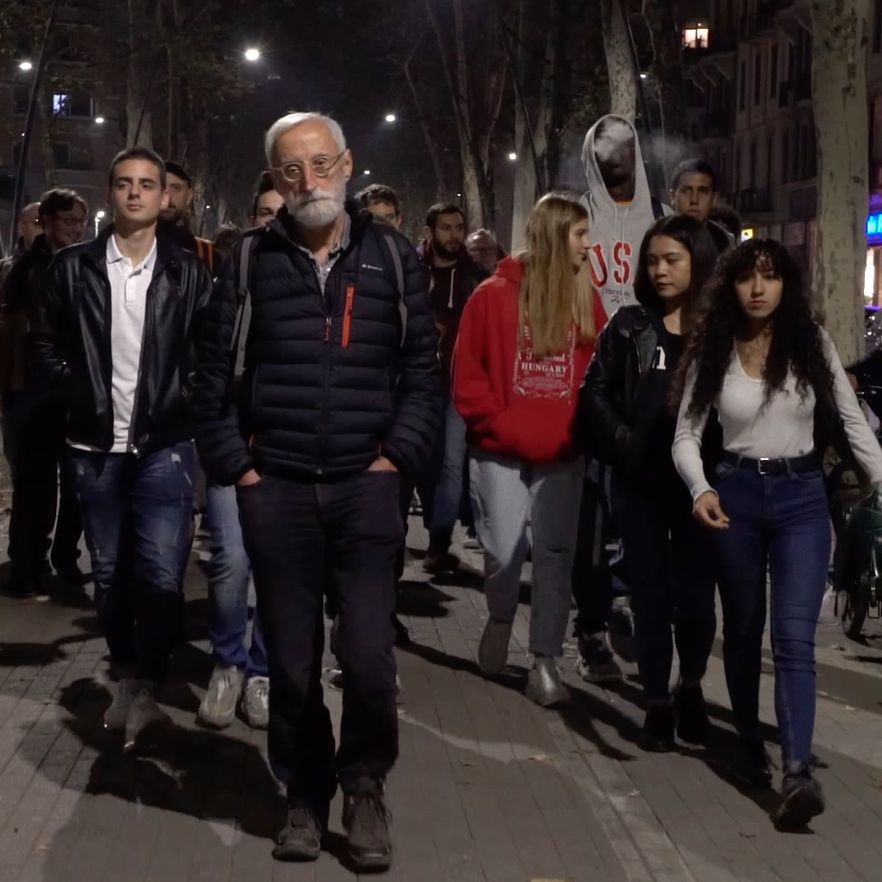
Le recto et le verso de la ville
[FR] Tentative d’épuisement du corps d’une femme citoyenne de cinquante ans. by Fabienne Queméneur

The Front and the Back End of Town
[EN] An Attempt at Exhausting the Body of a Fifty-Year-Old Female Citizen. by Fabienne Queméneur
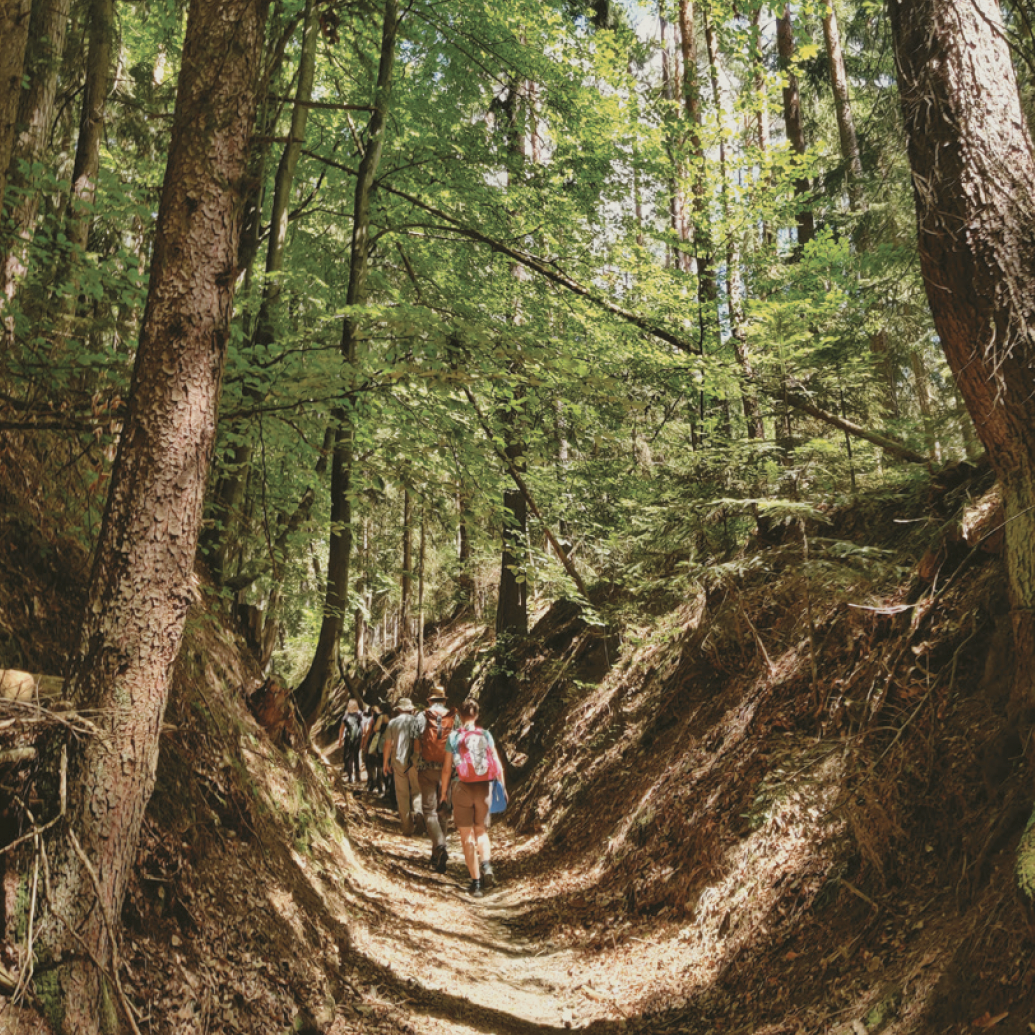
School of Unlived Worlds
A written retrospective from La Strada Graz Festival in 2023
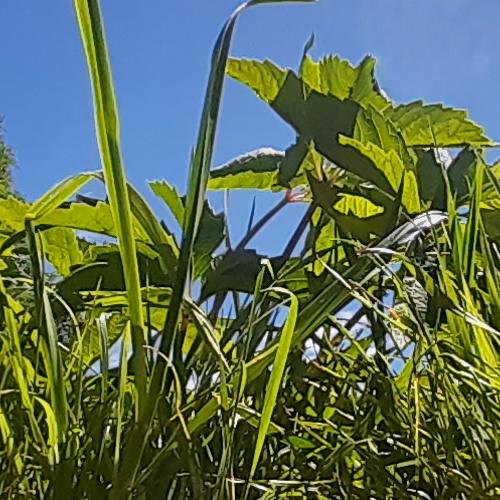
To Plant a Person
Invisible Bonds / performativity in the everyday of death by Cristina Maldonado

Marc El Samrani shares his experience of 'An Assembly'
[EN] A citizen's feedback on an IN SITU Artist's performance
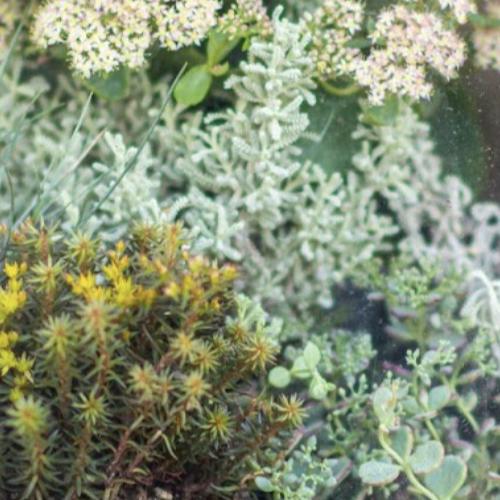
SENSING THE CITY. Curatorial and Artist Perspectives
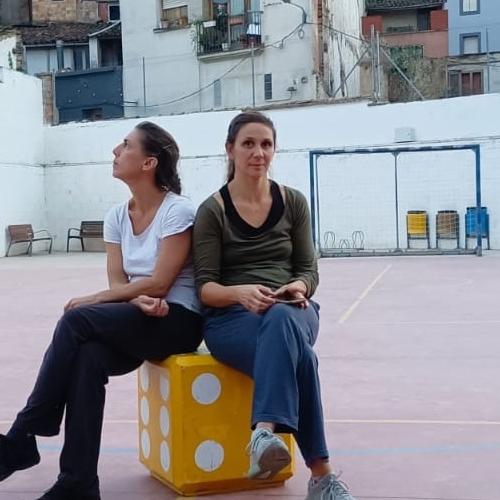
Sauf le Dimanche rencontre Matthias Tronqual
[FR] Un entretien à lire et écouter en français
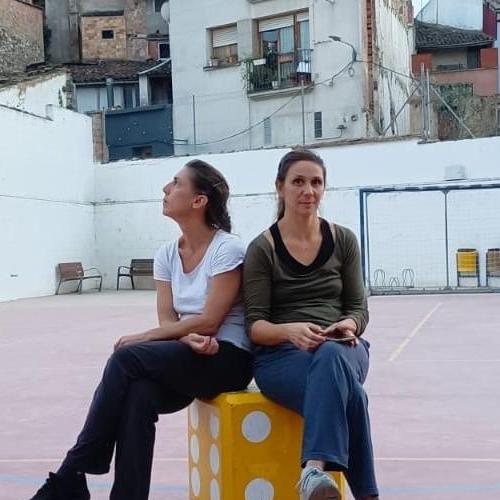
Sauf le Dimanche meets Matthias Tronqual
[EN] An interview between a collective and a programmer

The Walking Man in Milano
L'Uomo Che Cammina by Leonardo Delogu / DOM-
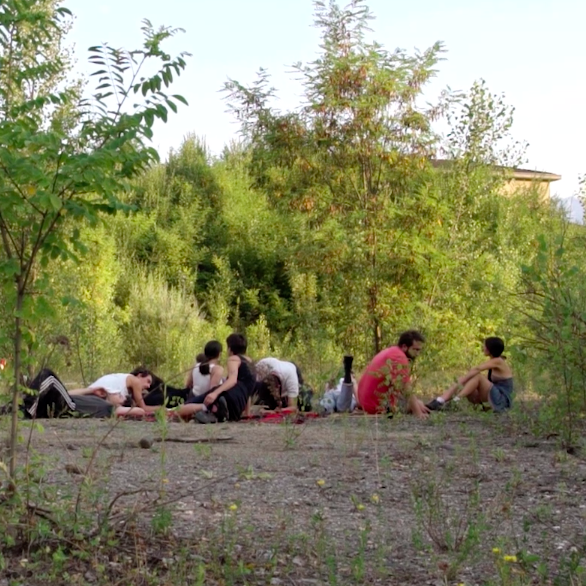
La Buca Journal
by Leonardo Delogu
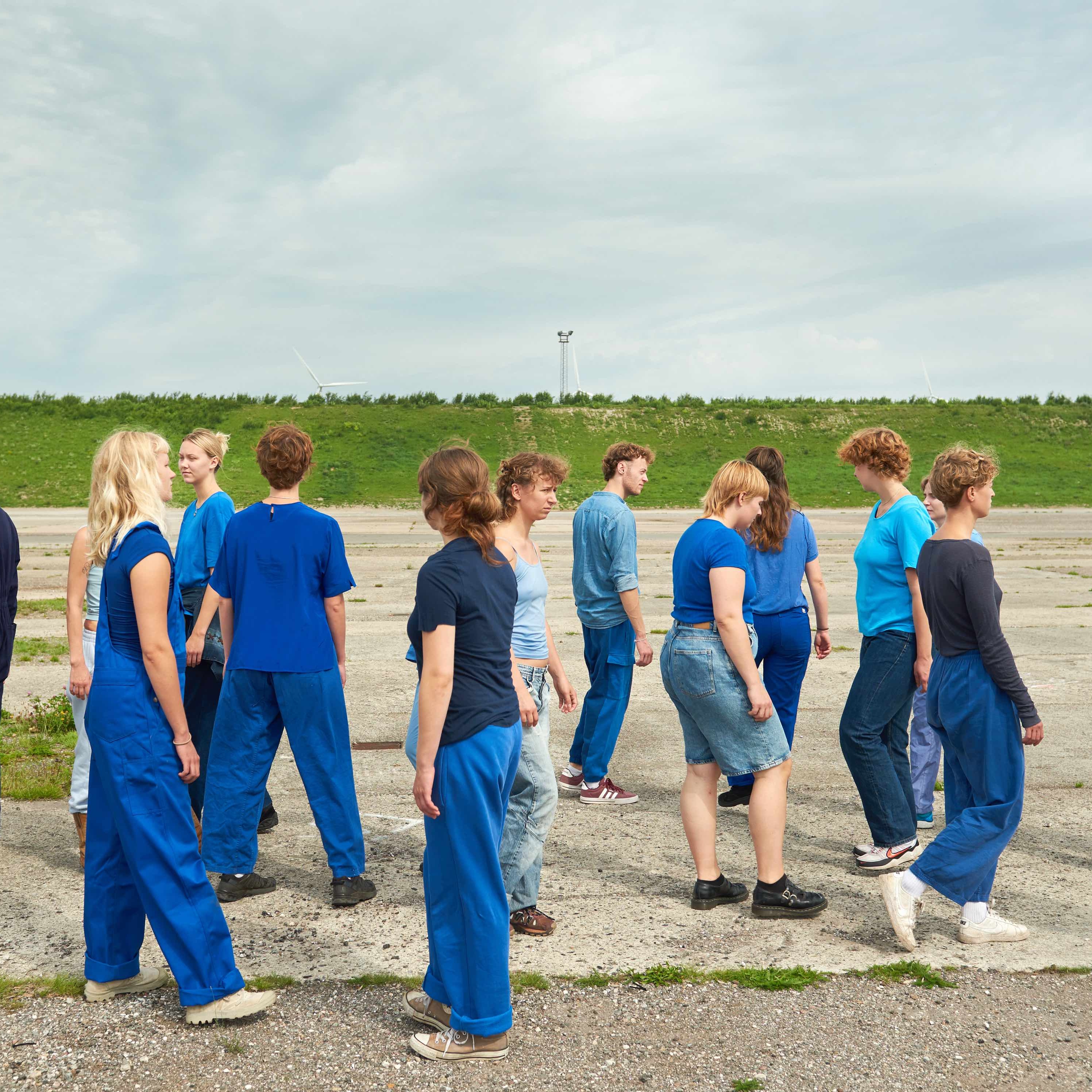
The Art of Walking the Talk
By Tora Balslev, dancer and Emerging Artist of Københavns Internationale Teater
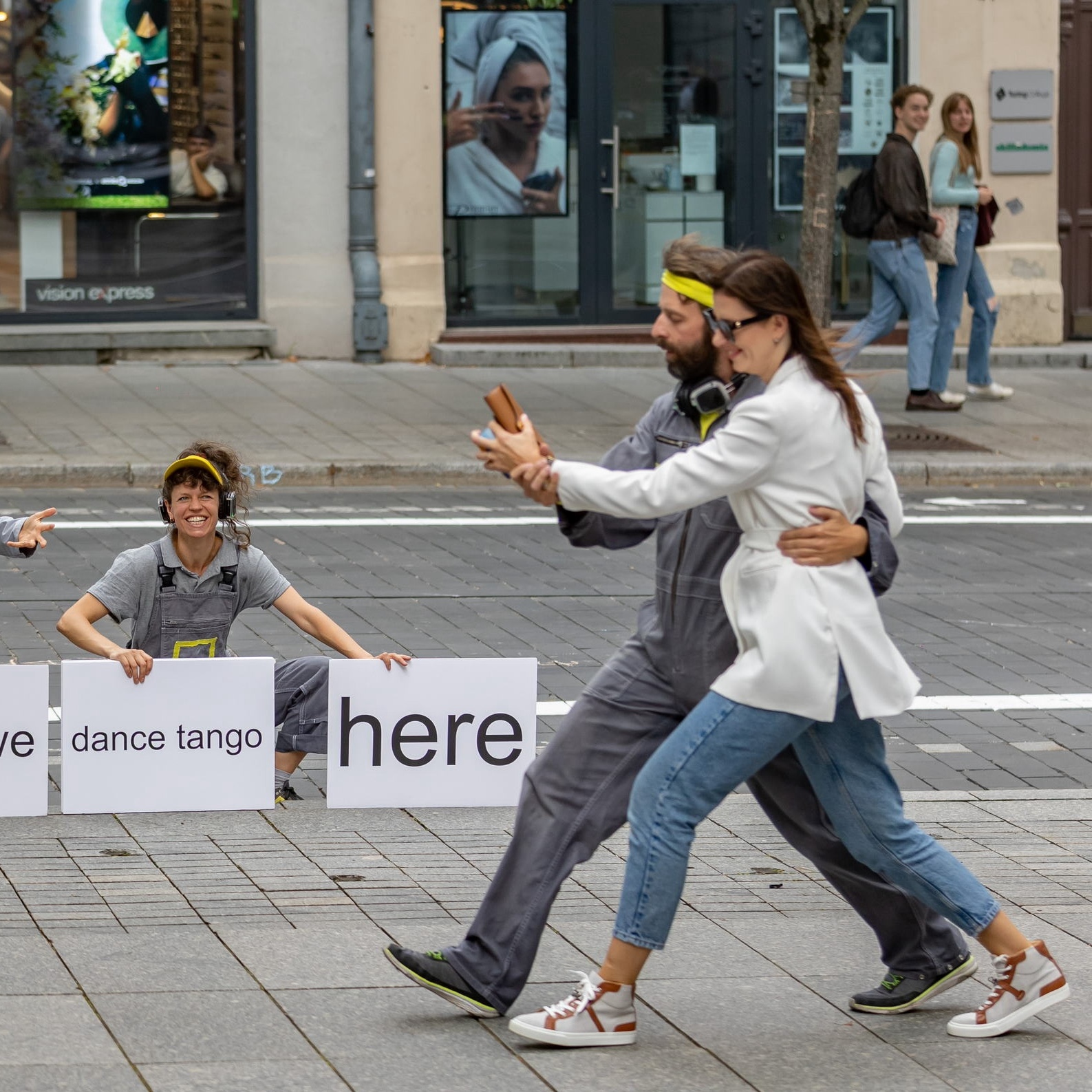
Interruptive gifts of [ The Frame ]
By Alina Stockinger (Eléctrico 28)
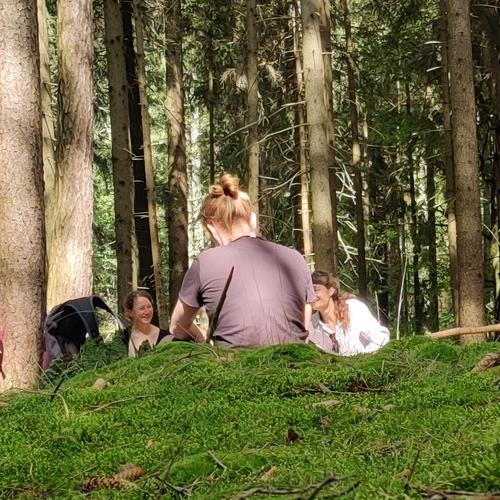
The Octopus Exercise
by Emke Idema
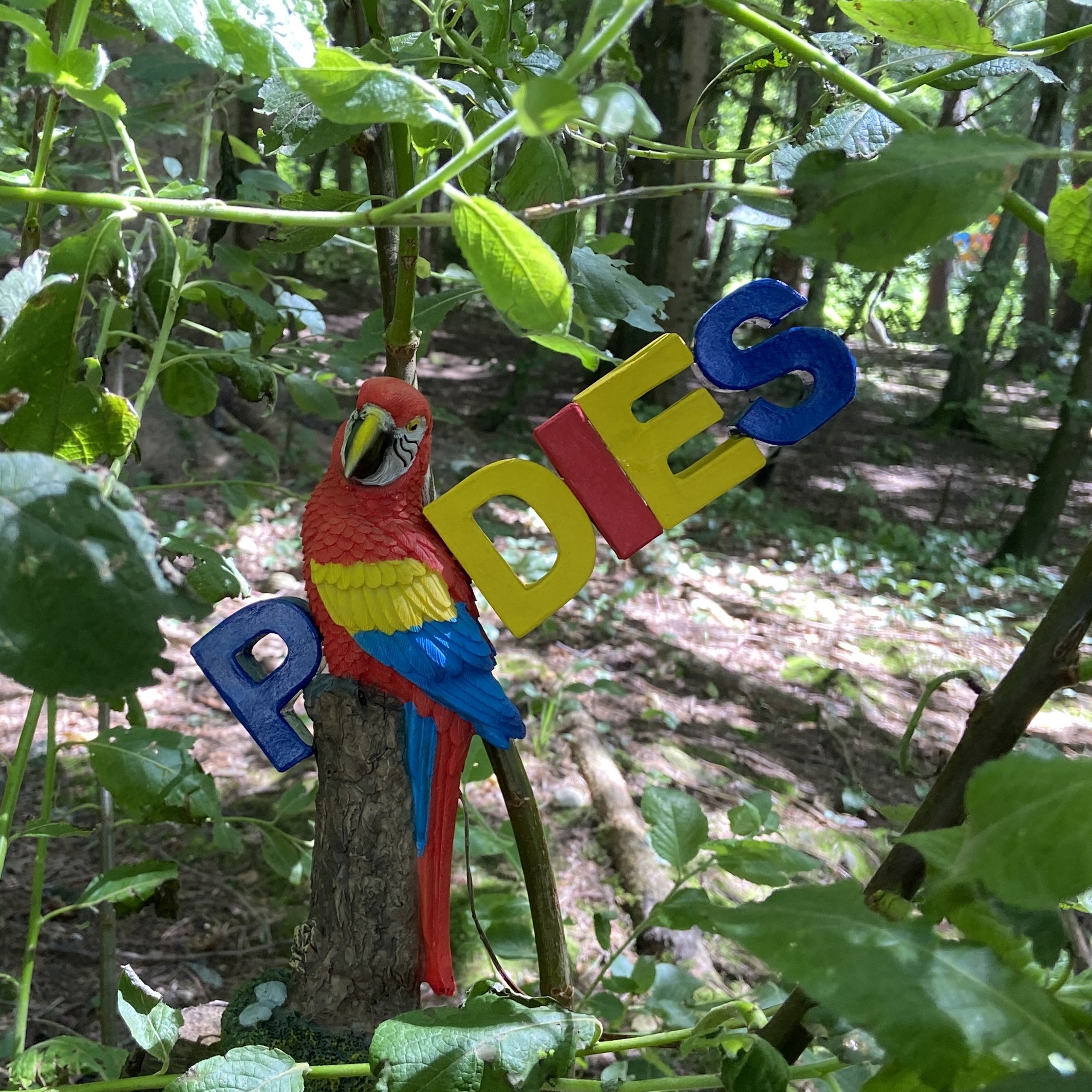
humANimals
by Veronika Tzekova
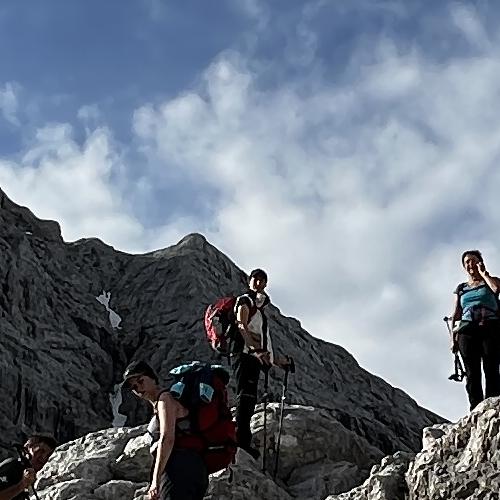
Going Visiting the Melting Glacier
by Nana Francisca Schöttlander
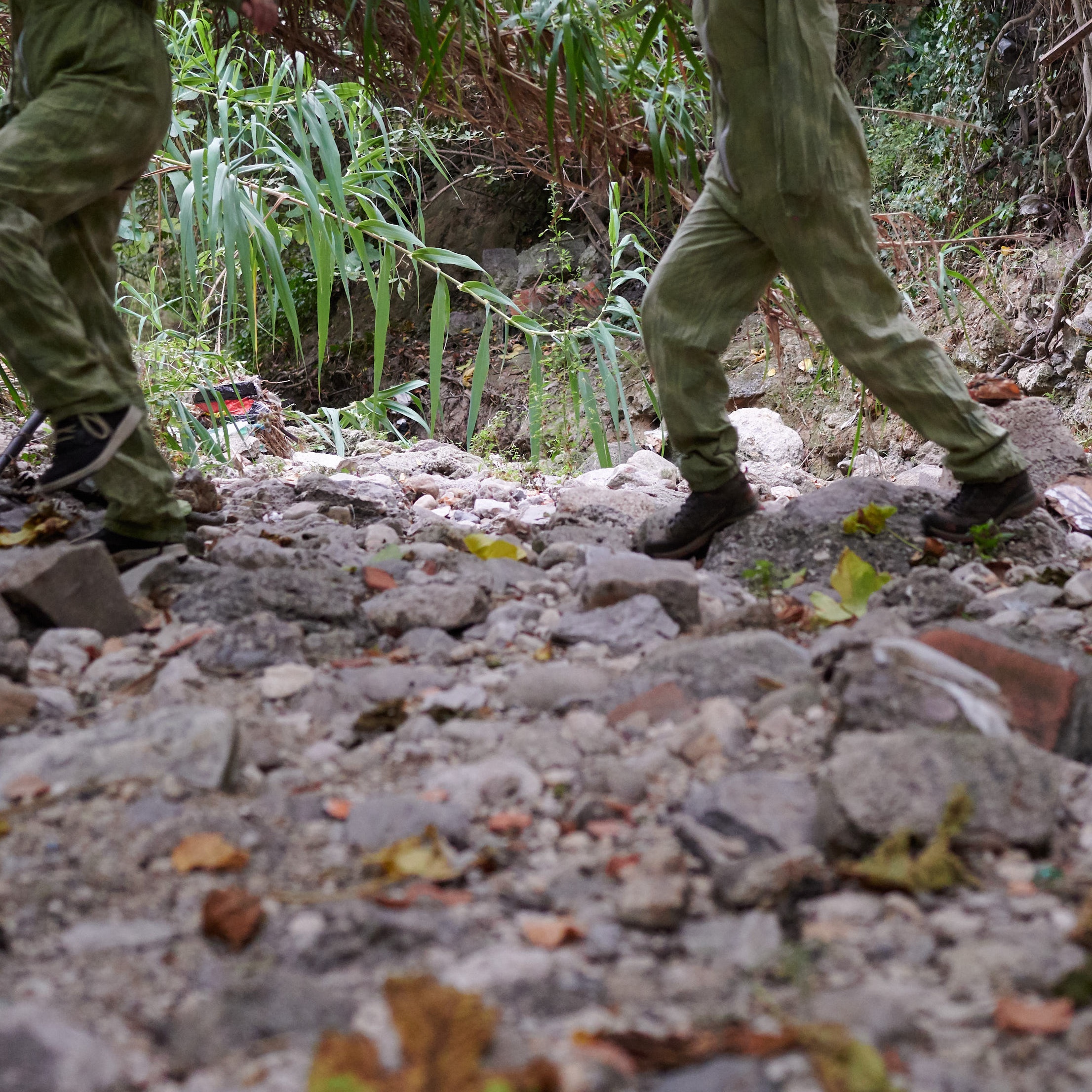
Going Visiting the River That Dried Up
Nana Francisca Schottländer in residency in Lieux Publics
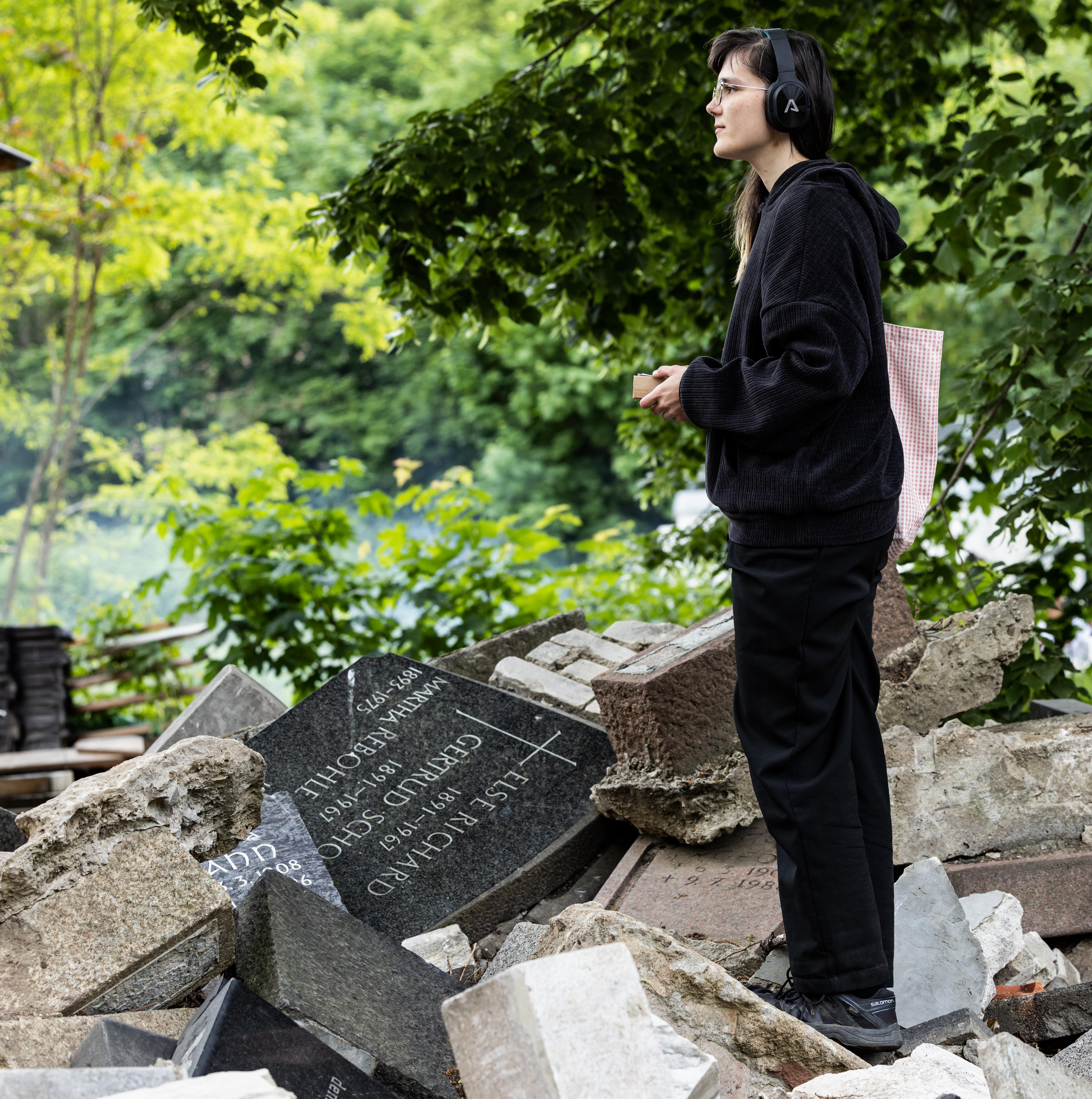
What Tàrrega Has Taught Me About Death
Conversation with Anna Giribet i Argiles & Cristina Maldonado

Letters from the Associate Citizen Stijn Philippe about Johannes Bellinkx's performances in Amsterdam
A feedback on experience!
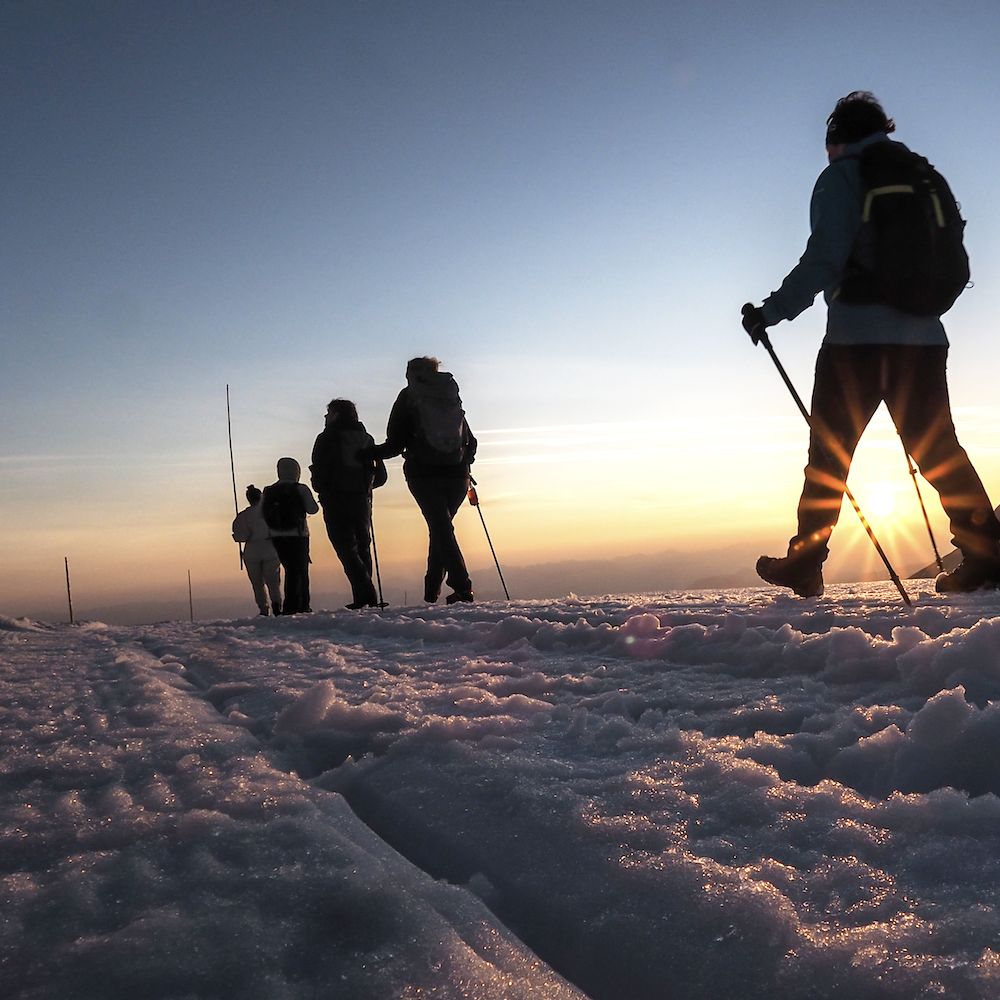
Signal from Dachstein
Putting an ear to the glacier

(UN)COMMON SPACES from a "citizen" point of view
Marius Grønning, Associated Citizen, Norway
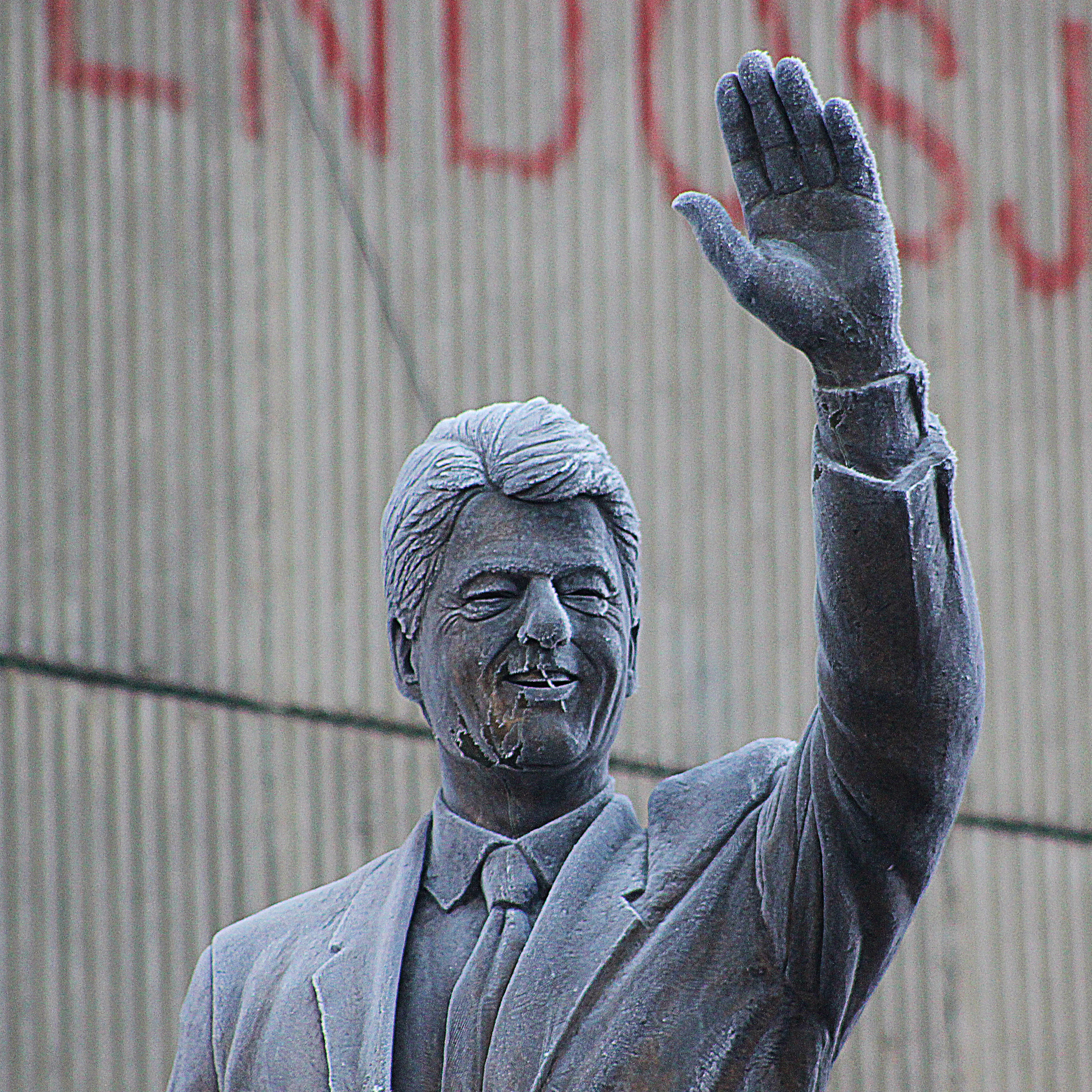
Forged in hardship: How artists survived and resisted in the segregated Kosovo of the ‘90s
A conversation with Florent Mehmeti by Lura Limani
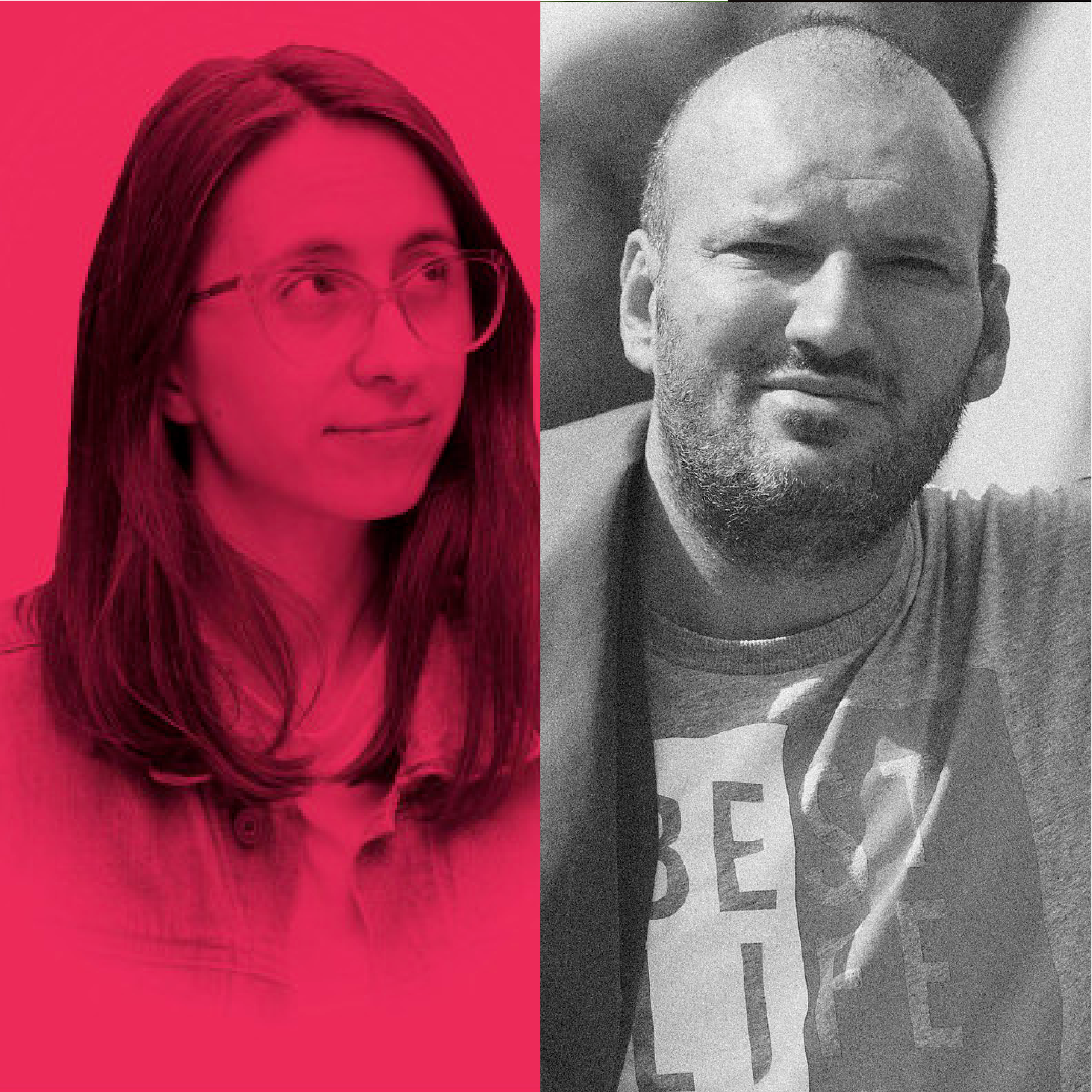
IN SITU Podcast — Pristina Special Episode
An introduction to Kosovo cultural landscape
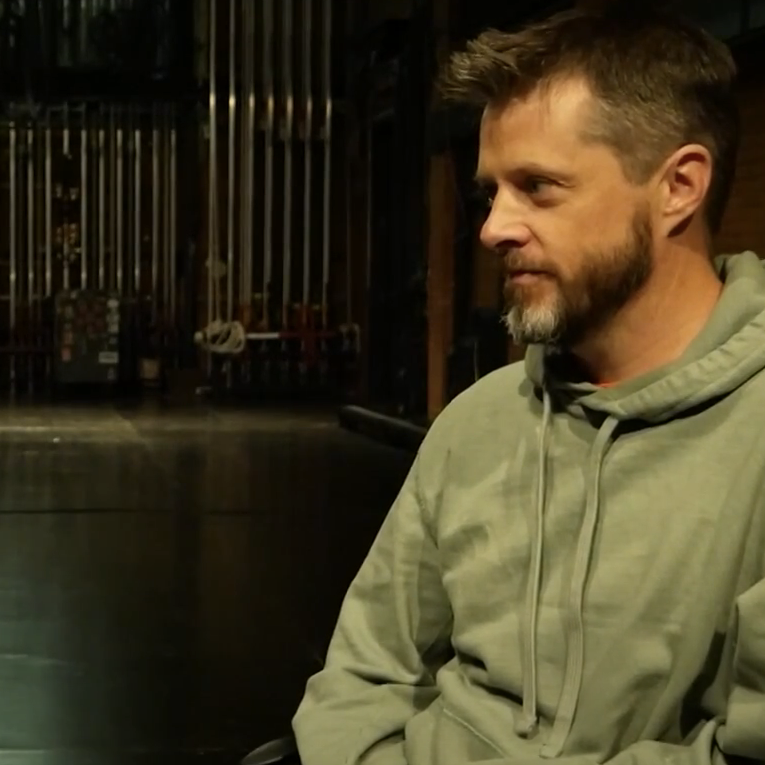
A conversation between Seth Honnor and Jay Wahl
Artist Seth Honnor from the UK-collective Kaleider sat with Jay Wahl, director of The Flynn in Vermont USA.
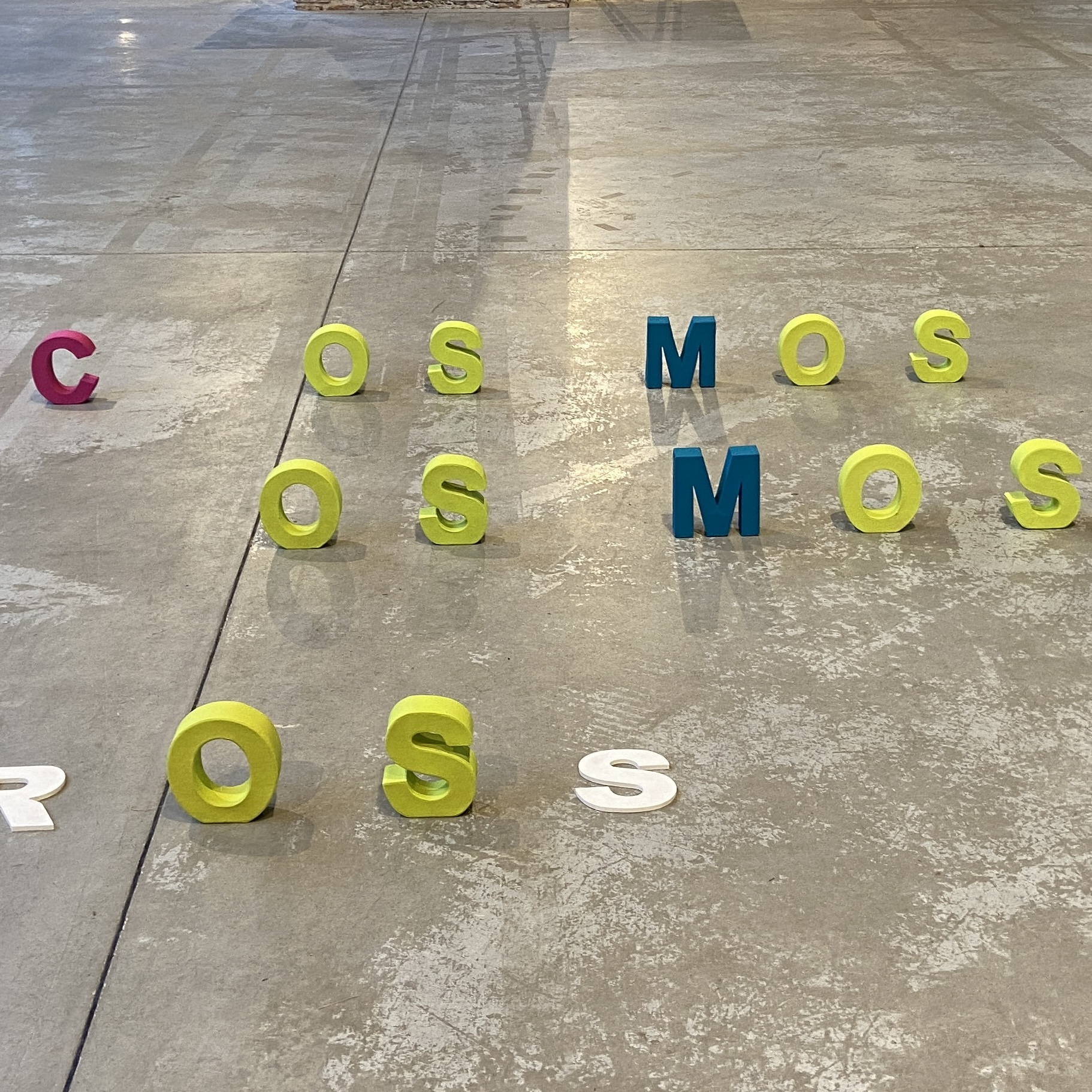
C-ING — Word hybrids and deconstructing to construct again
Veronika Tzekova
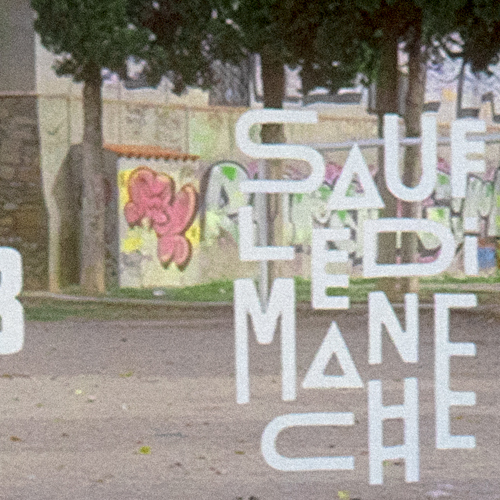
Inside Sauf le Dimanche and Eléctrico 28 Exploratory Residency
Watch and read about a longer, deeper type of residency
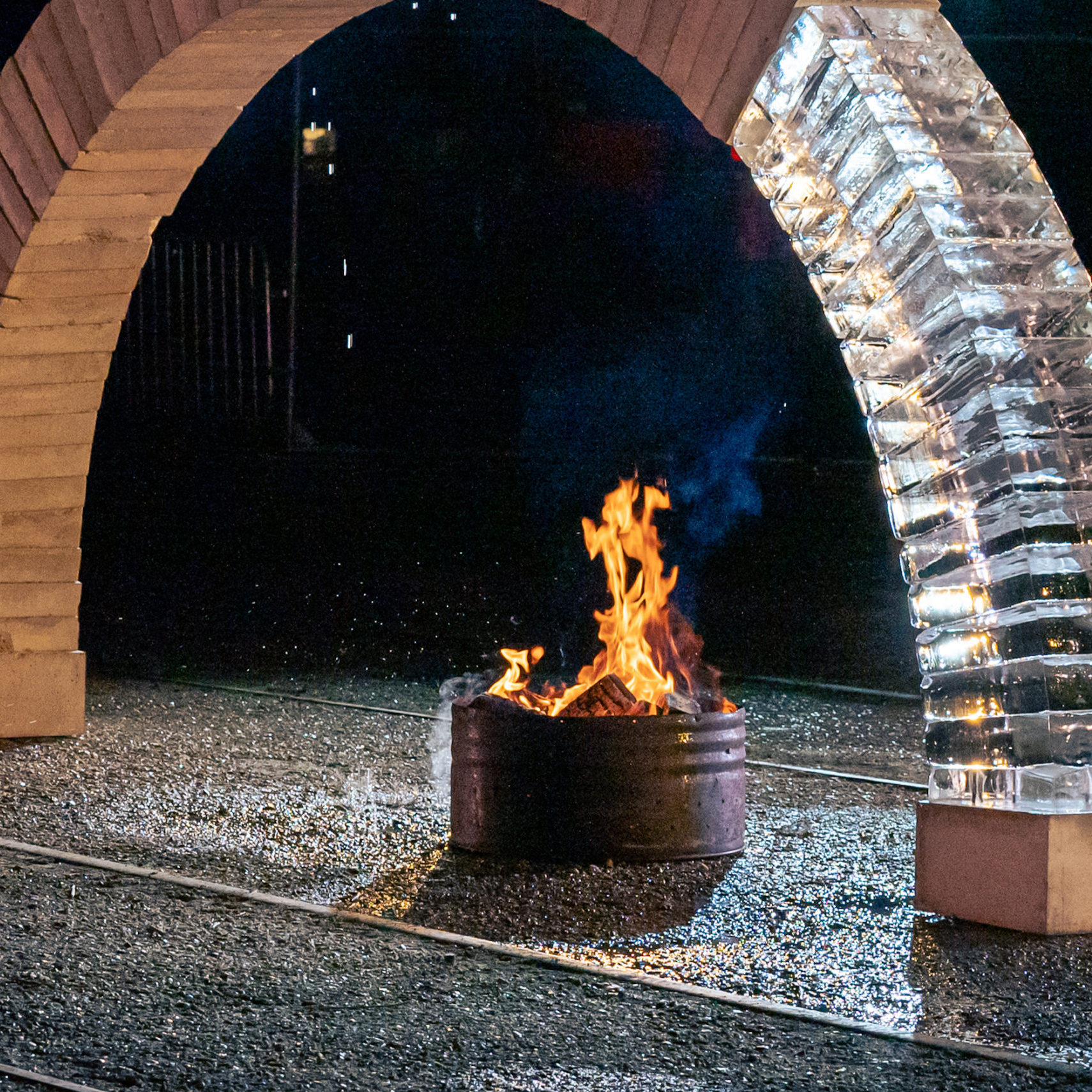
Kaleider's Tour Diary 2022
Seth Honnor
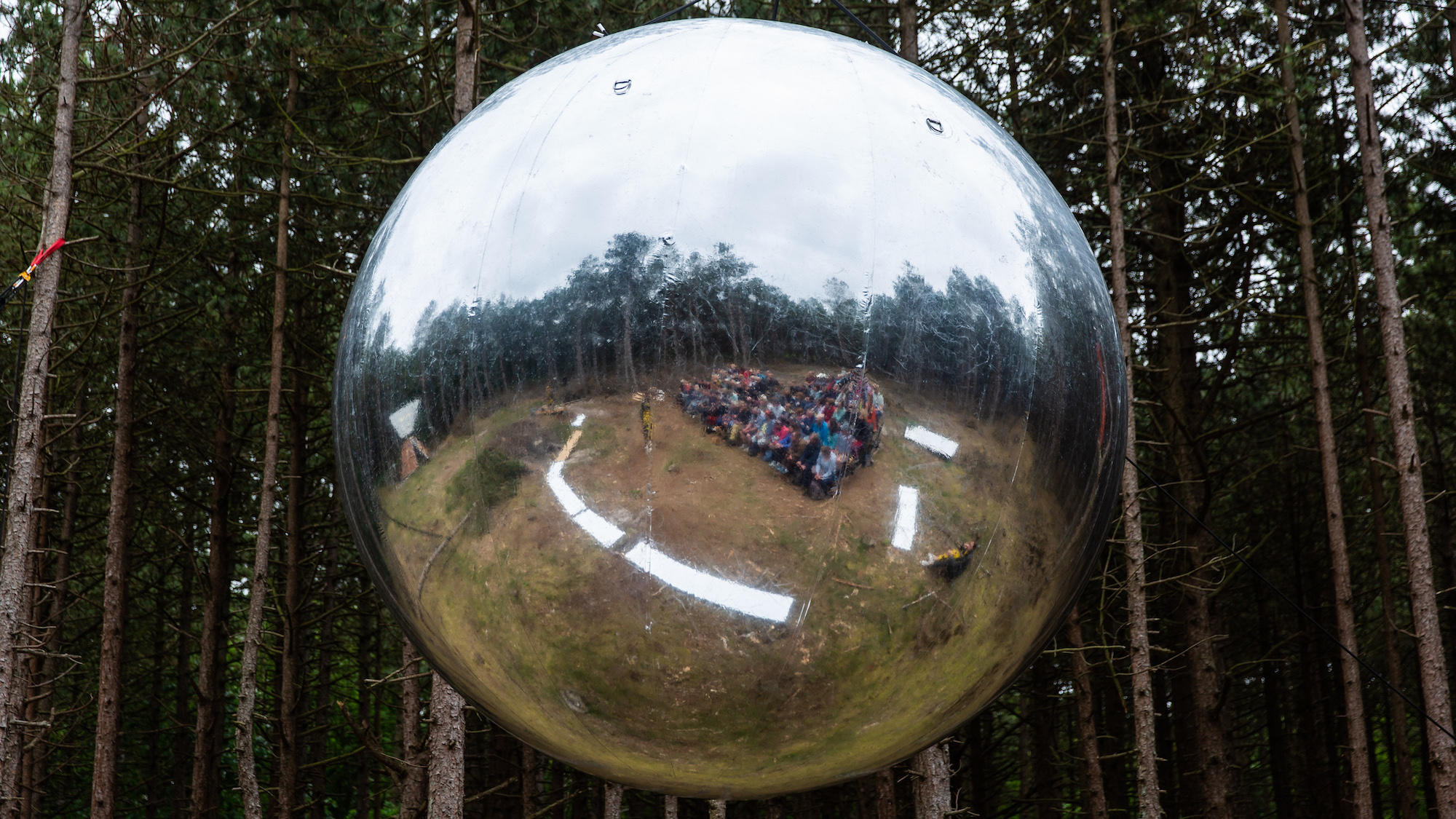
How to connect art and sustainability?
Thomas Lamers
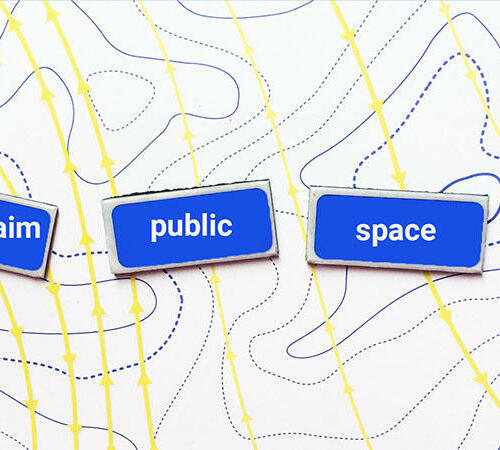
IN SITU ACT Days
Live Talk Session
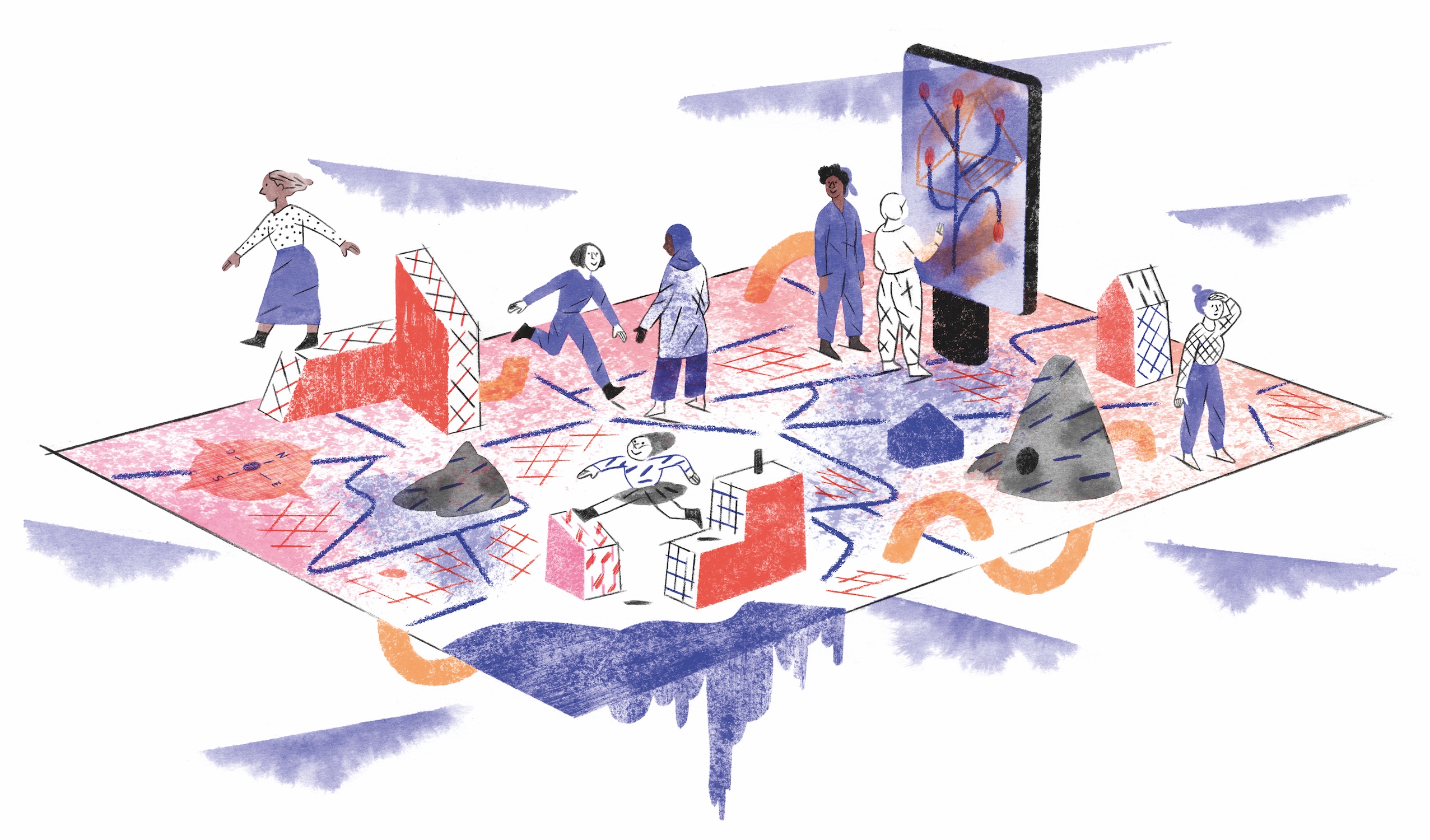
Artistic Acupunctures: a dialogue with the civil society
Herman Bashiron Mendolicchio
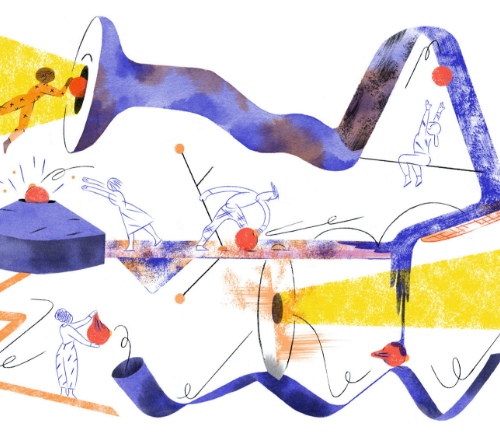
Artistic Acupuncture, nine European territories under the artistic microscope
Herman Bashiron Mendolicchio
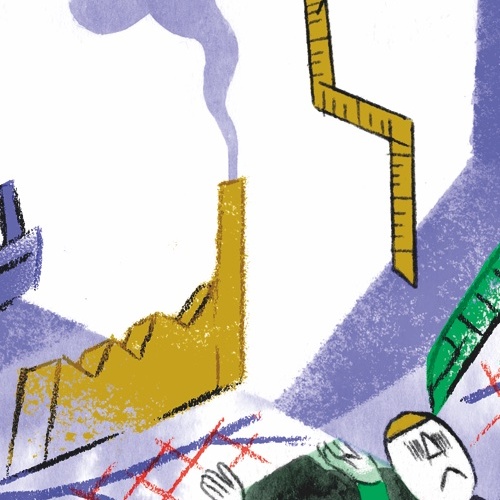
Acupuncture #9: "Urban transformation in Moss. In which way, with whom and towards what direction?"
Herman Bashiron Mendolicchio
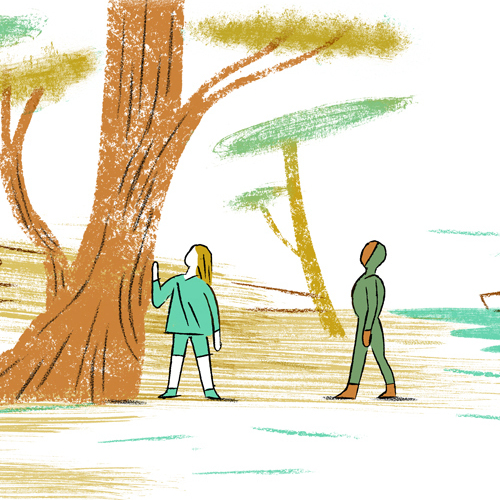
Acupuncture #8: "Participatory rituals: when the local encounters the global"
Herman Bashiron Mendolicchio
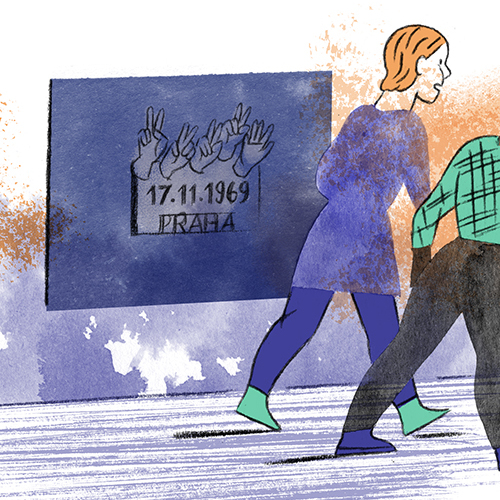
Acupuncture #7: The con(temporary) monument: questioning meanings, forms and symbolic expressions
Herman Bashiron Mendolicchio
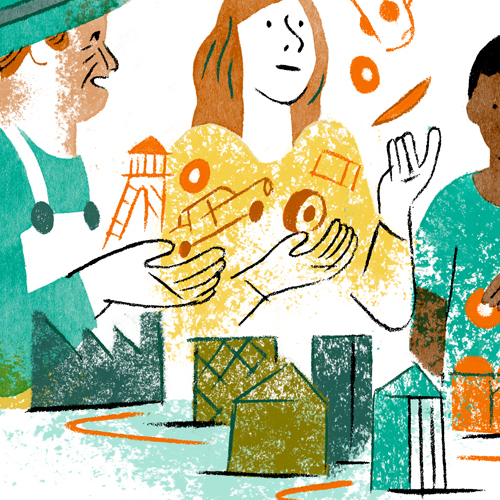
Acupuncture #6: "The last drive and the first dance | The shifting identity of Genk"
Herman Bashiron Mendolicchio
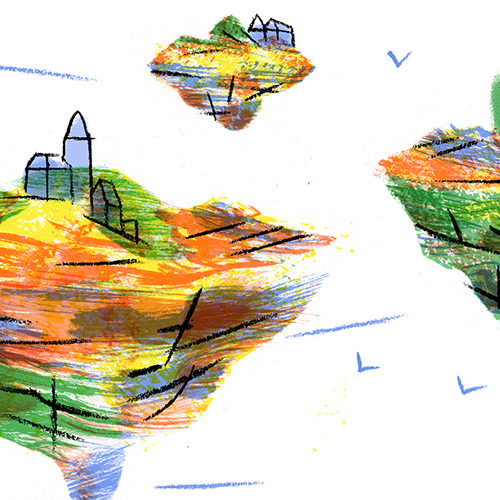
Acupuncture #5: "In the New Desert: the local and global challenges of rural depopulation"
Herman Bashiron Mendolicchio
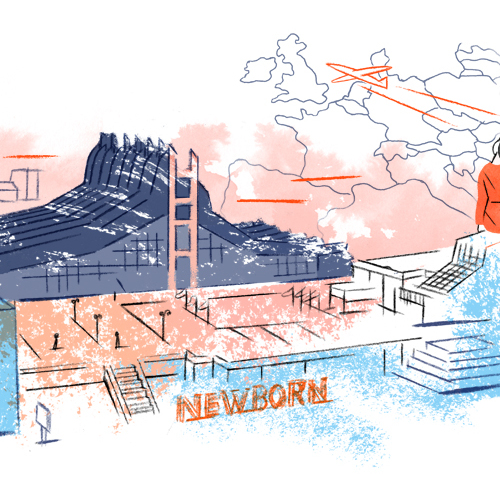
Acupuncture #4: "A BESA policy for Kosovo | How to address visa restrictions from a traditional viewpoint of mutual responsibility"
Herman Bashiron Mendolicchio
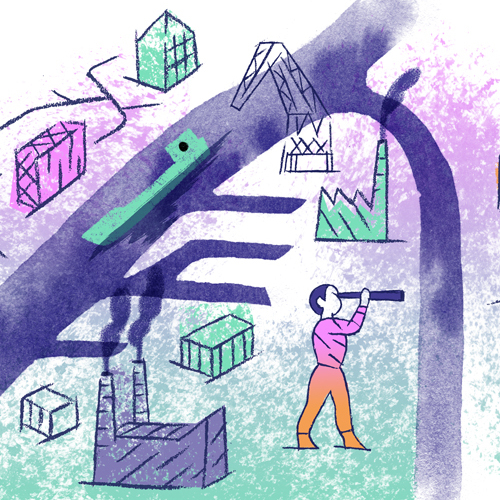
Acupuncture #3: "A space to call their own | The voices of the community in the post-industrial district of Csepel, Budapest"
Herman Bashiron Mendolicchio
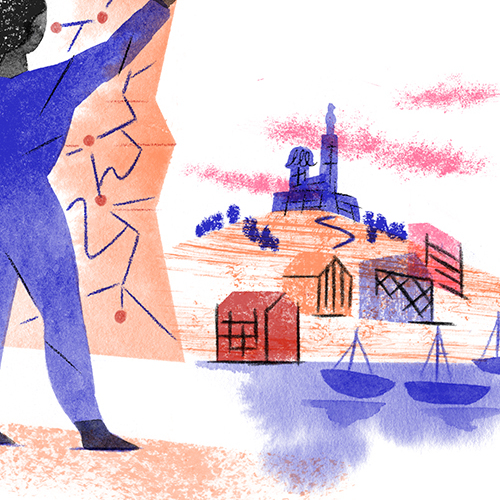
Acupuncture #2: "Hospitable, hostile? The place of women in public space"
Herman Bashiron Mendolicchio
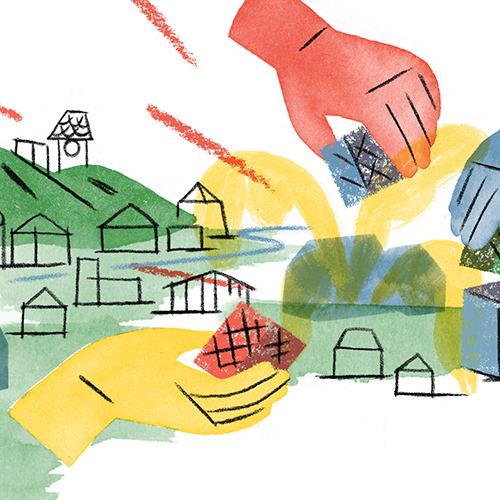
Acupuncture #1: "Processes of Becoming - Graz Reininghaus and its future development between utopia, imagination and reality."
Herman Bashiron Mendolicchio
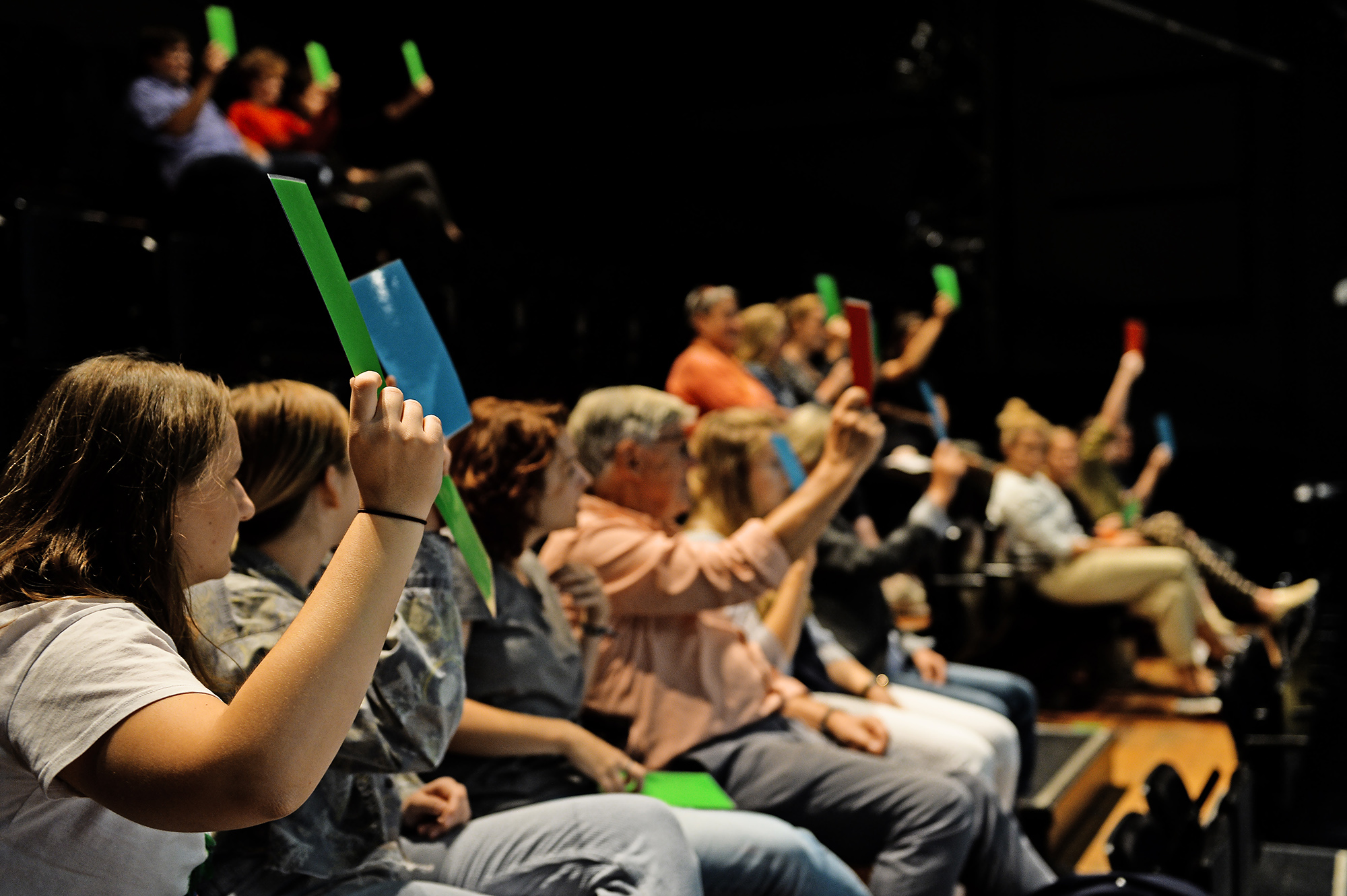
A continuous theatrical investigation into the future of democracy: Episode 3/3
Lucas de Man & James Moore
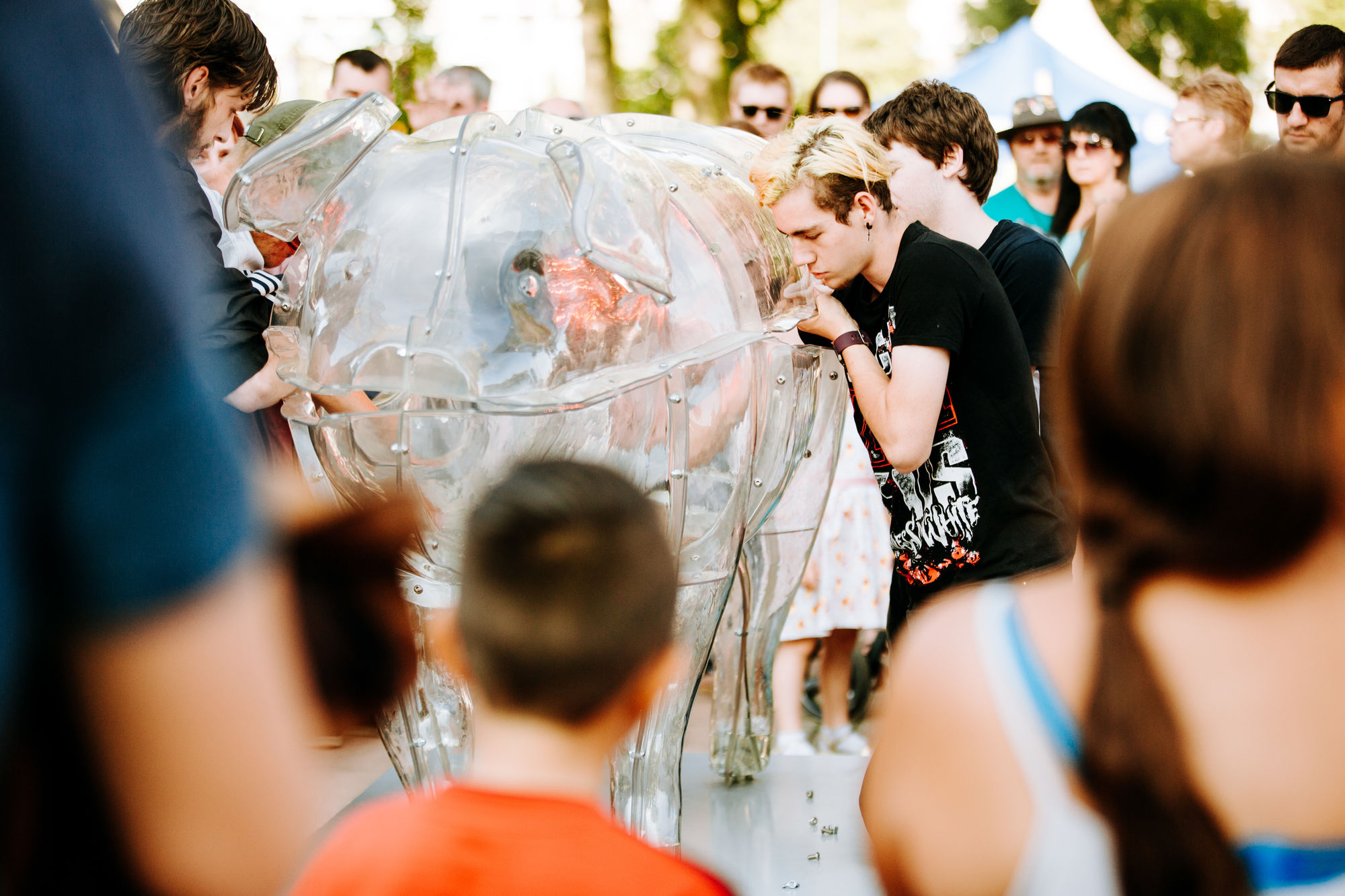
Bottom-up vs Upside down
Mathieu Braunstein
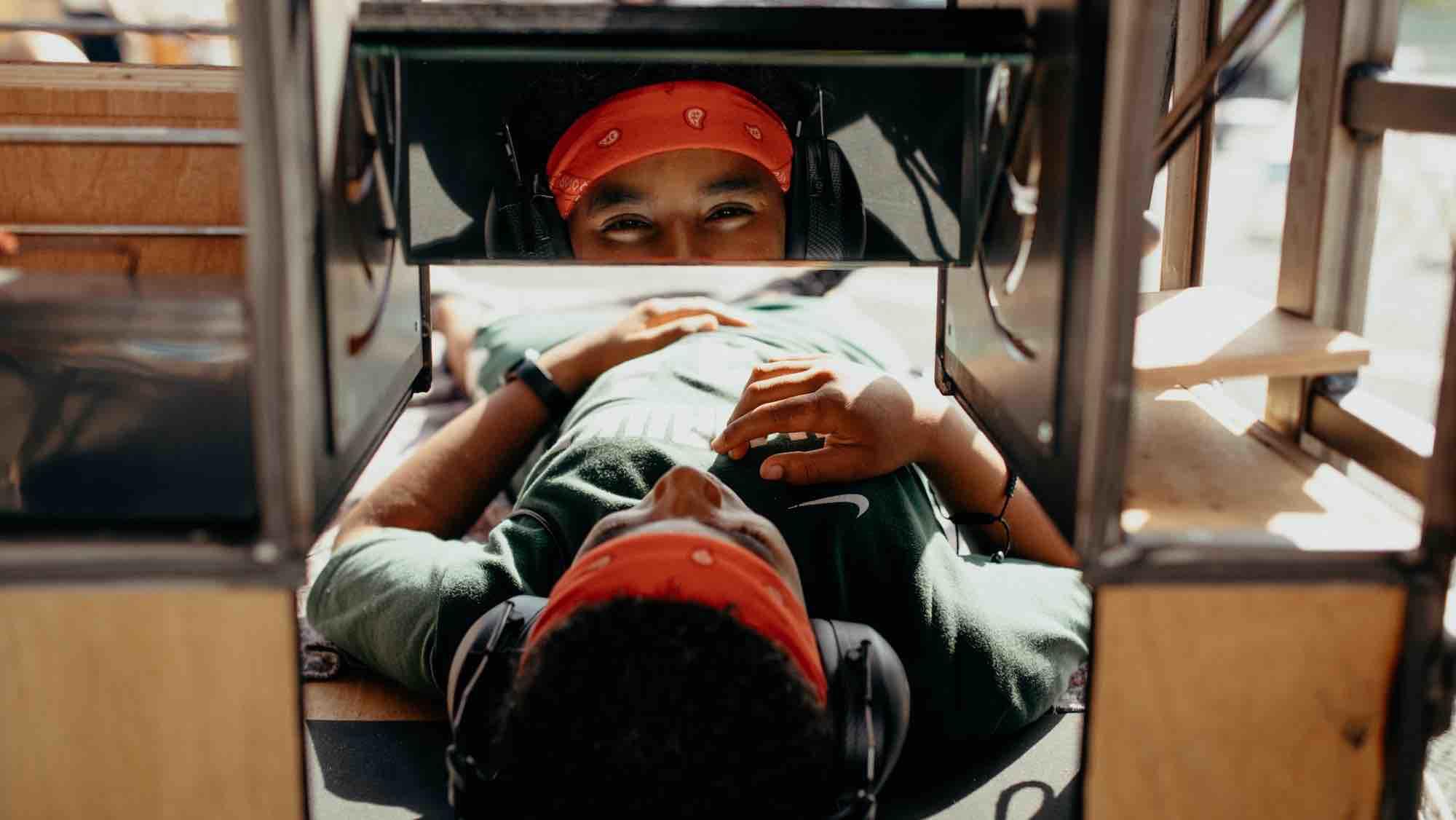
Let the Sunshine in
Mathieu Braunstein
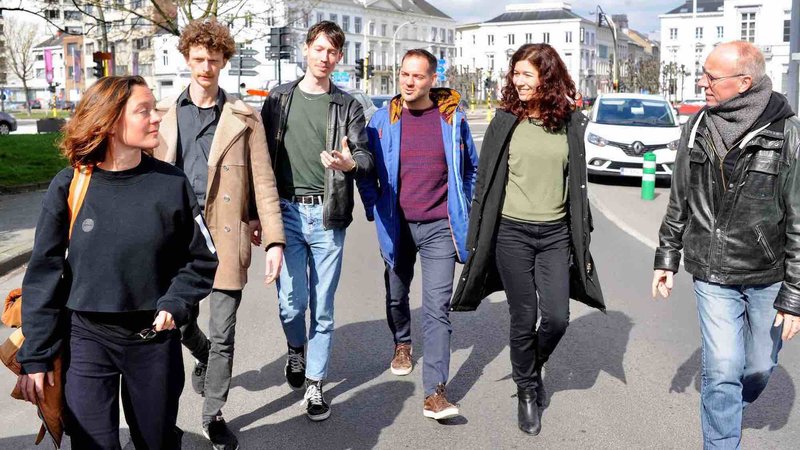
A continuous theatrical investigation into the future of democracy: Episode 2/3
Emma Lesuis & Jasper van den Berg
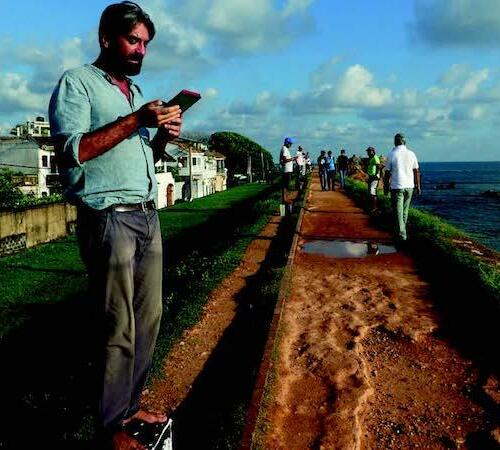
The international mobility of artists: mobility of ideas and aesthetics
Marie Le Sourd
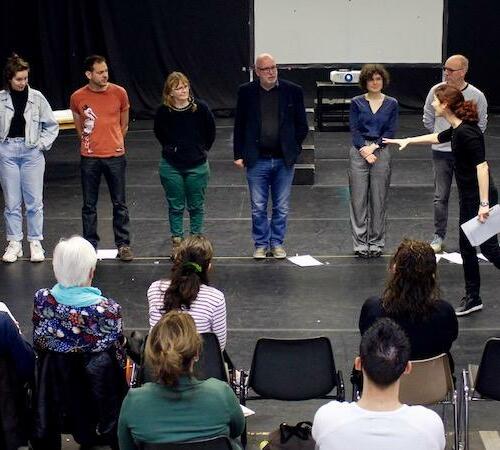
A continuous theatrical investigation into the future of democracy: Episode 1/3
Jan van Tienen & Kees Lesuis
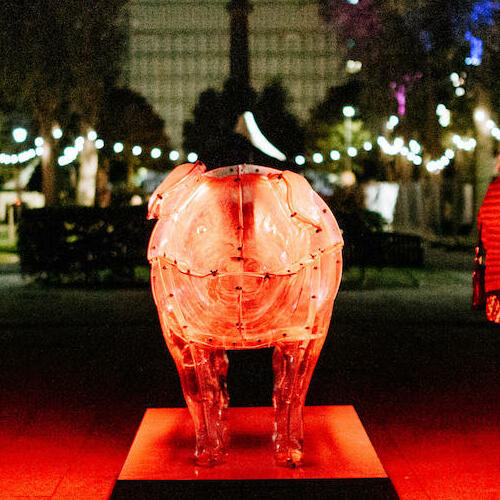
PIG tour diary
Seth Honnor
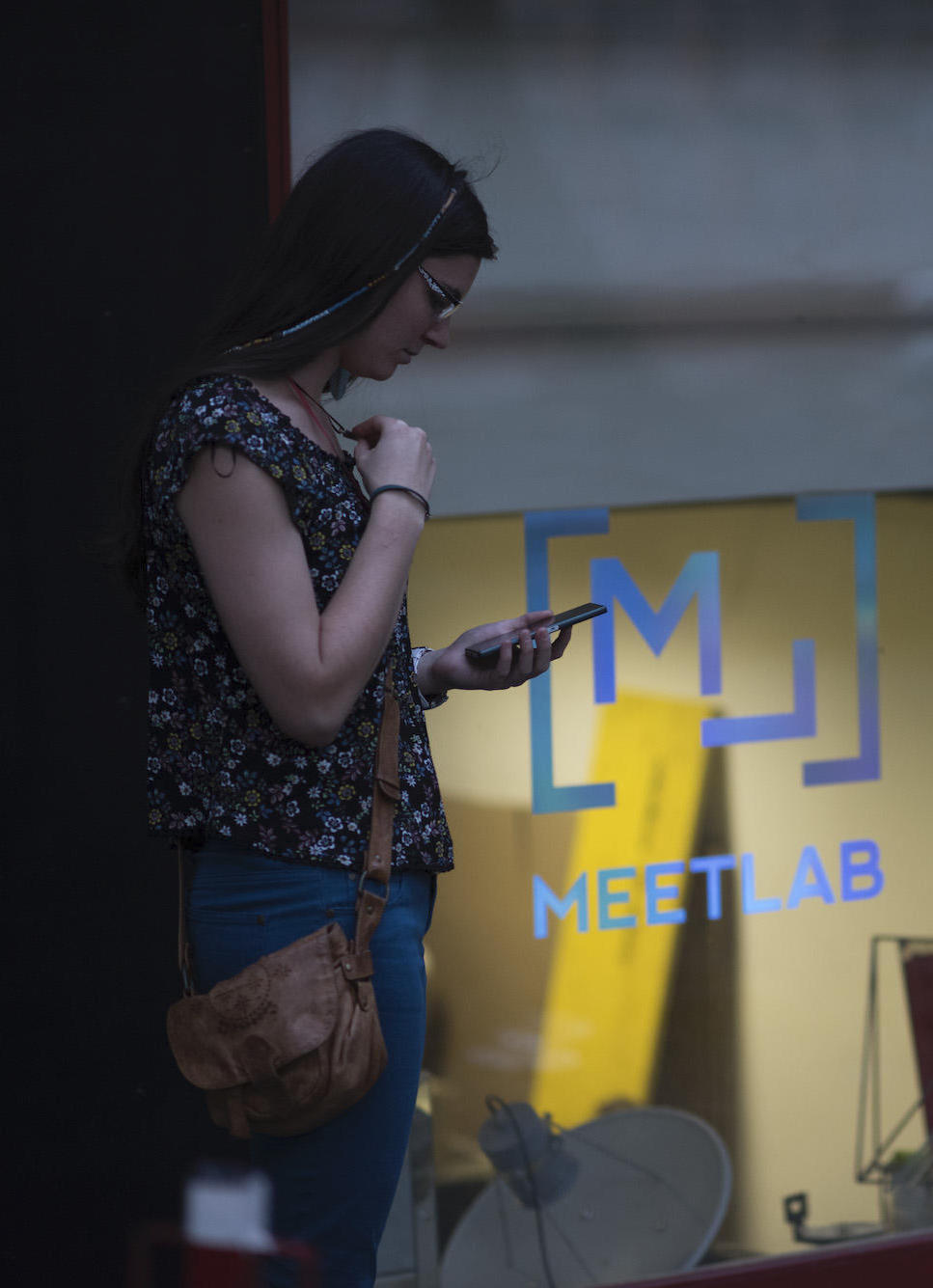
How to build a fictional reality?
Ambrus Ivanyos
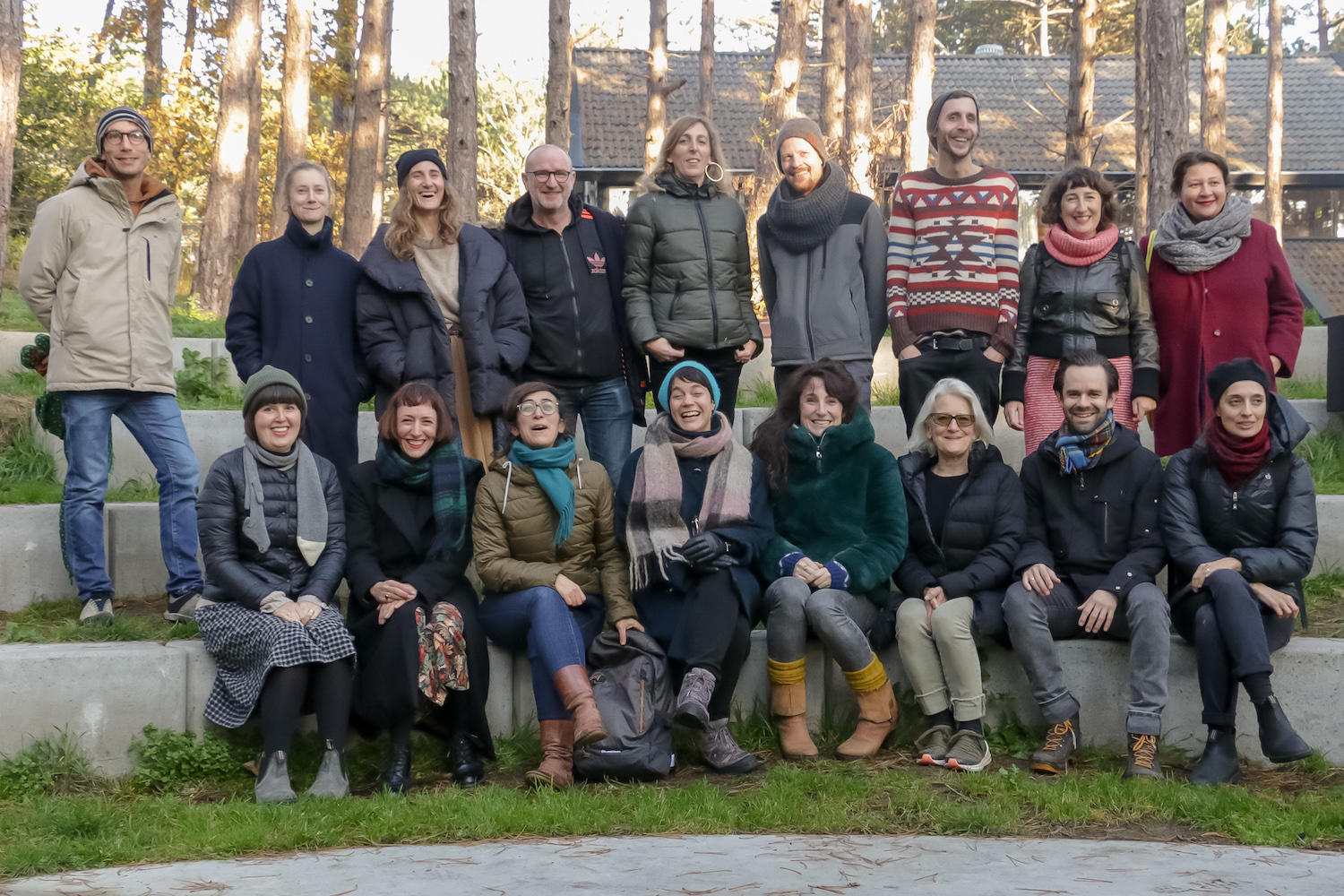
A glimpse of the 2018 Hot House in Terschelling
Nan van Houte
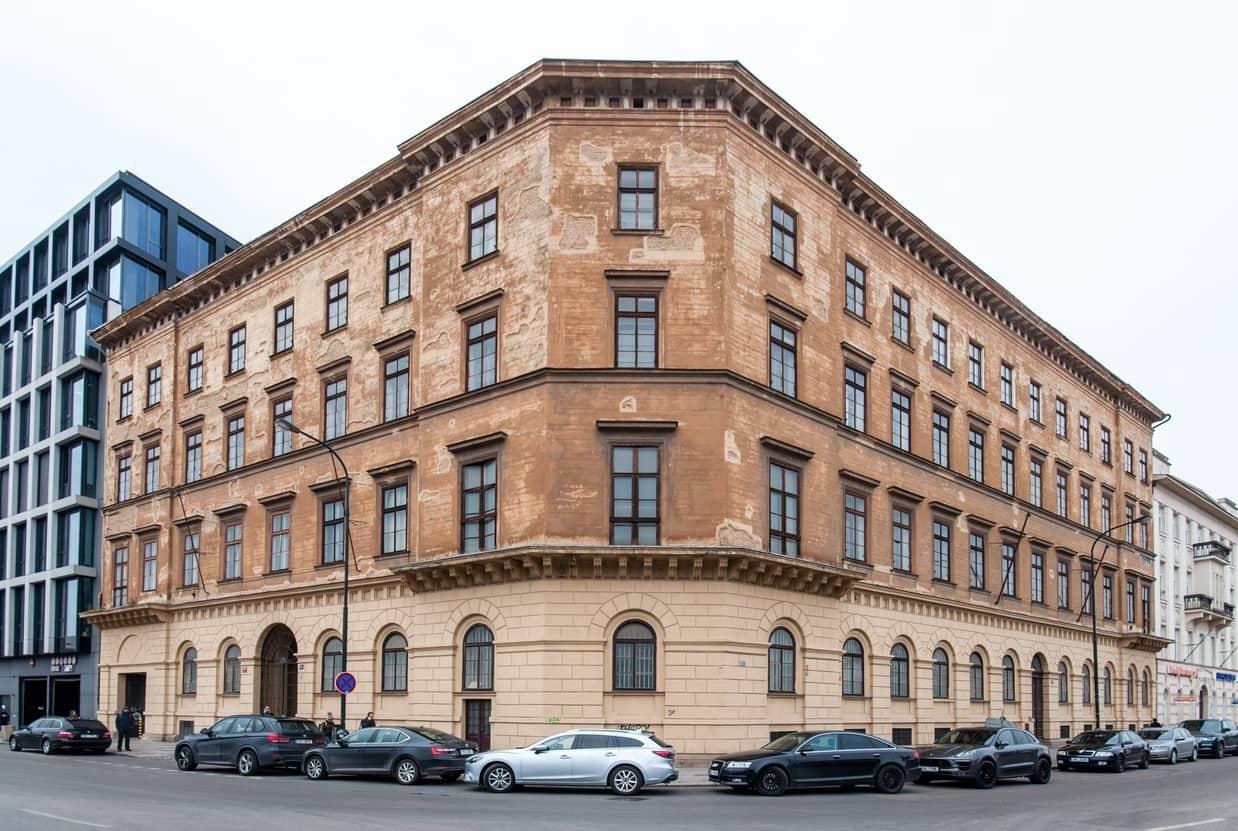
Follow me young man
Mathieu Braunstein
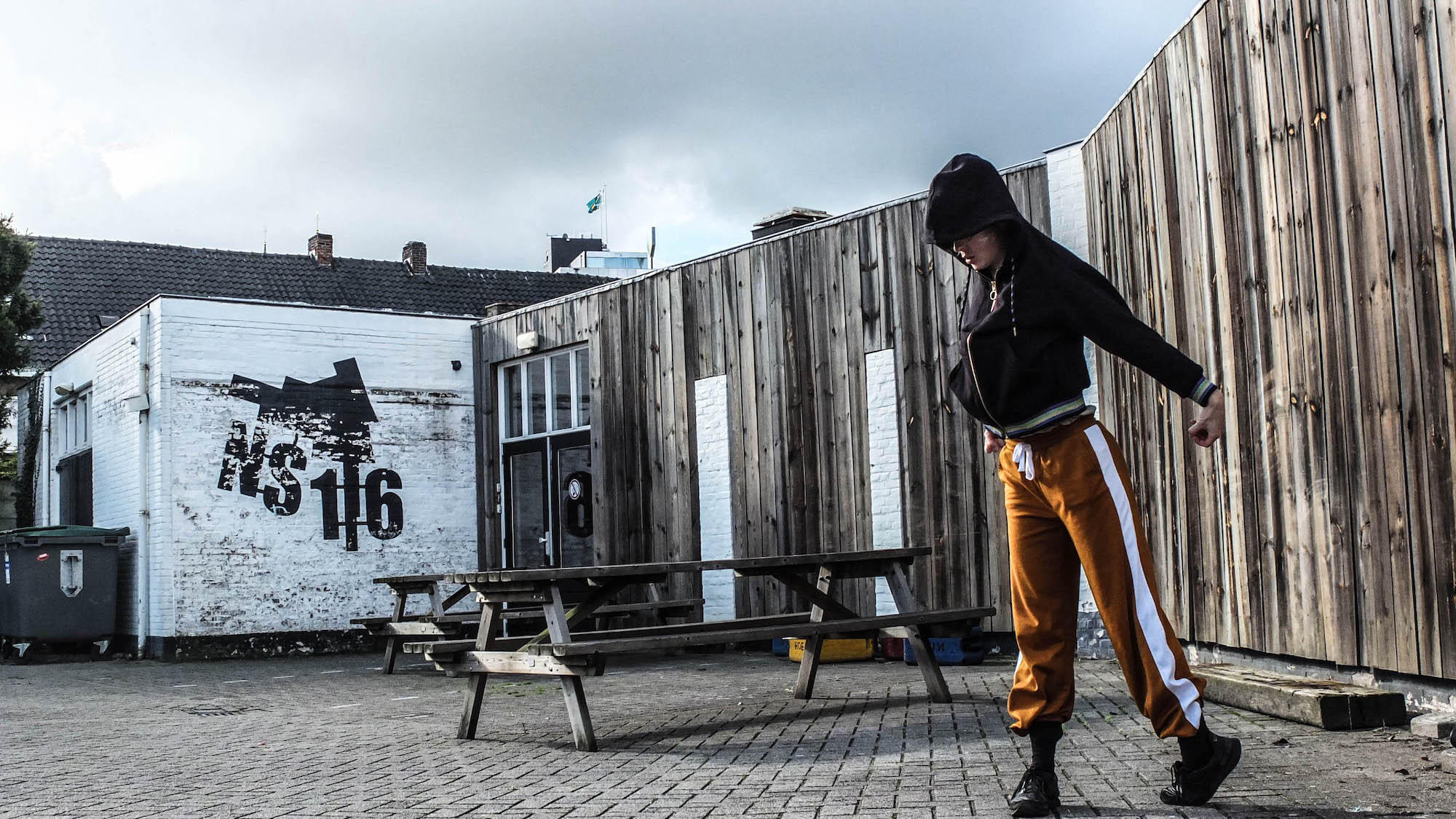
The Babel tricks
Mathieu Braunstein
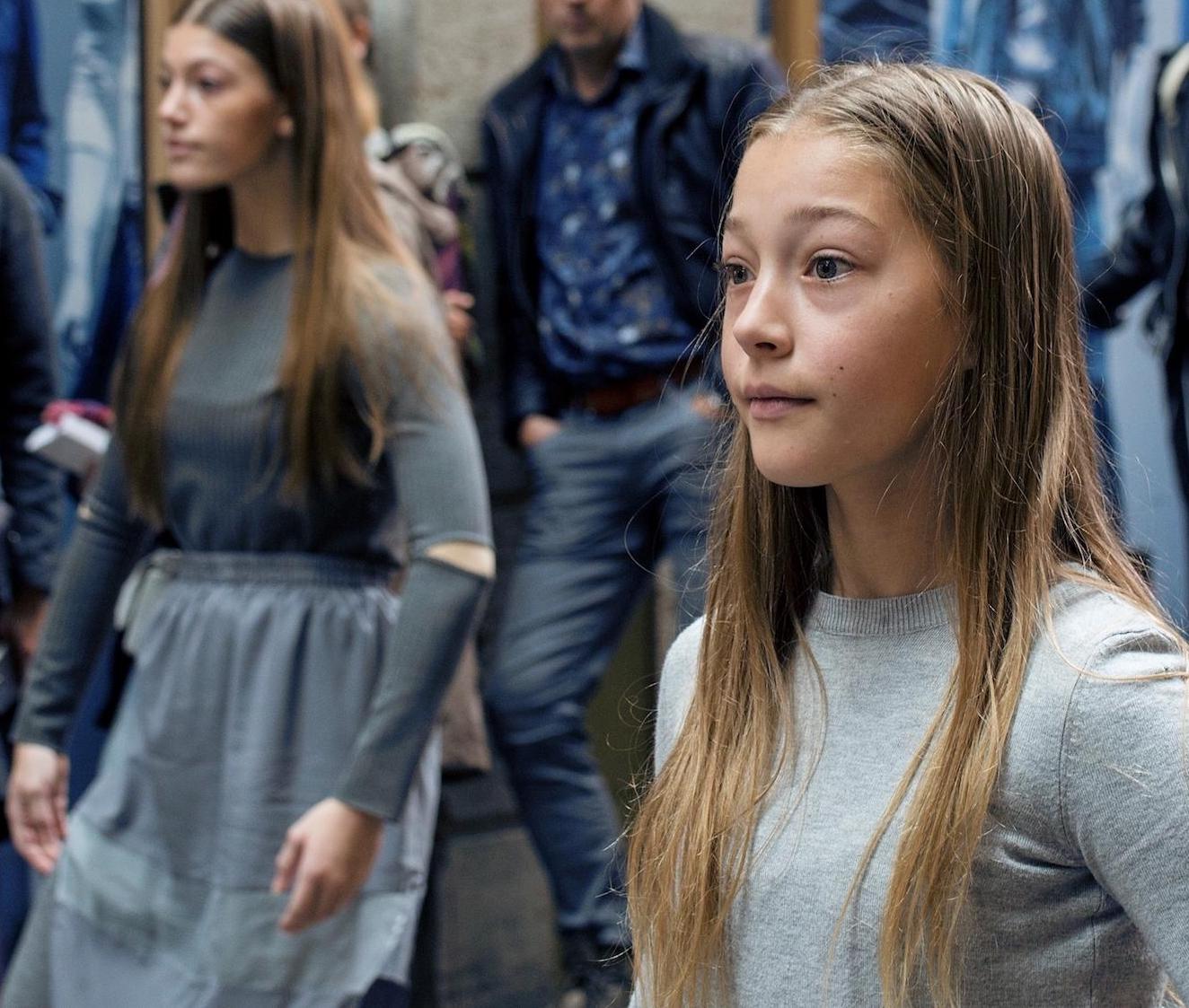
SYSTEM ERROR - Dance & Dare: Essay on Siri Loves Me
Ingrid de Rond
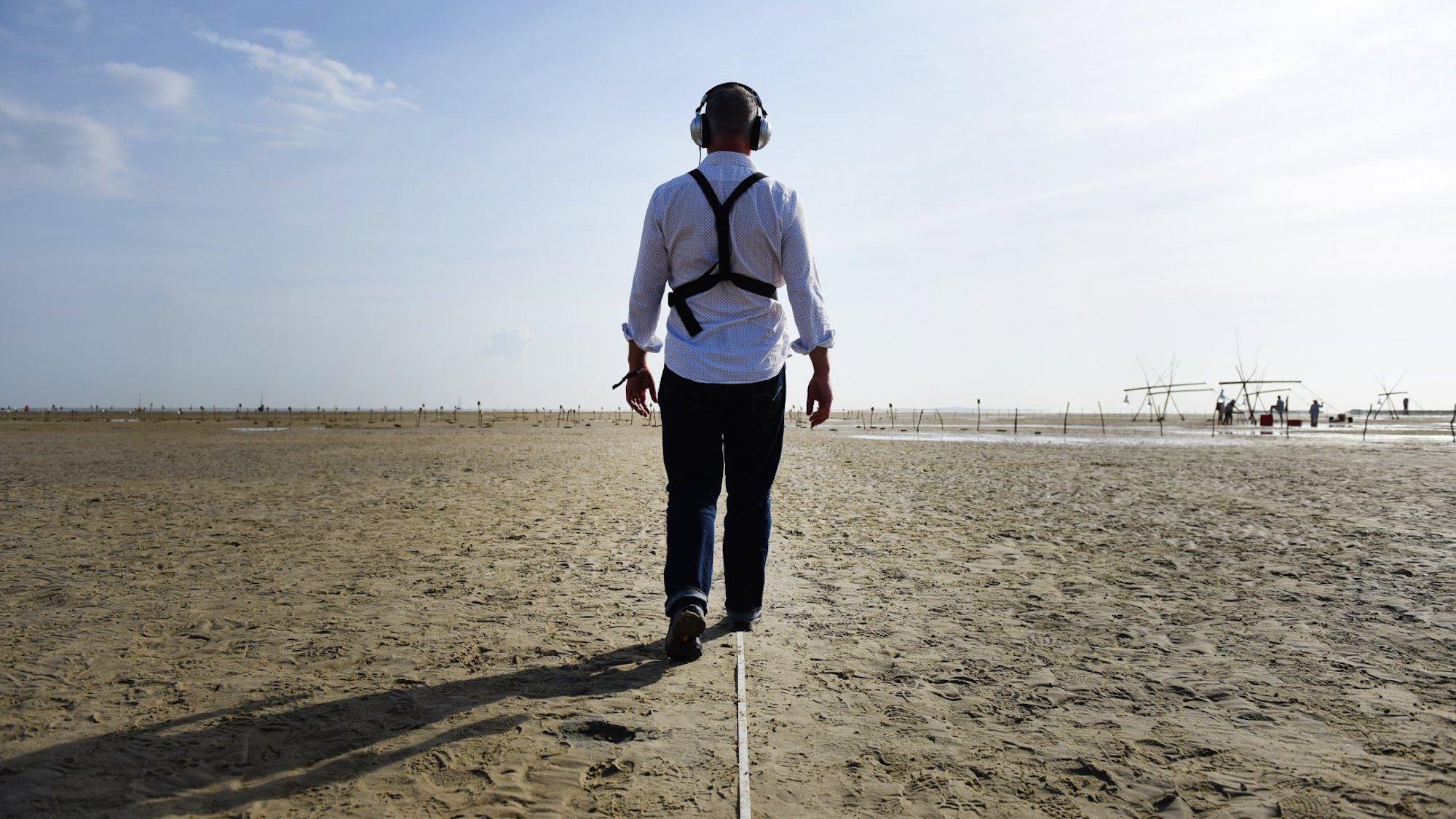
In the wind
Mathieu Braunstein
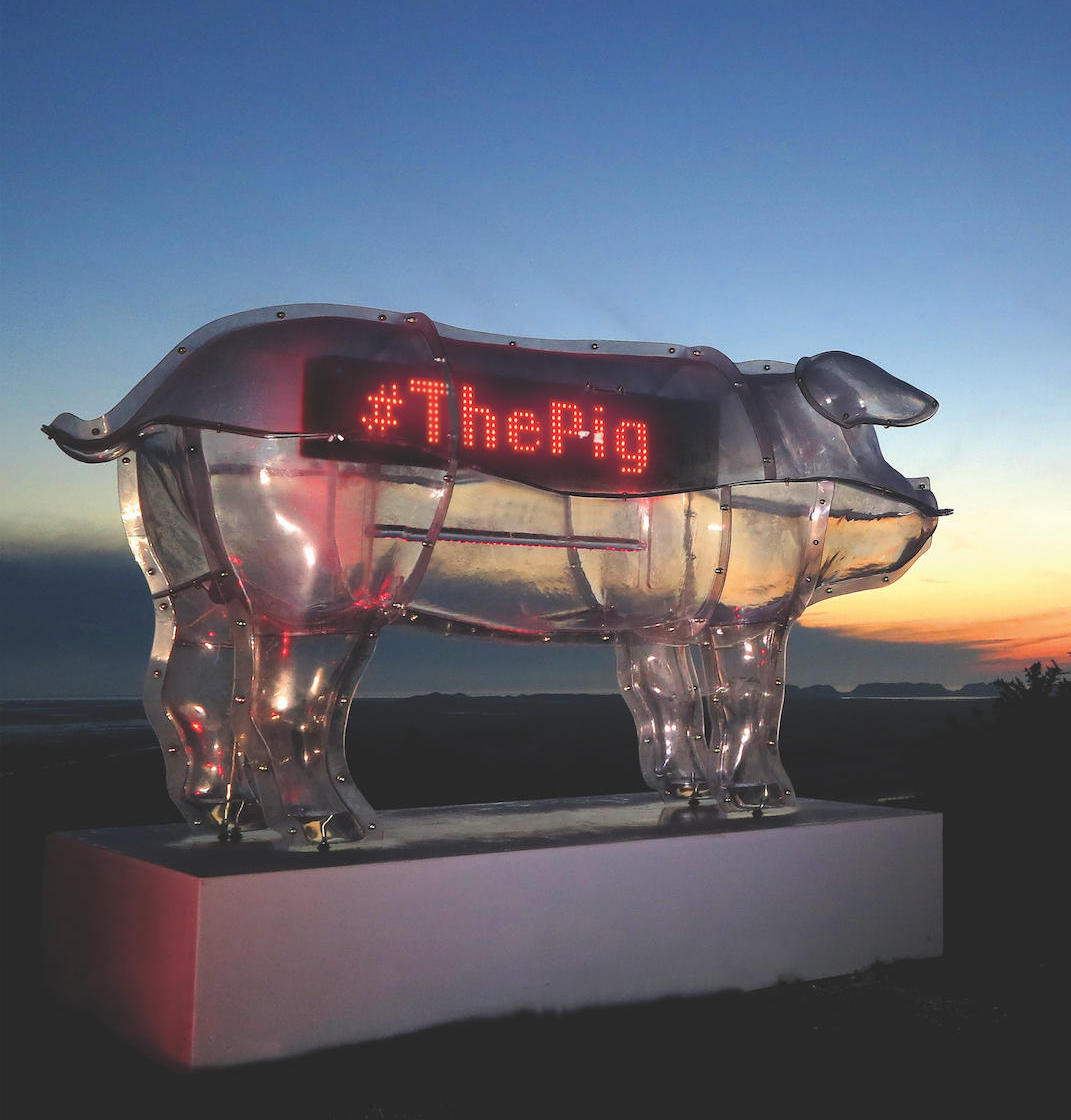
An Experiment in Collective Decision-making
James Moore - Curator-producer for Østfold Internasjonale Teater
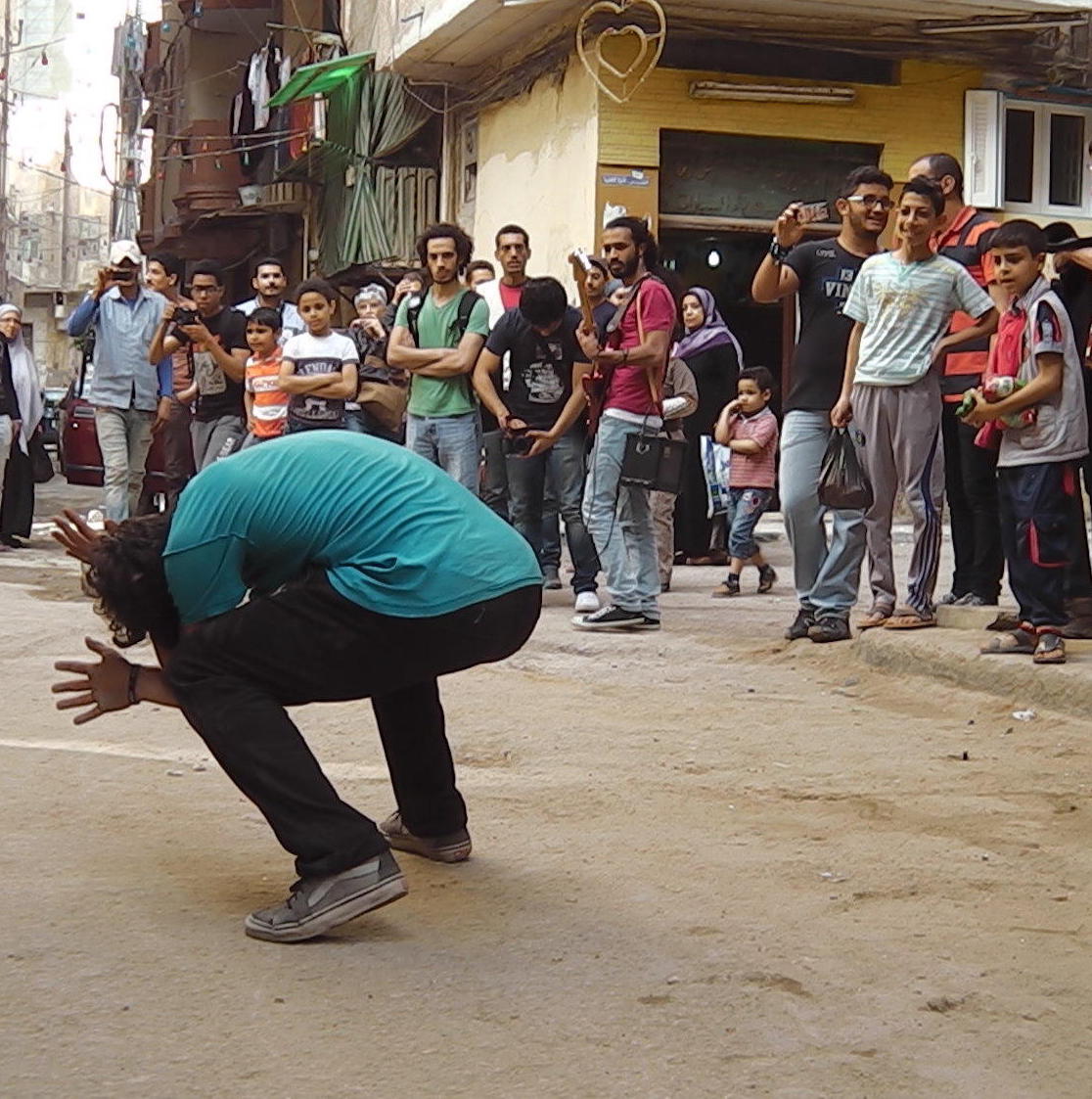
WHISPER OF THE DANCE
Fanni NÁNAY | PLACCC Festival
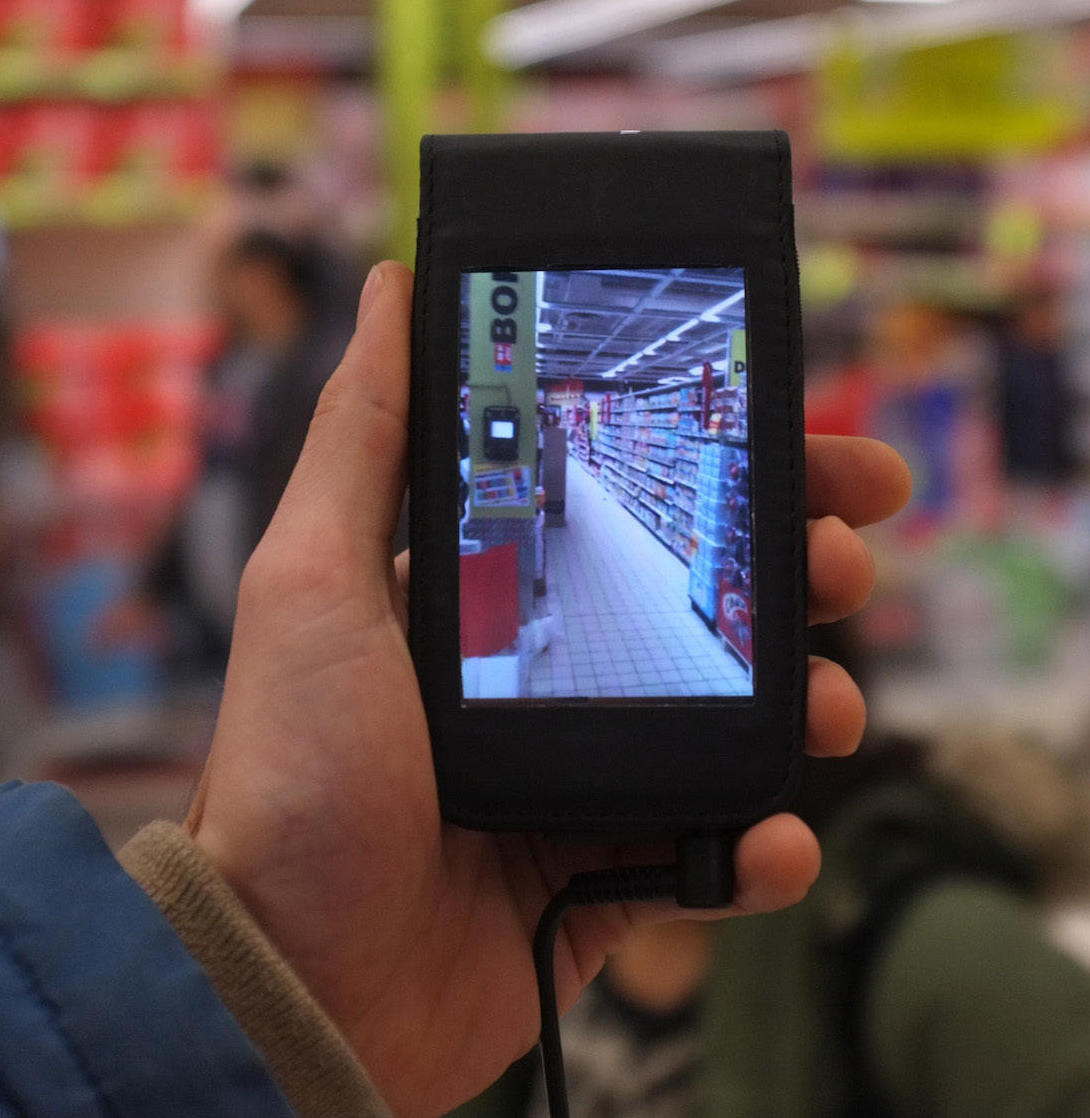
First Life - Hyper-reality according to Ici-Même [Paris]
Samantha Maurin
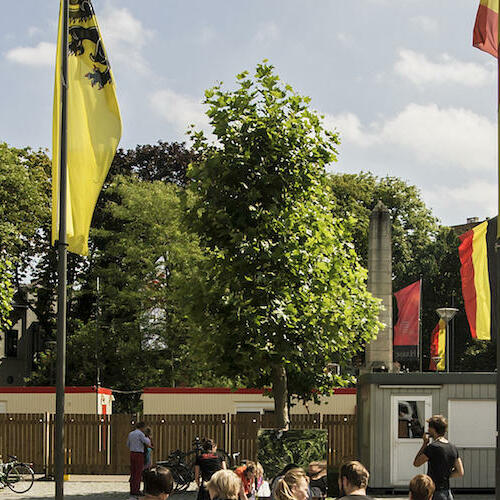
From a certain point of view
Mathieu Braunstein
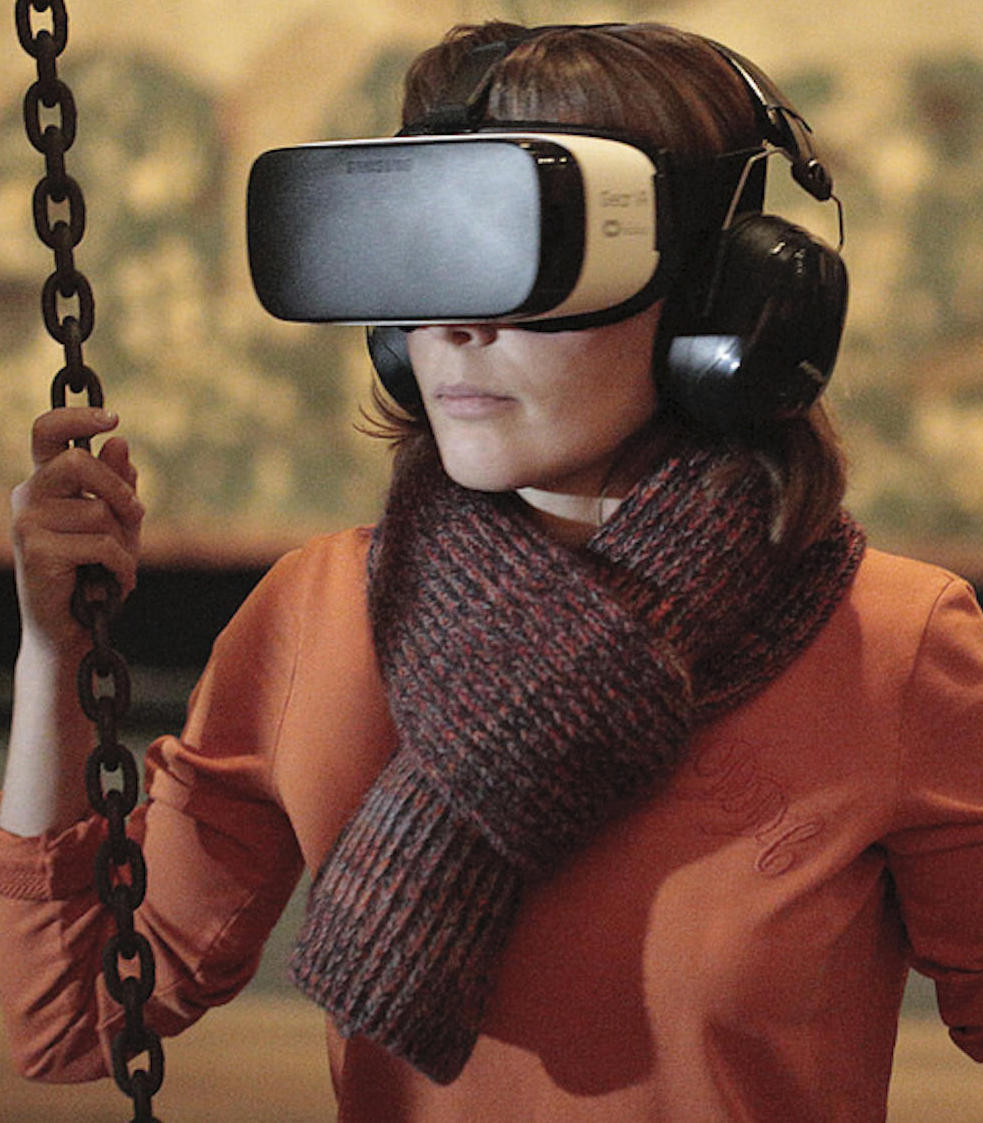
Brendan Walker's feedback on Pristina's ATELIERS 2017
Brendan Walker
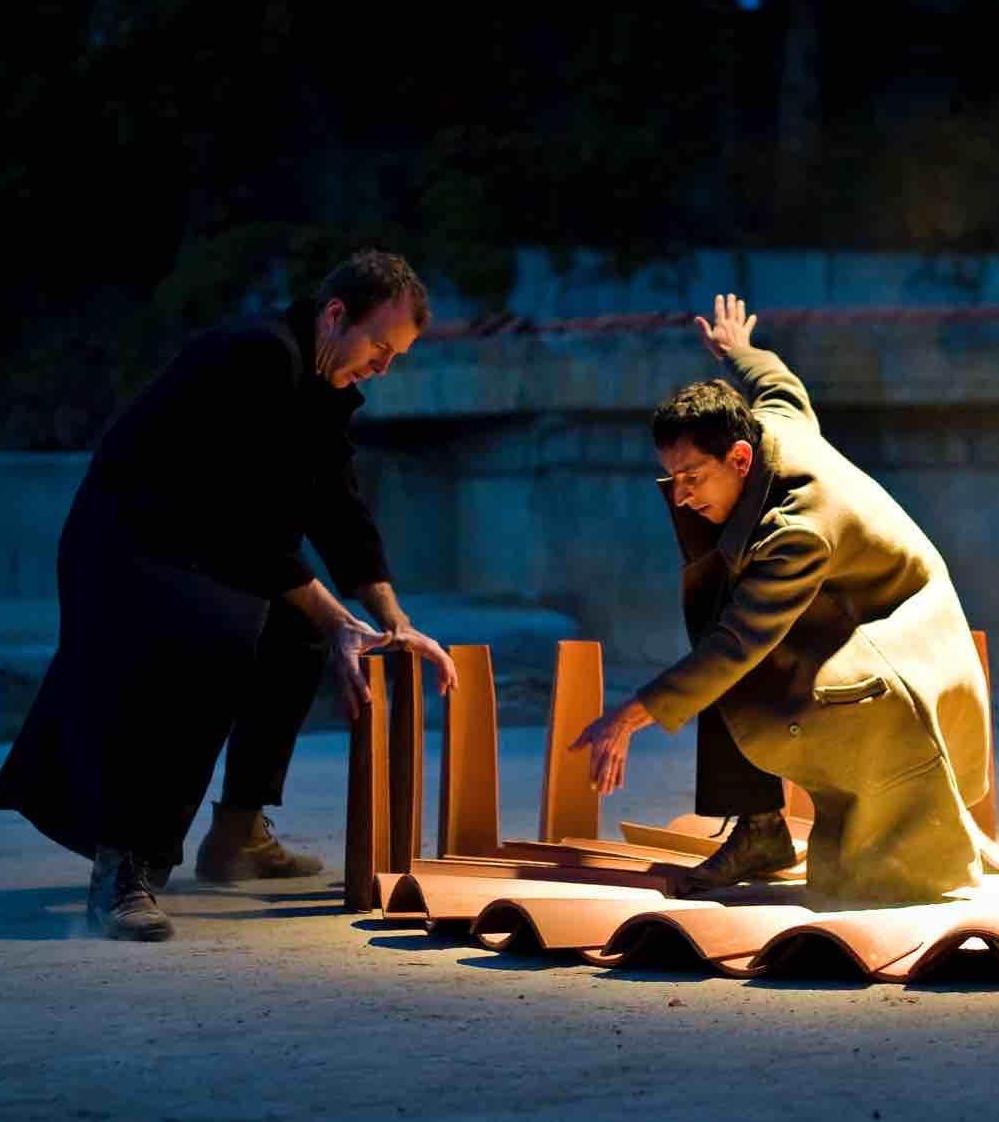
Extraordinary Travels
Mathieu Braunstein
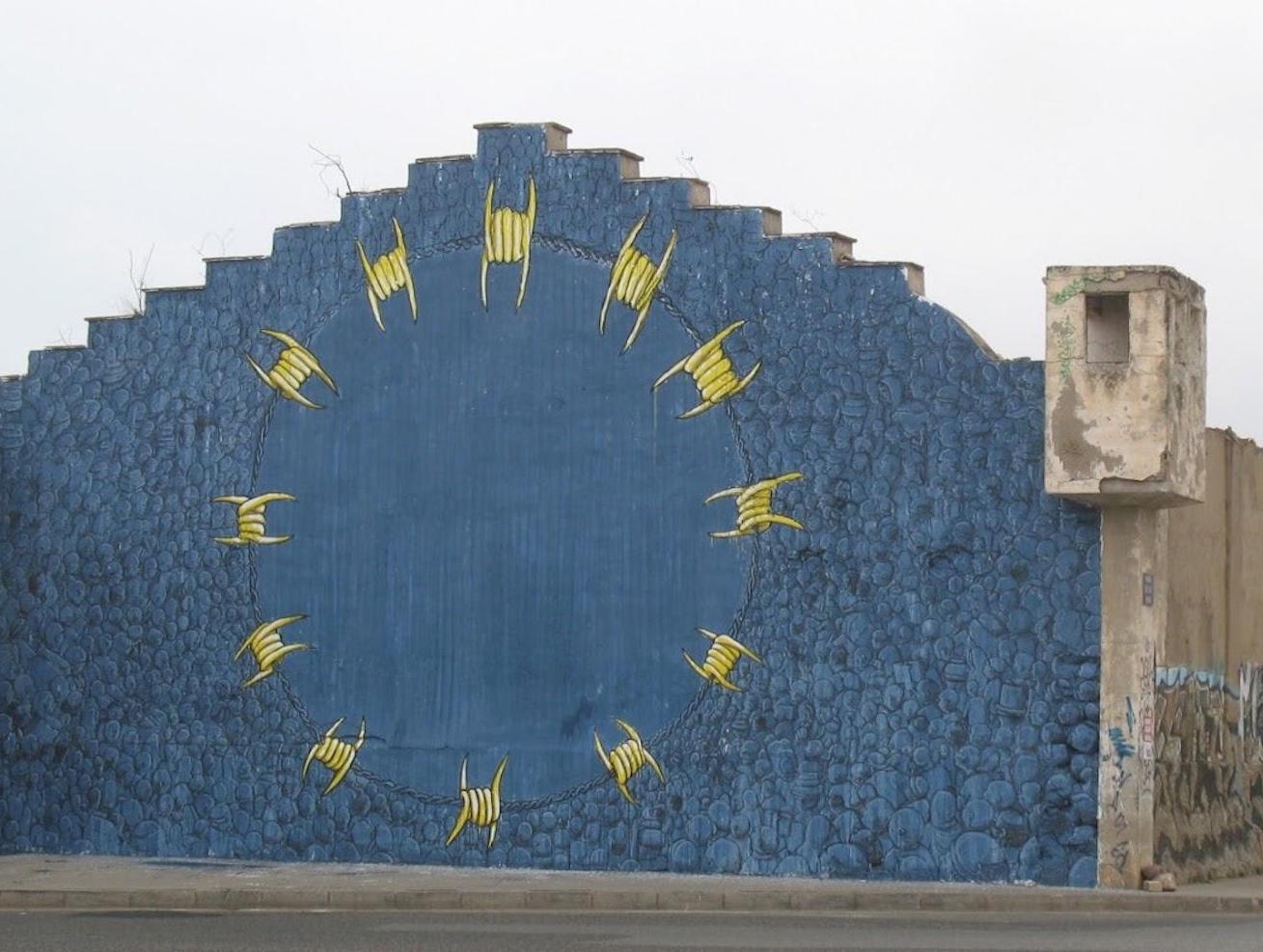
The Border
Mathieu Braunstein
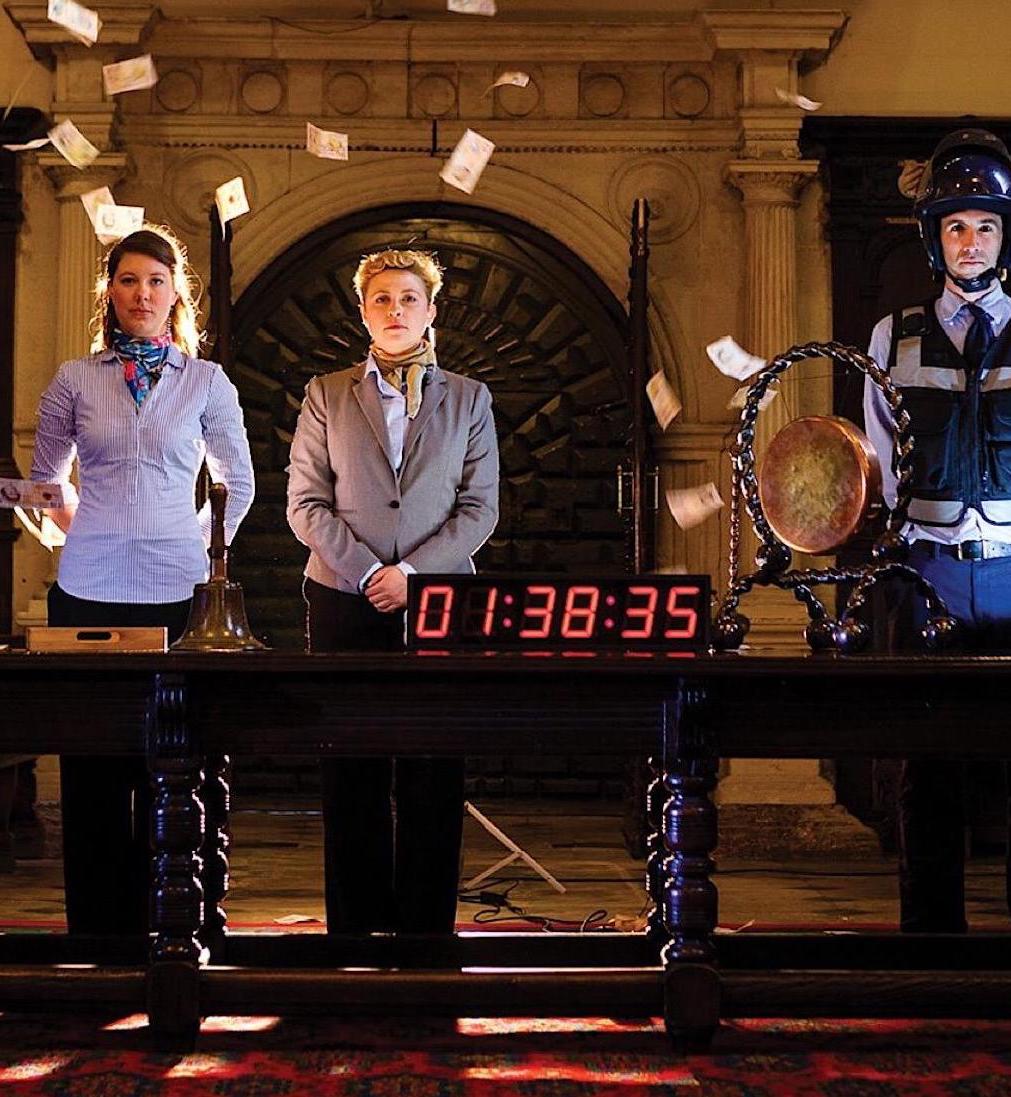
Giving and Sharing
Mathieu Braunstein
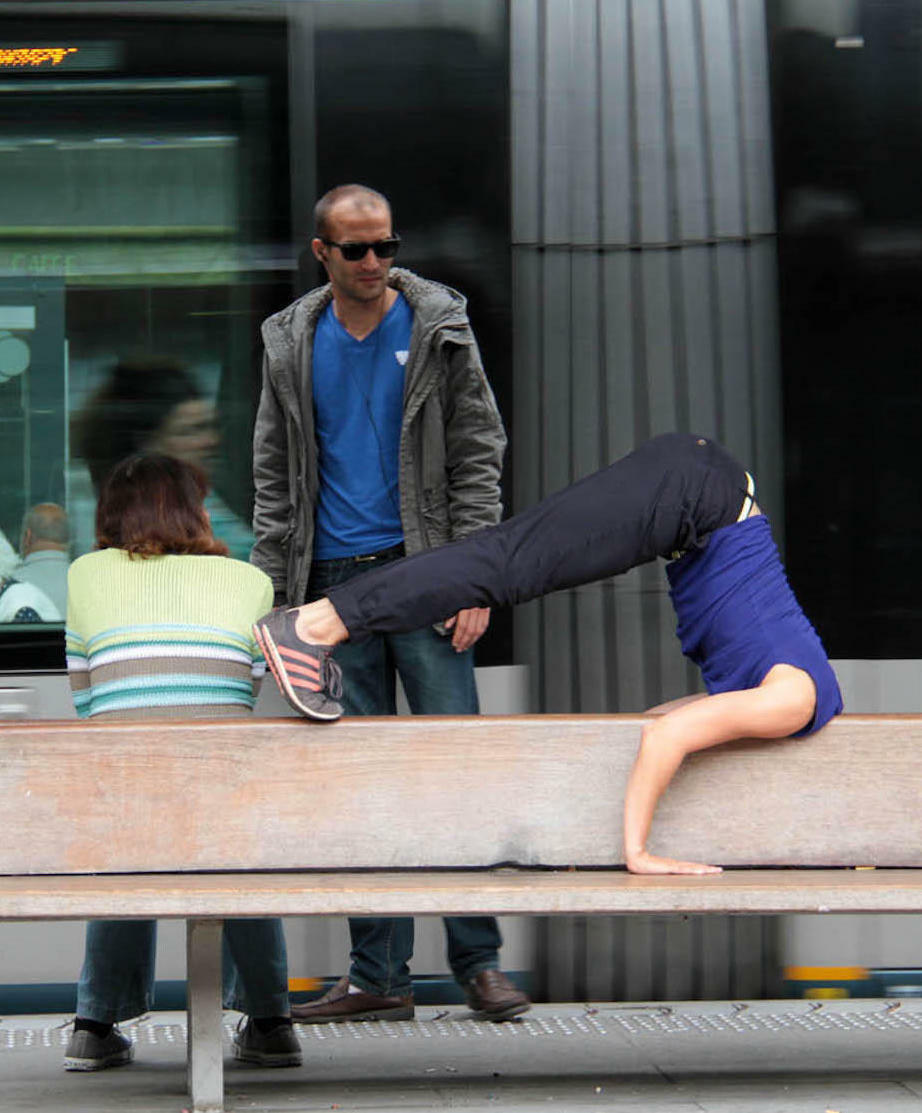
The New Rules to the Game
Mathieu Braunstein
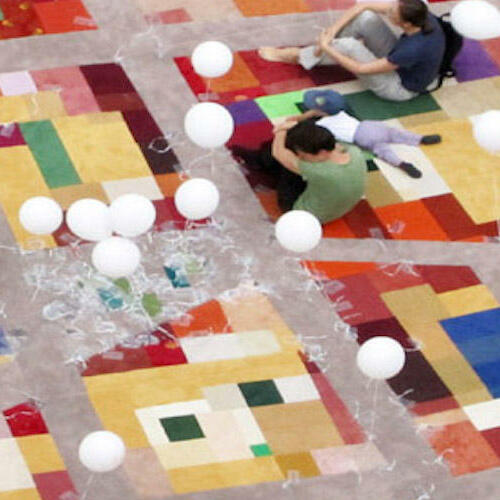
After fair trade, fair art ?
Fred Kahn
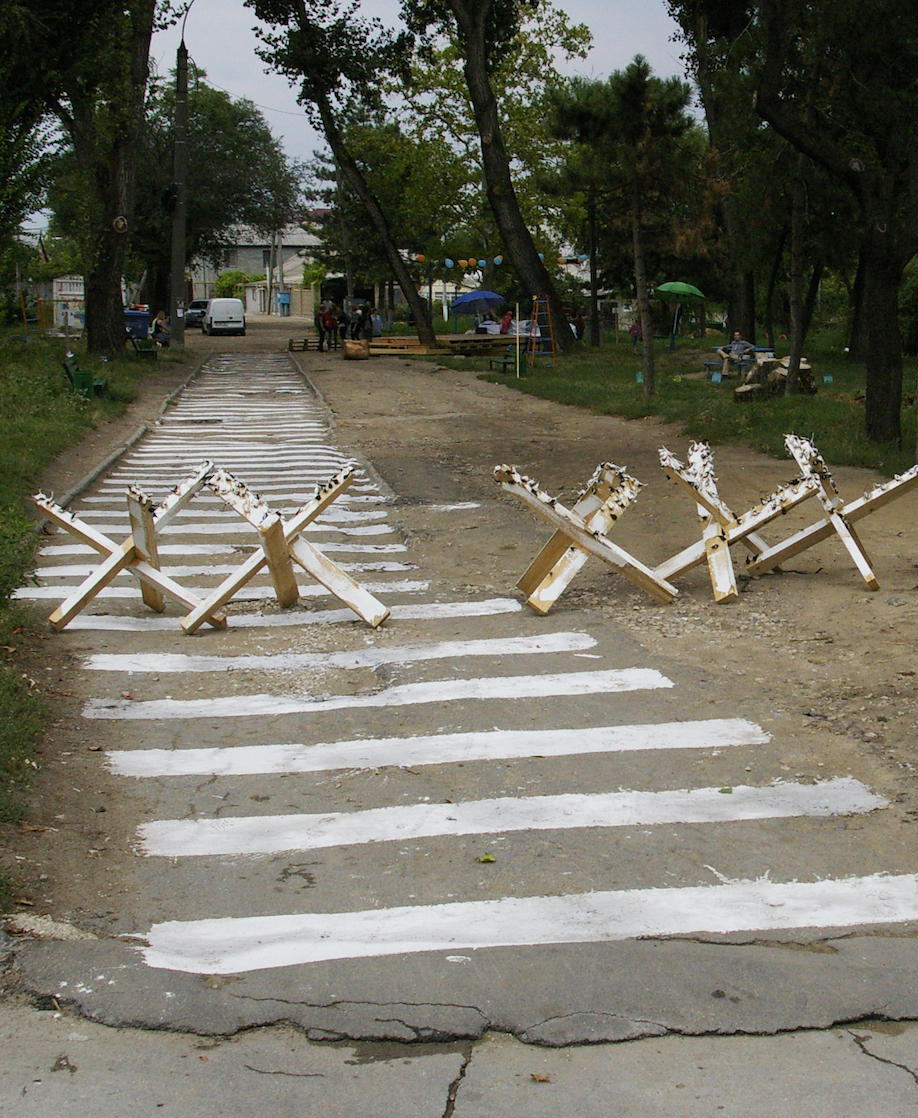
From both sides
Maddy Costa, journalist
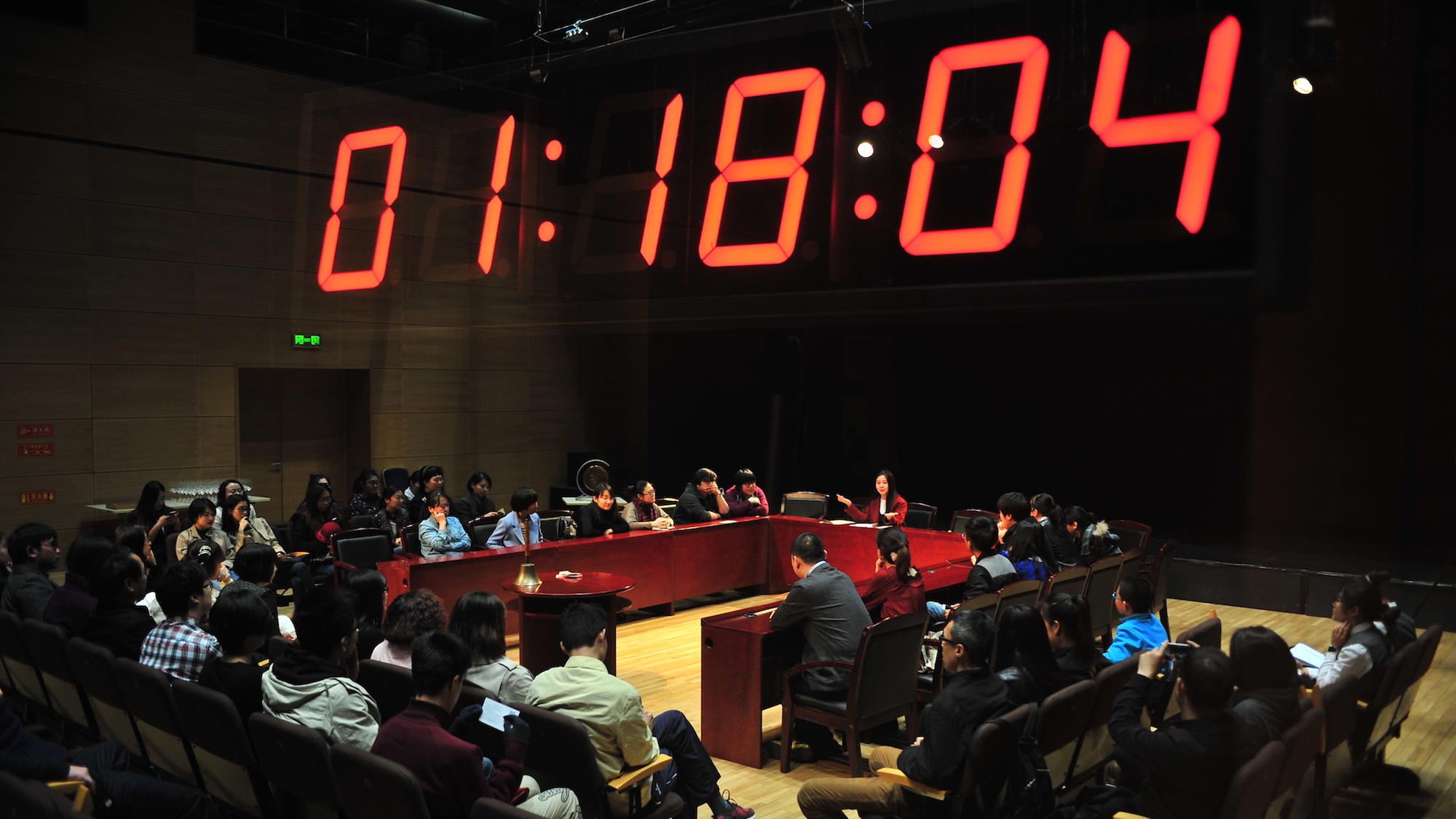
In the name of the people
Jean-Marie Durand
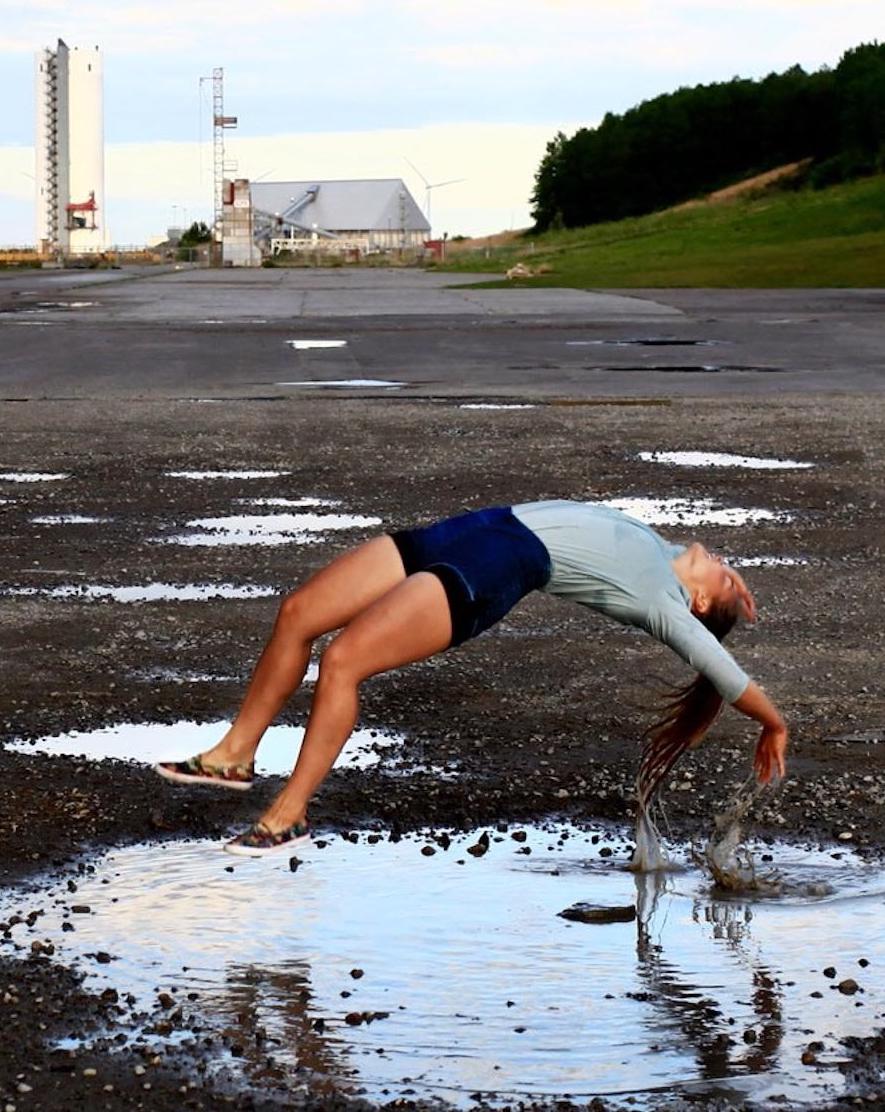
Changing Metropolis : a Framework for Action and Reflexion
Metropolis - art and performance in public space
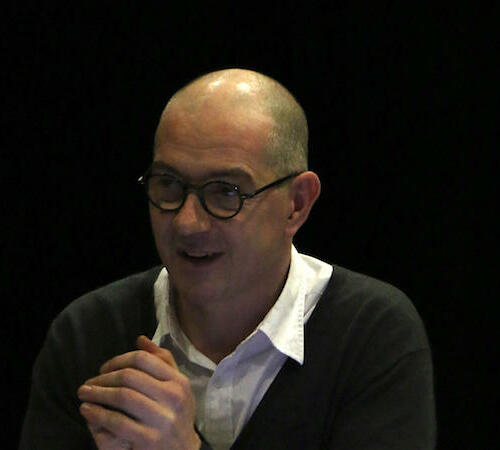
A periscopic perspective
Antoine Pickels
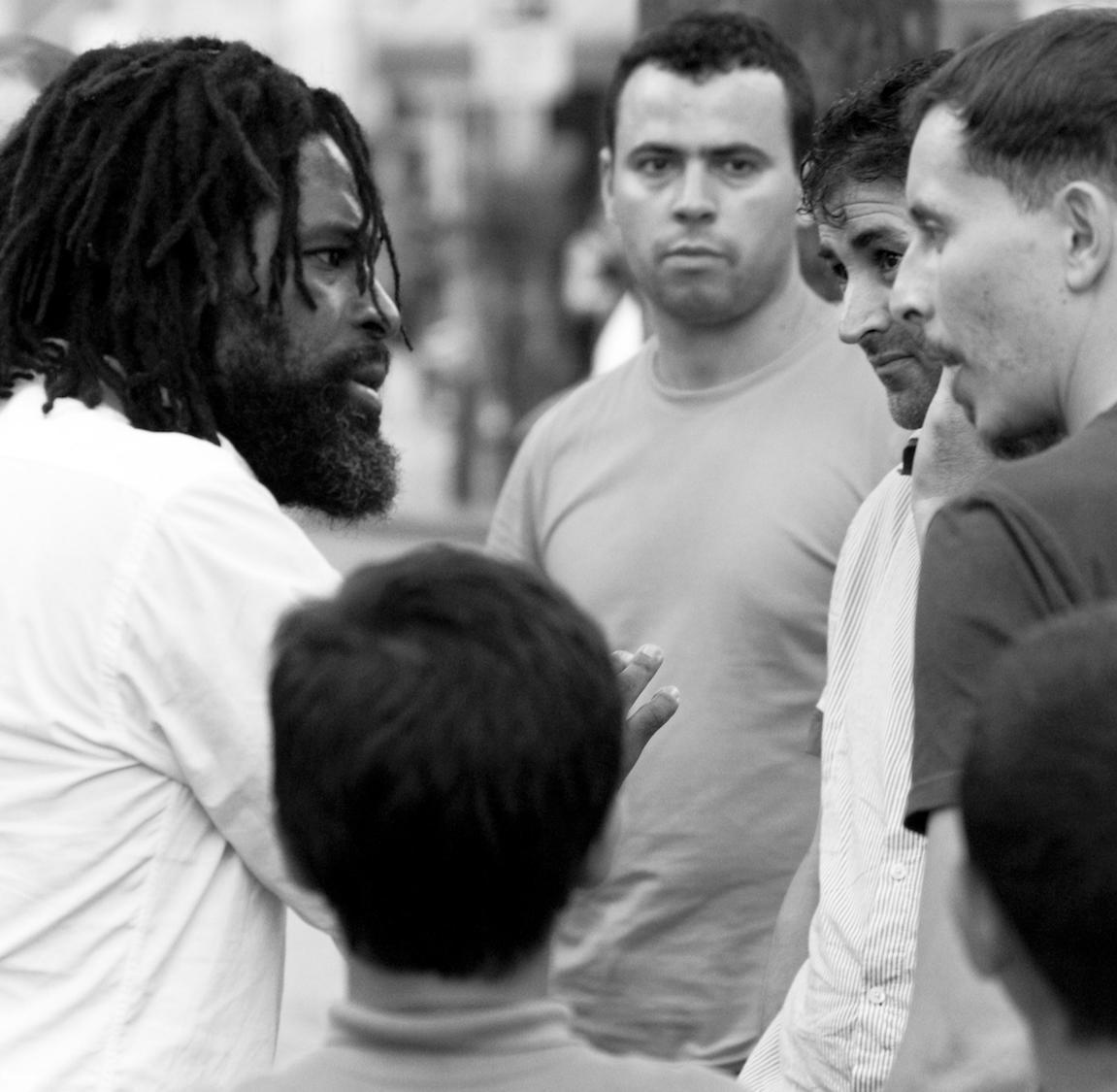
Time is life
Mathieu Braunstein
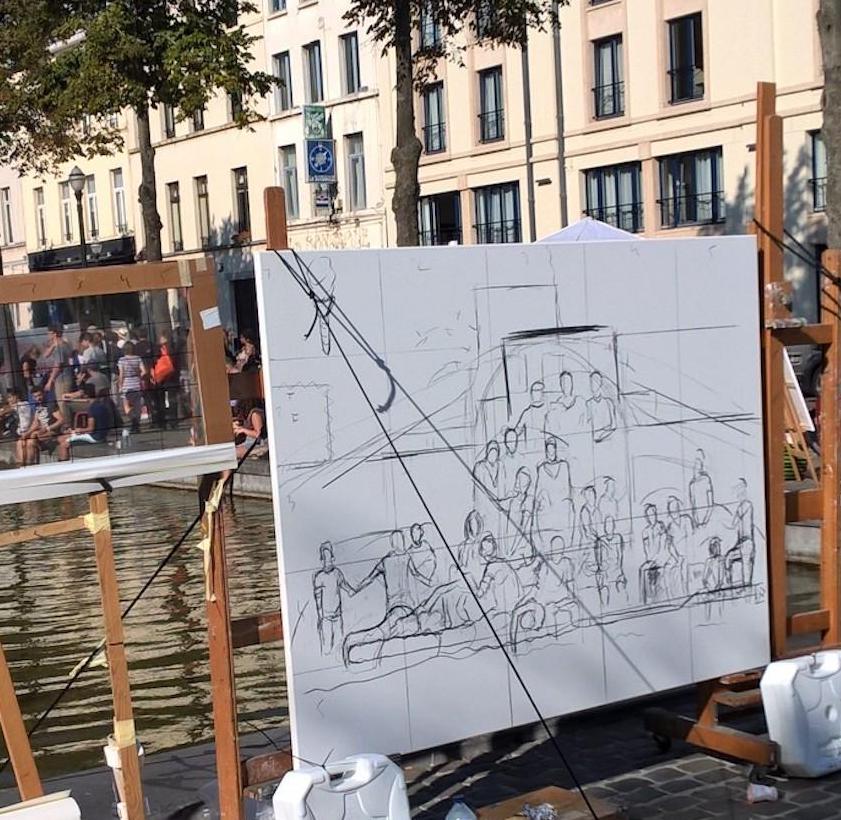
Security at what cost?
Mathieu Braunstein
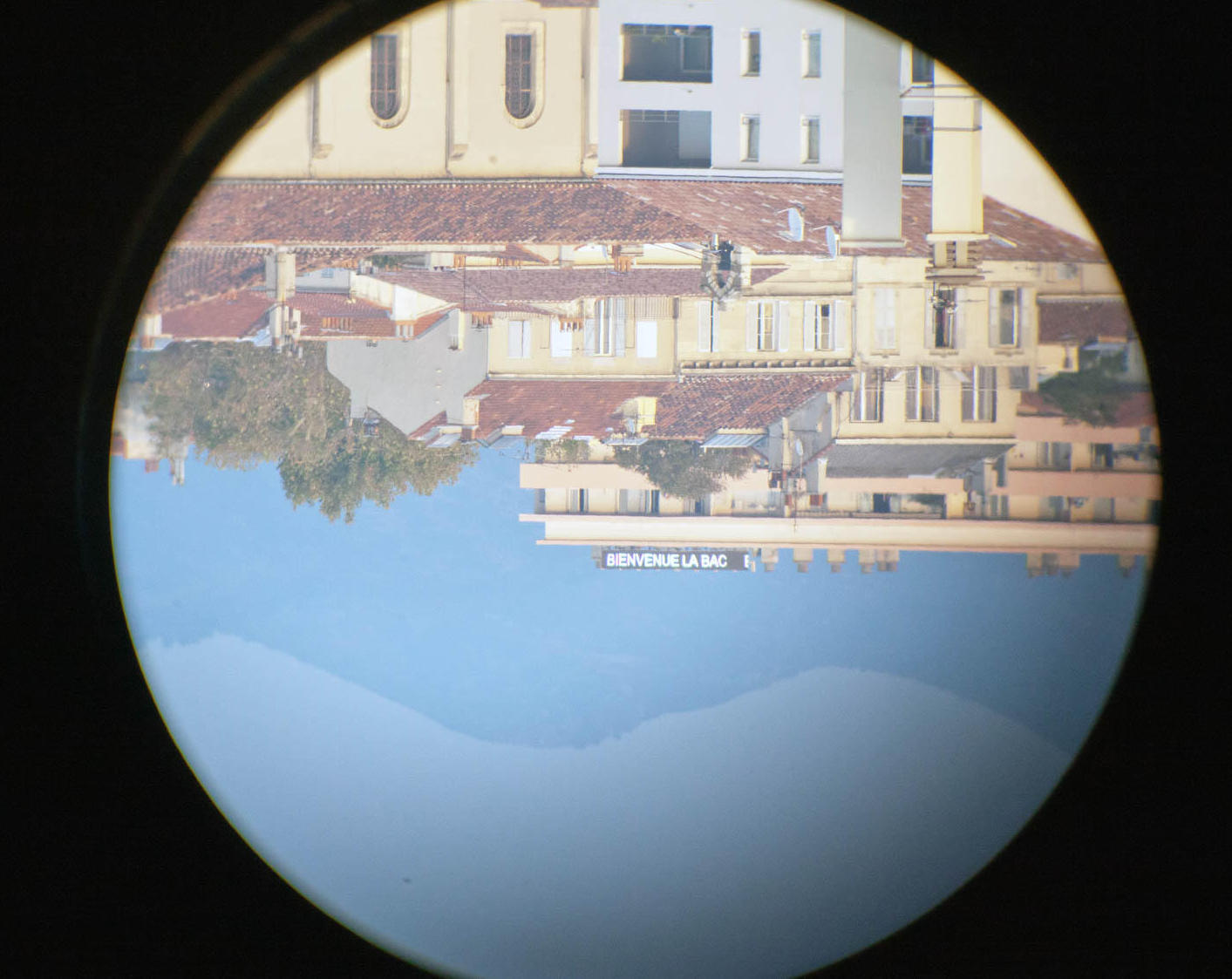
Column #4: A series of passing
Mathieu Braunstein
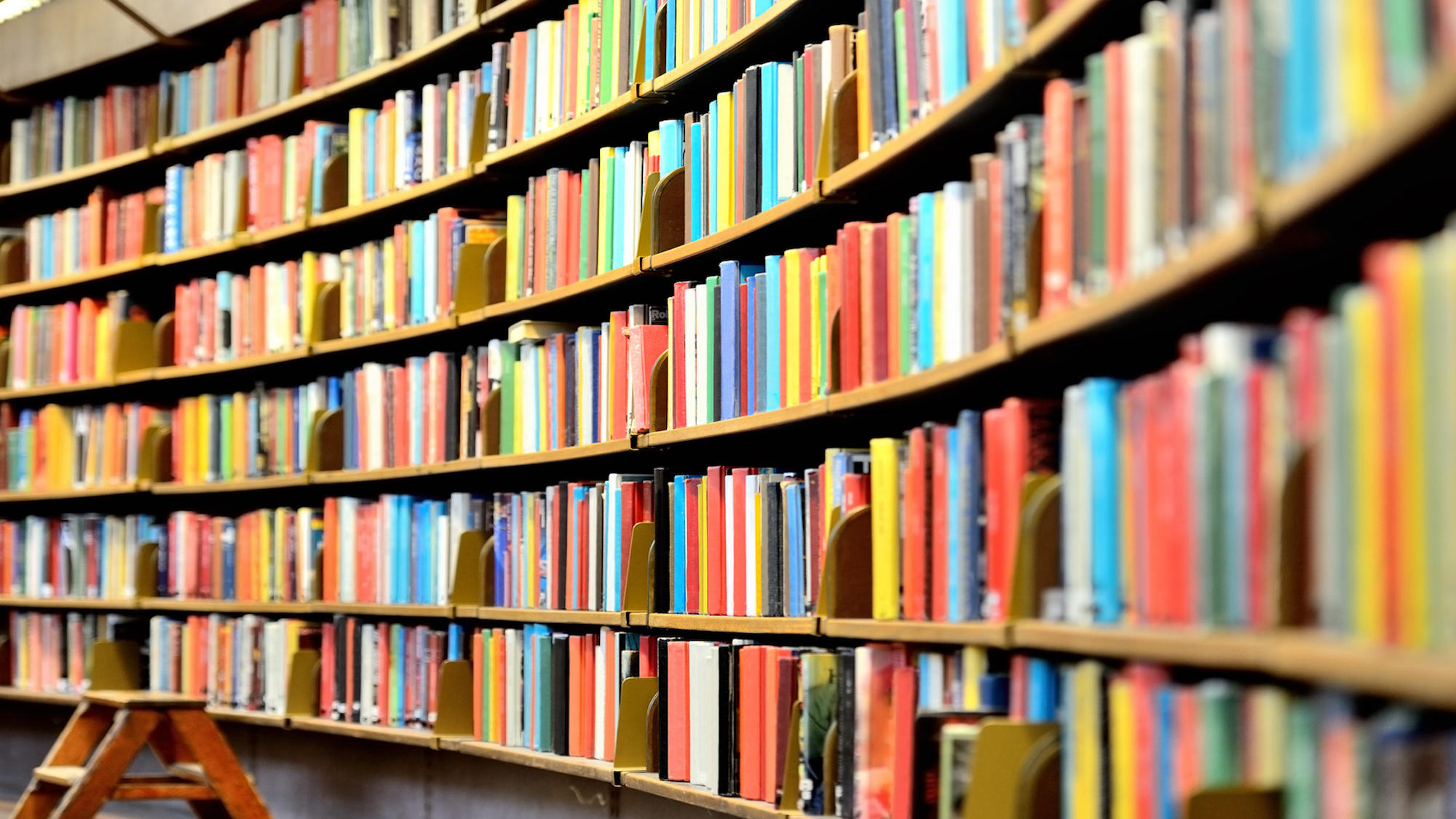
Column #3 : Cardboard Beacons
Mathieu Braunstein
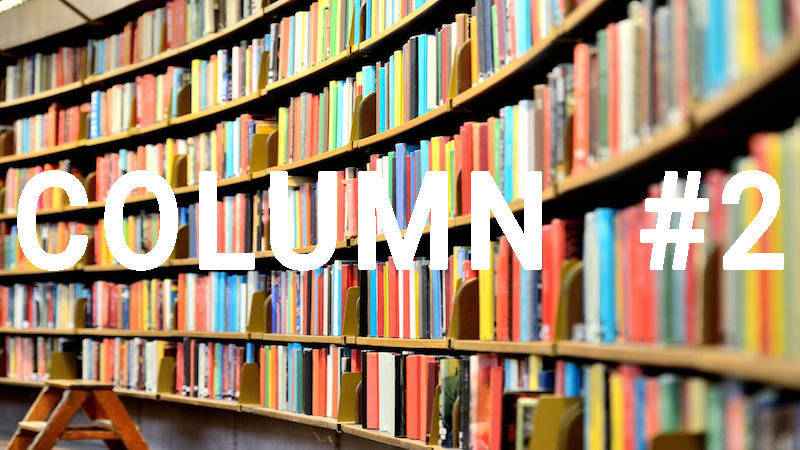
Column #2 : The Balkan Route
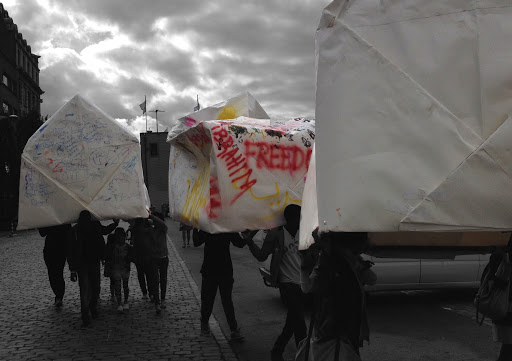
Column #1 : In praise of margins
Mathieu Braunstein
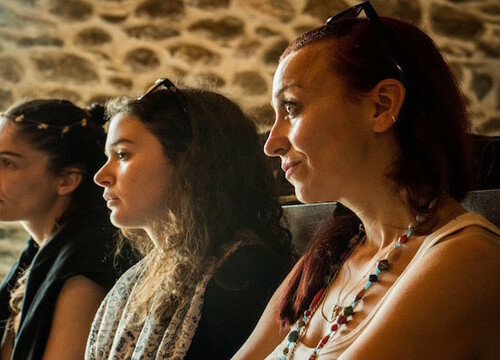
"The sense of belonging in a participative artistic creation"
Hajrulla Ceku
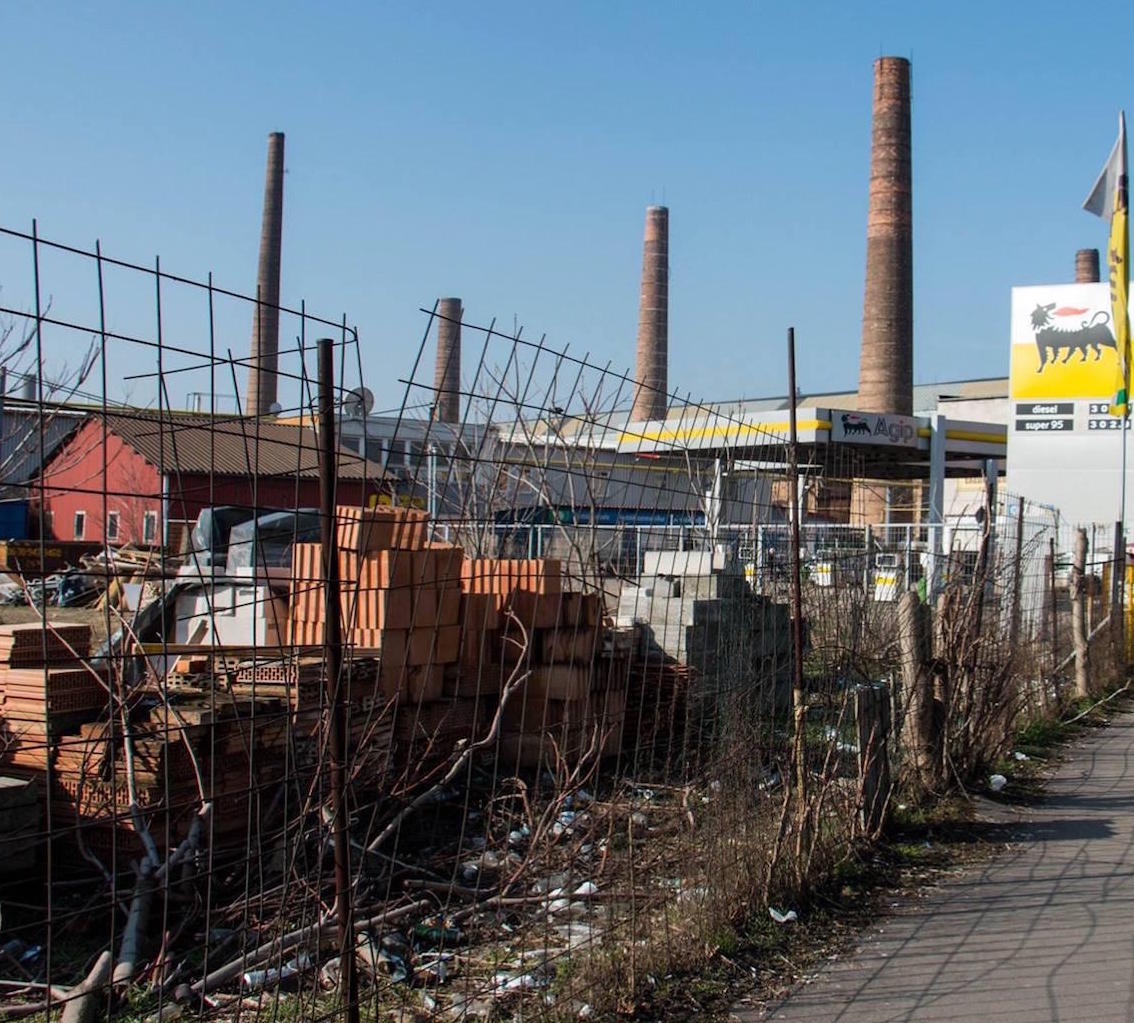
Ephemeral sounds and virtual tents or what do we need to jump?
Tamás Jászay - Emerging Spaces 2016, Budapest
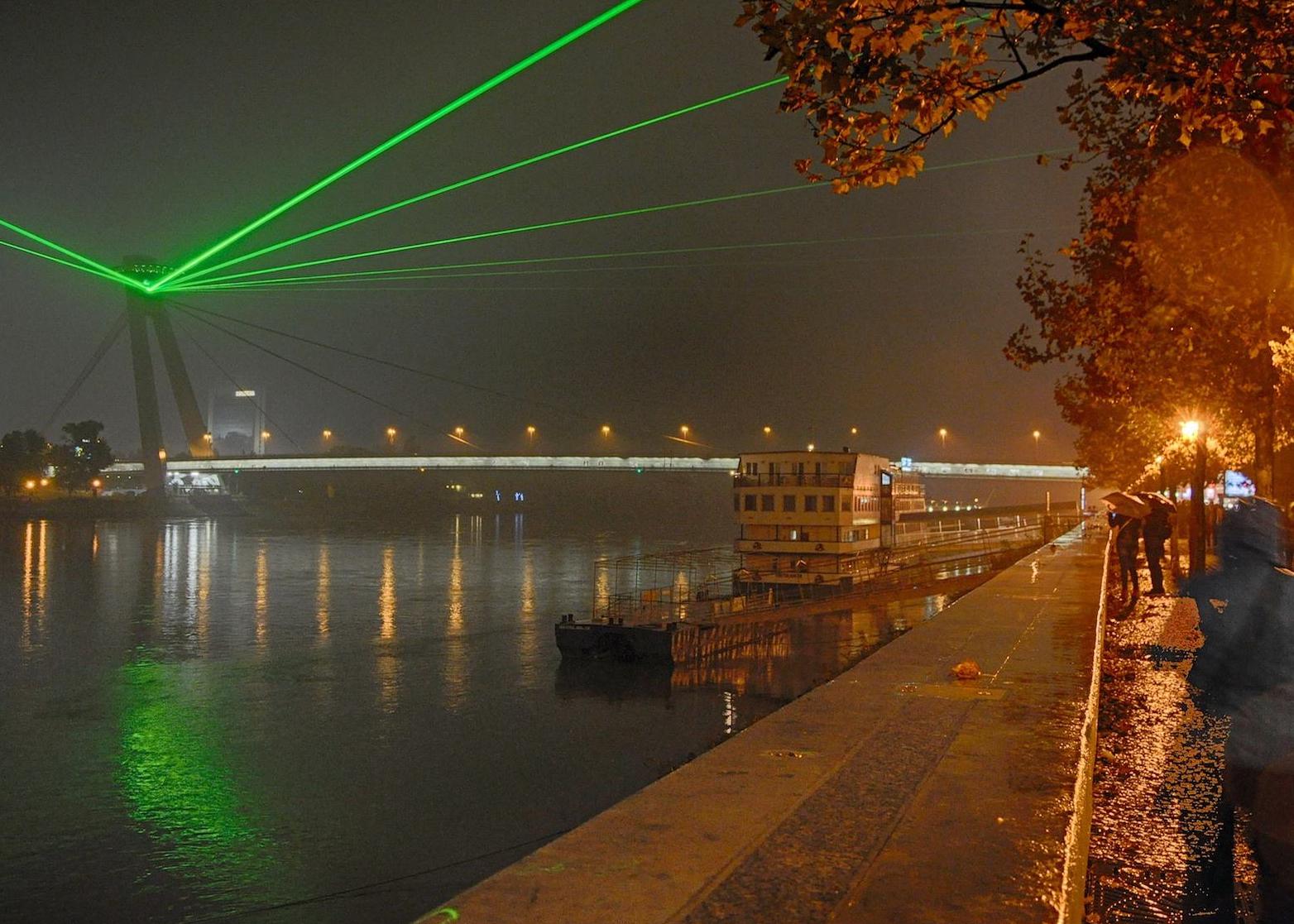
Freedom Fighters
Fabienne Arvers and Hervé Pons (Les Inrocks)
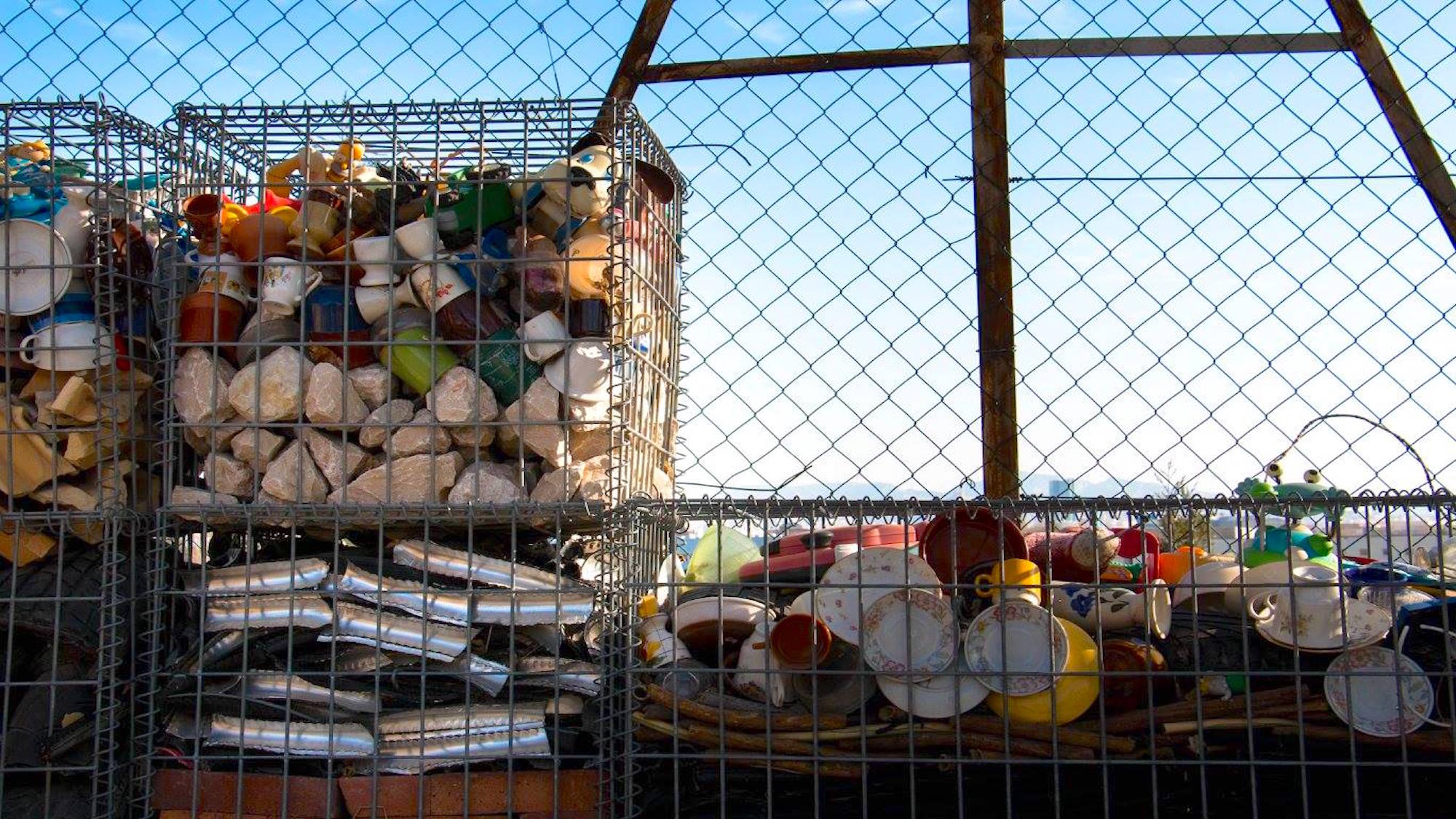
Report on the Emerging Space Marseille: Breaking Down Barriers
Mathieu Braunstein
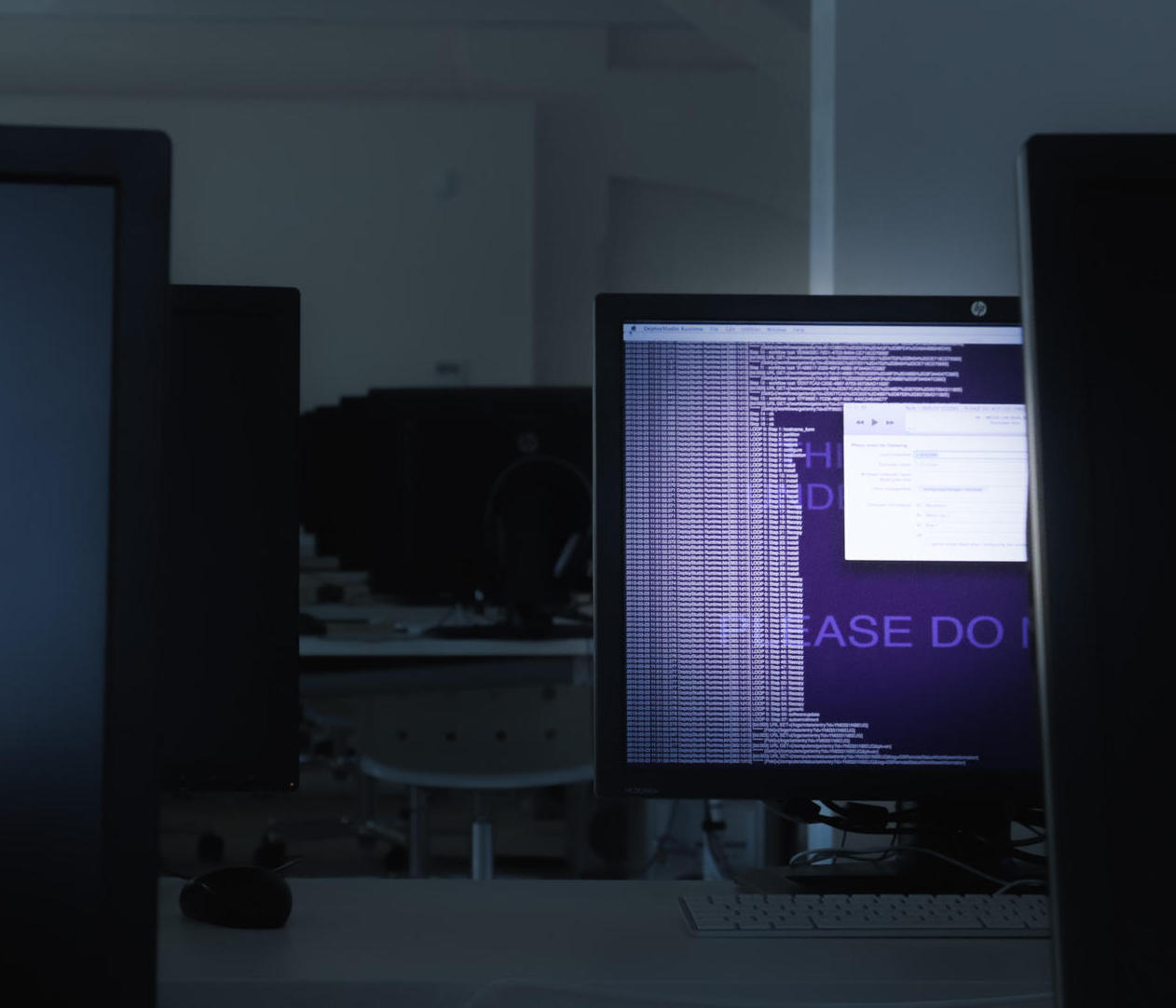
Art and New Technologies
Maddy Costa
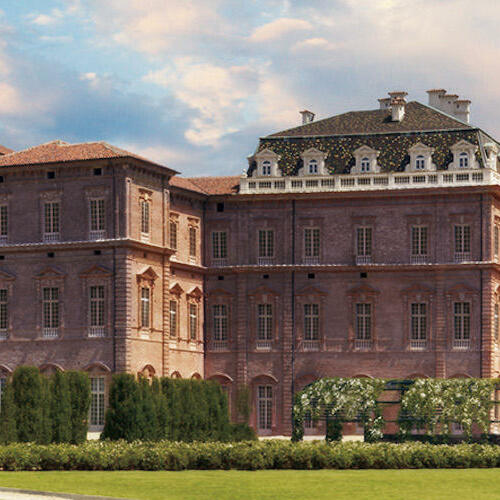
Footprint, sight, space: from site-specific creation to site-sensitive art
Giorgia Marino
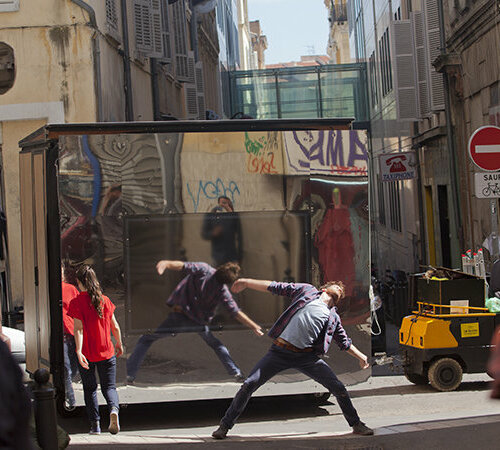
The street belongs to us
Neil Butler (UZ Arts) & Werner Schrempf (La Strada), interviewed by Hugues Le Tanneur (Les Inrockuptibles)
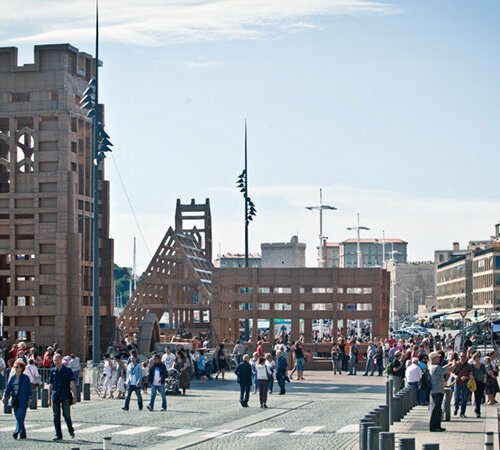
Fleeting Cities in Europe
Olivier Grossetête & Anna Rispoli (Zimmerfrei), interviewed by Quentin Guisgand, Ariane Bieou (IN SITU) and Jasmine Lebert (Lieux publics)
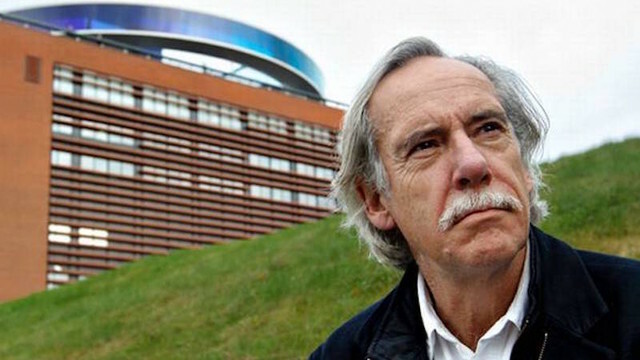
Interview with Trevor Davies
Jean-Sebastien Steil & Ariane Bieou
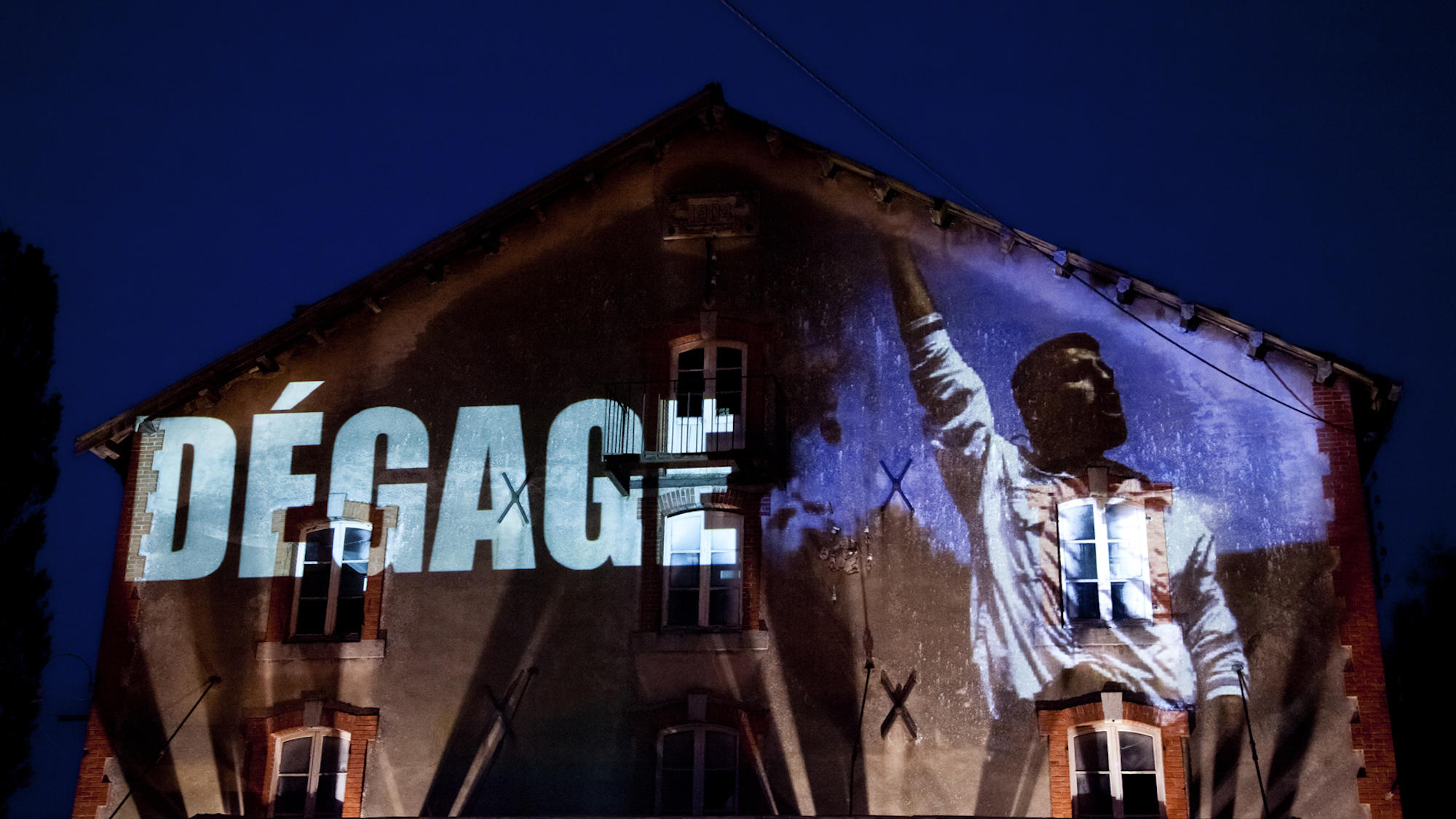
Artists And The Foreign Presence In Europe: Productions That Buck The Trend
Jean-Sébastien Steil
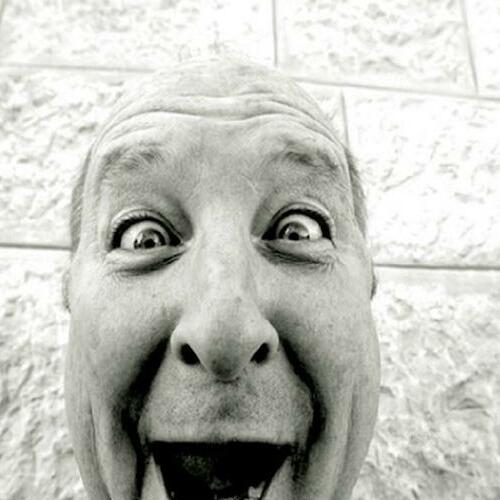
Whose walls? - Transient art for a shared public area
JR - Photographer
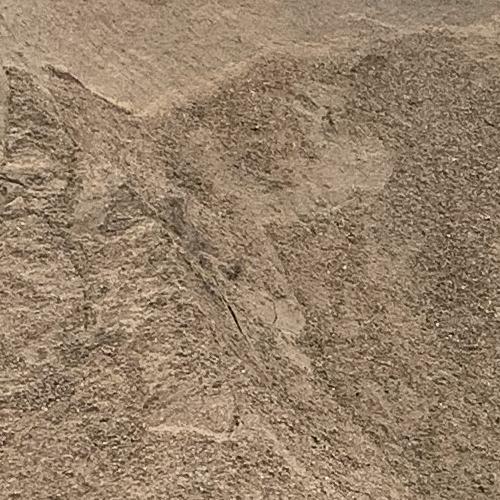
Spatial Consciousness
Locating Art and Artistic Performance
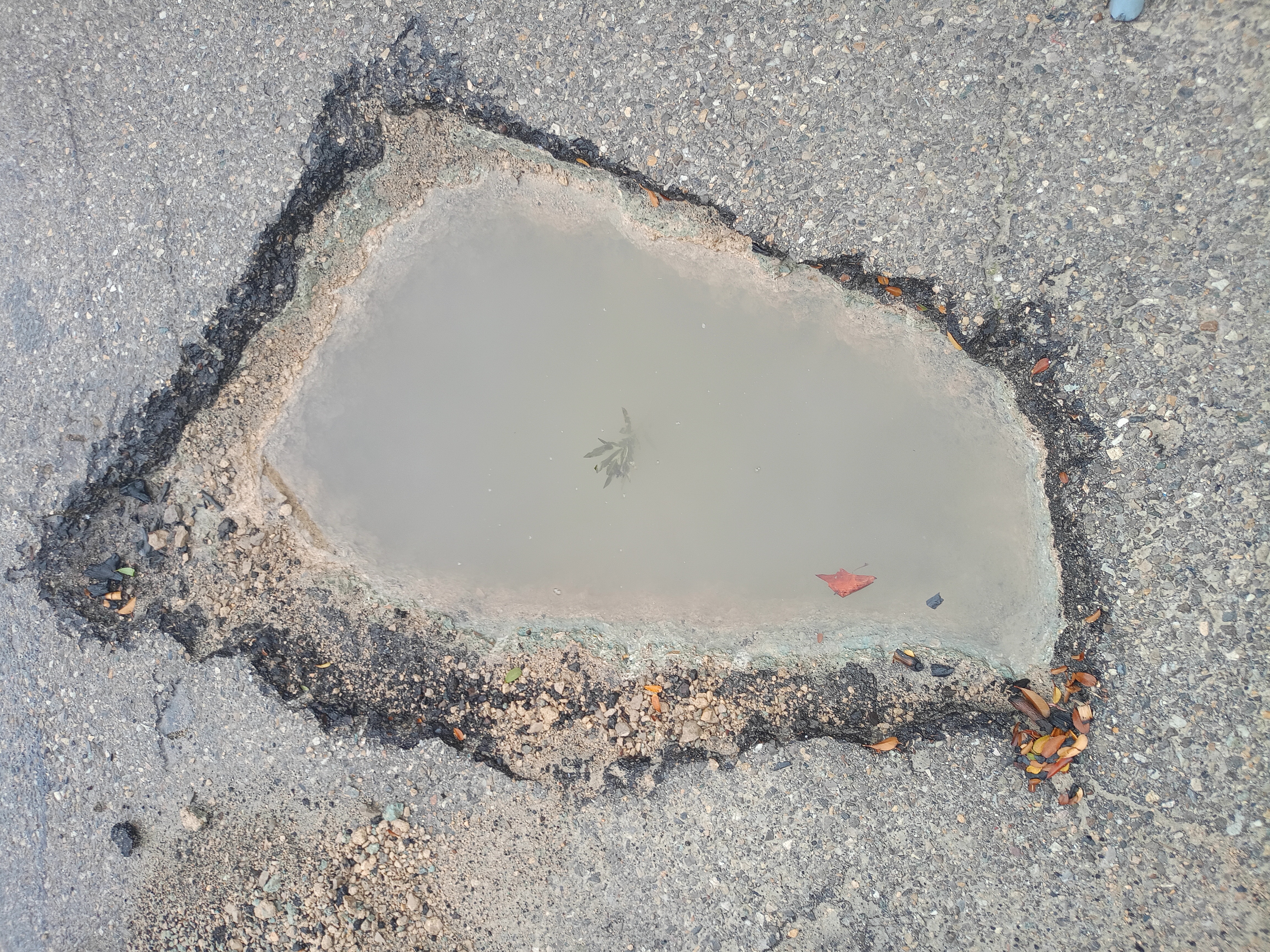
HOLE(S) and HILL(S) heal
(Trou(s) et Colline(s) guérissent)
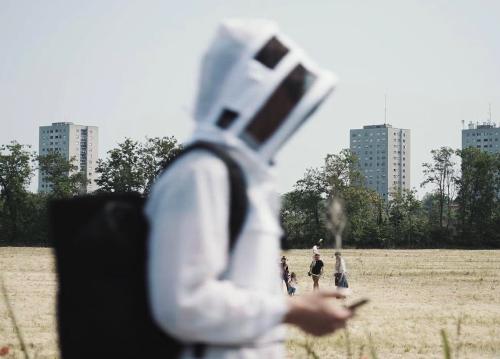
Silent Spring
A tale of urban re-pollination
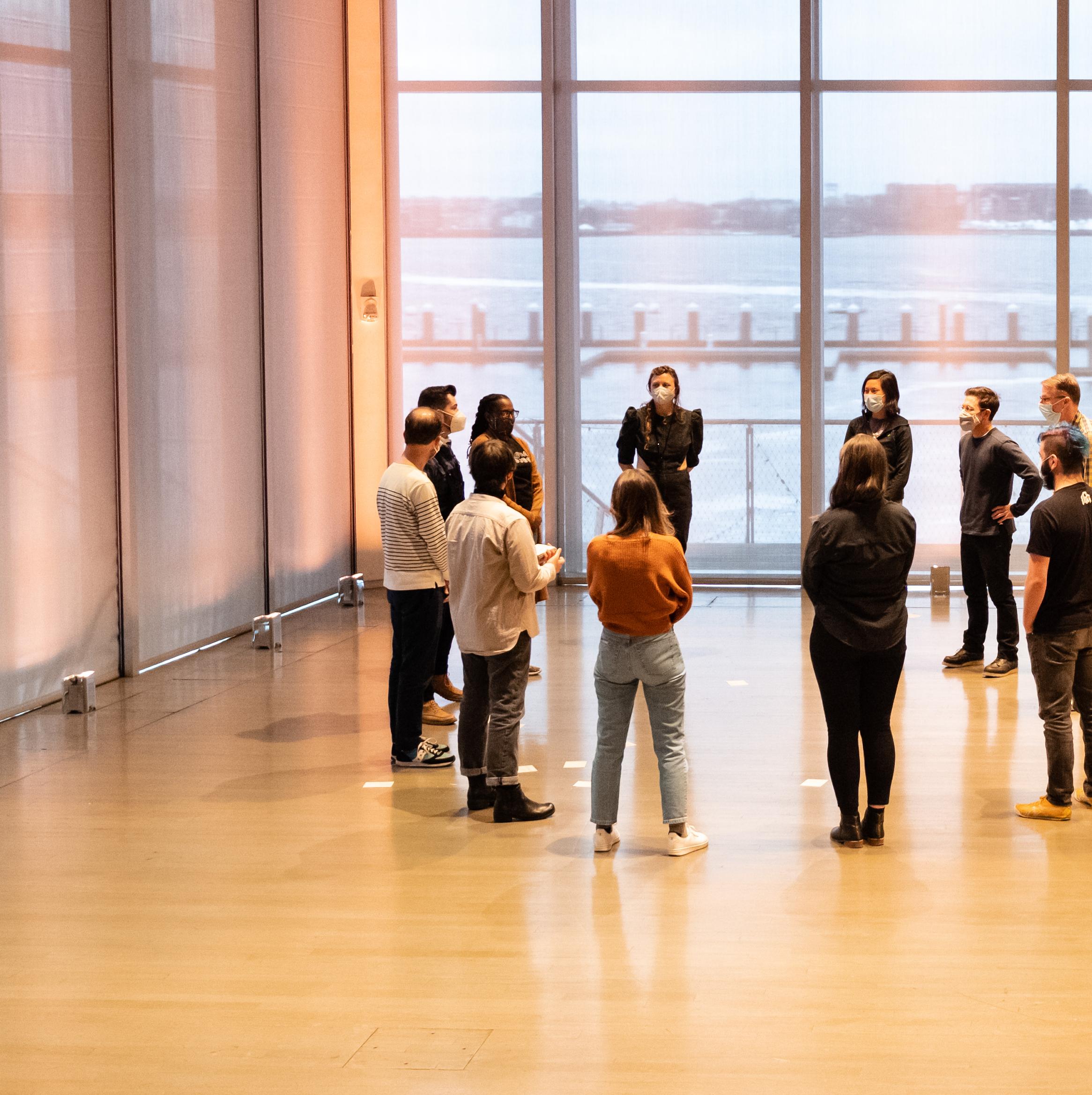
An Assembly: in conversation with 600 HIGHWAYMEN
Marc el Samrani interviews Michael Silverstone and Abigail Browde on their iconic project
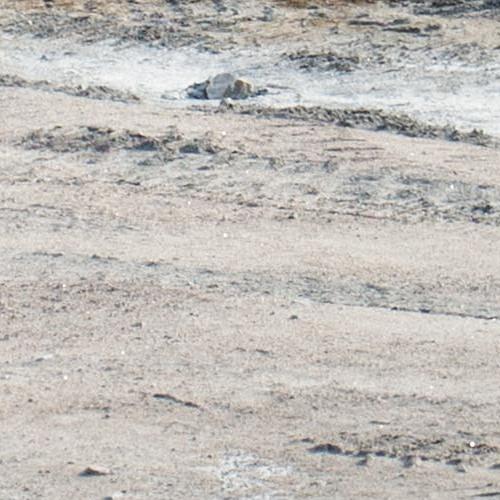
HEAVY KINSHIP - research residencies within the IN SITU network — Part 1
First part of the series throughout IN SITU by Nana Francisca Schottländer
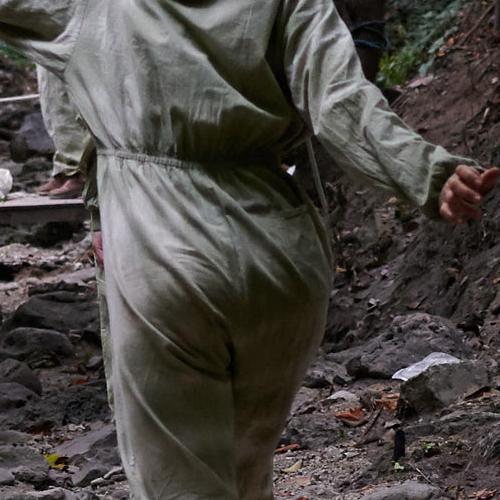
HEAVY KINSHIP - research residencies within the IN SITU network — Part 2
Second part of the series throughout IN SITU by Nana Francisca Schottländer
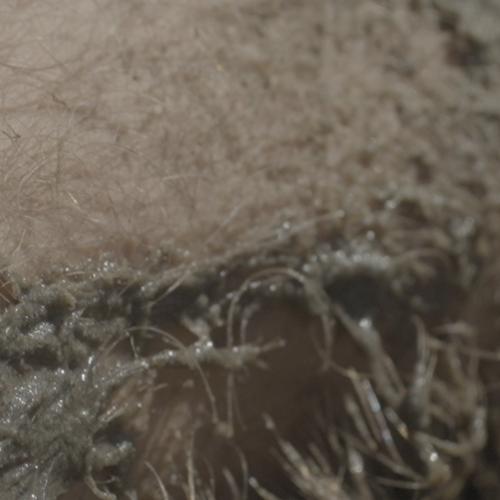
HEAVY KINSHIP - research residencies within the IN SITU network — Part 3
Last part of the series throughout IN SITU by Nana Francisca Schottländer